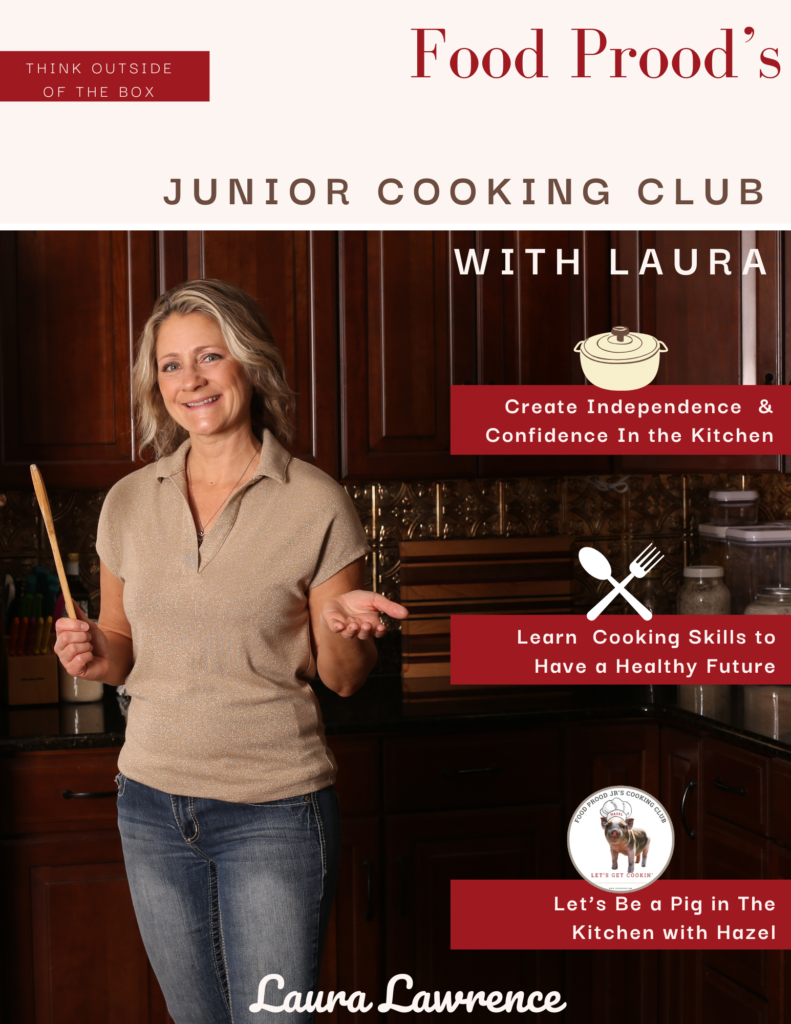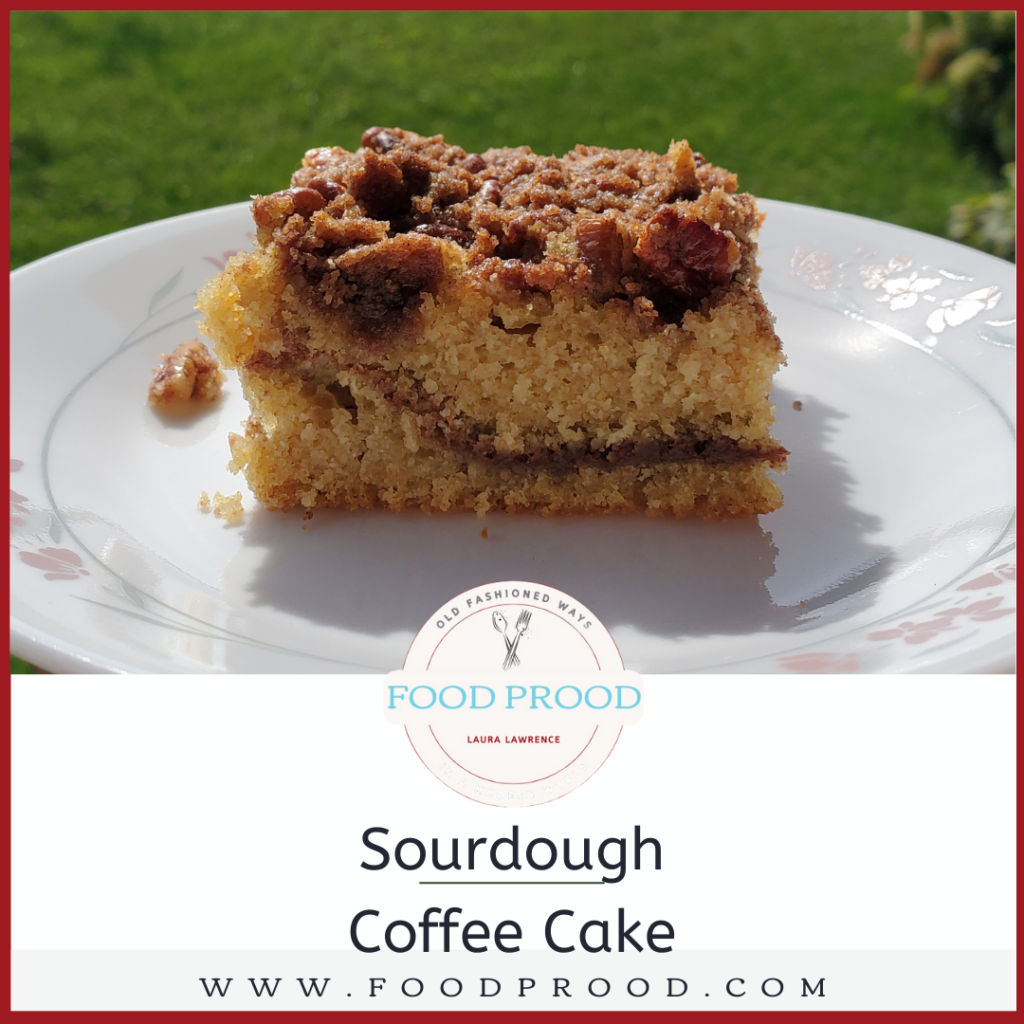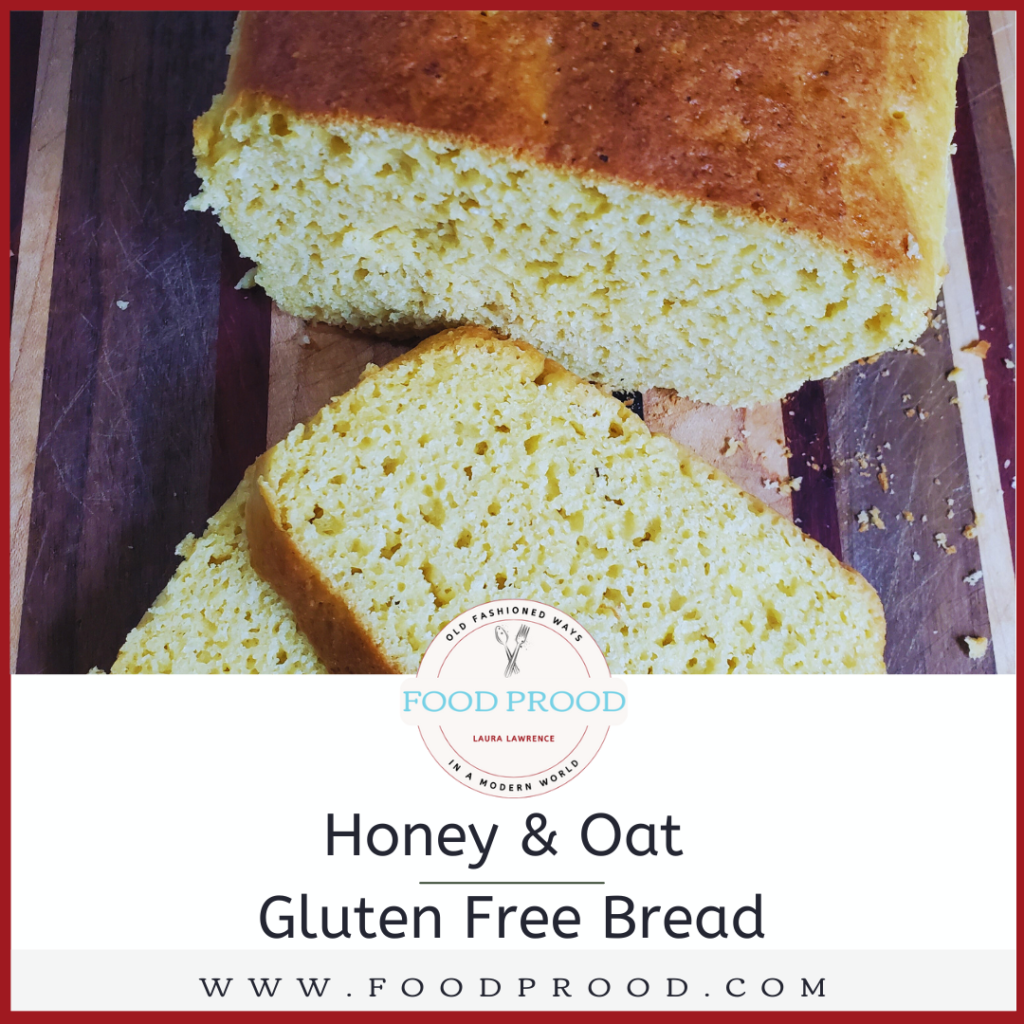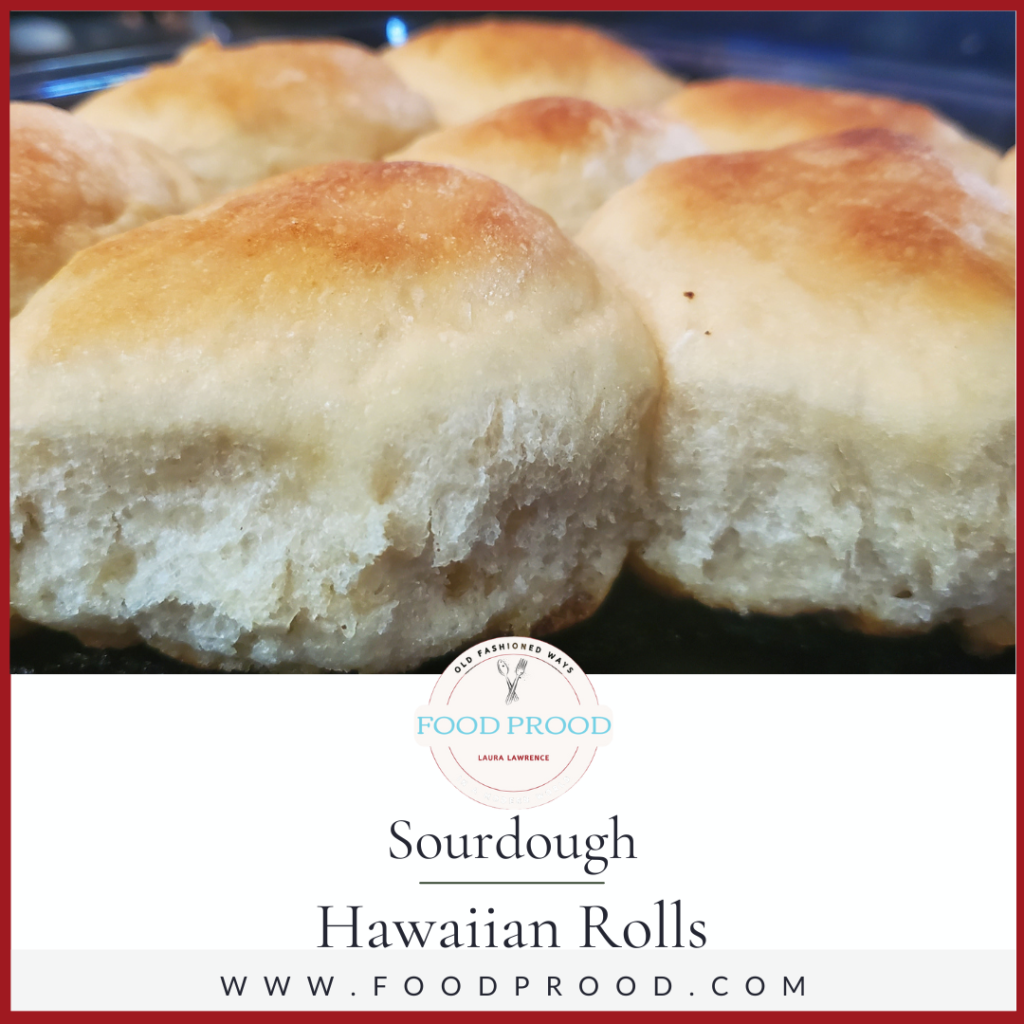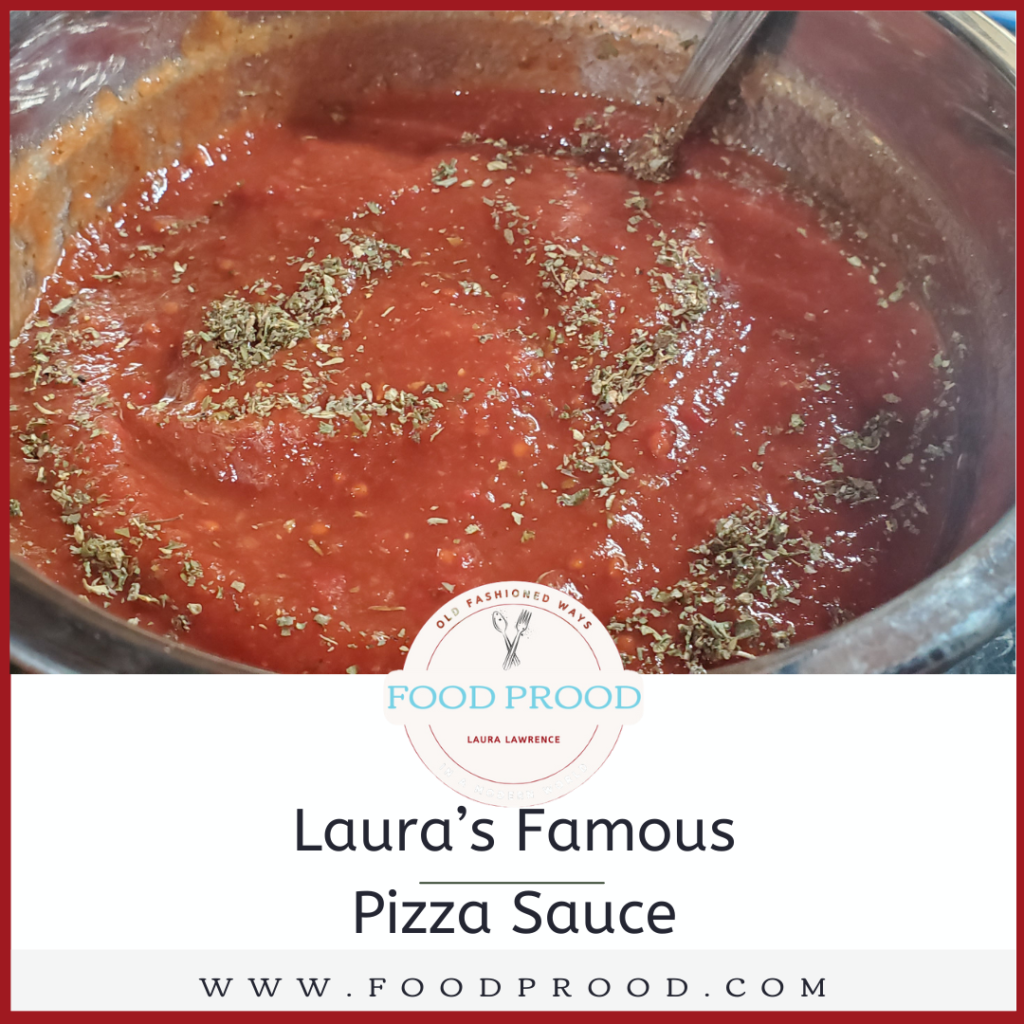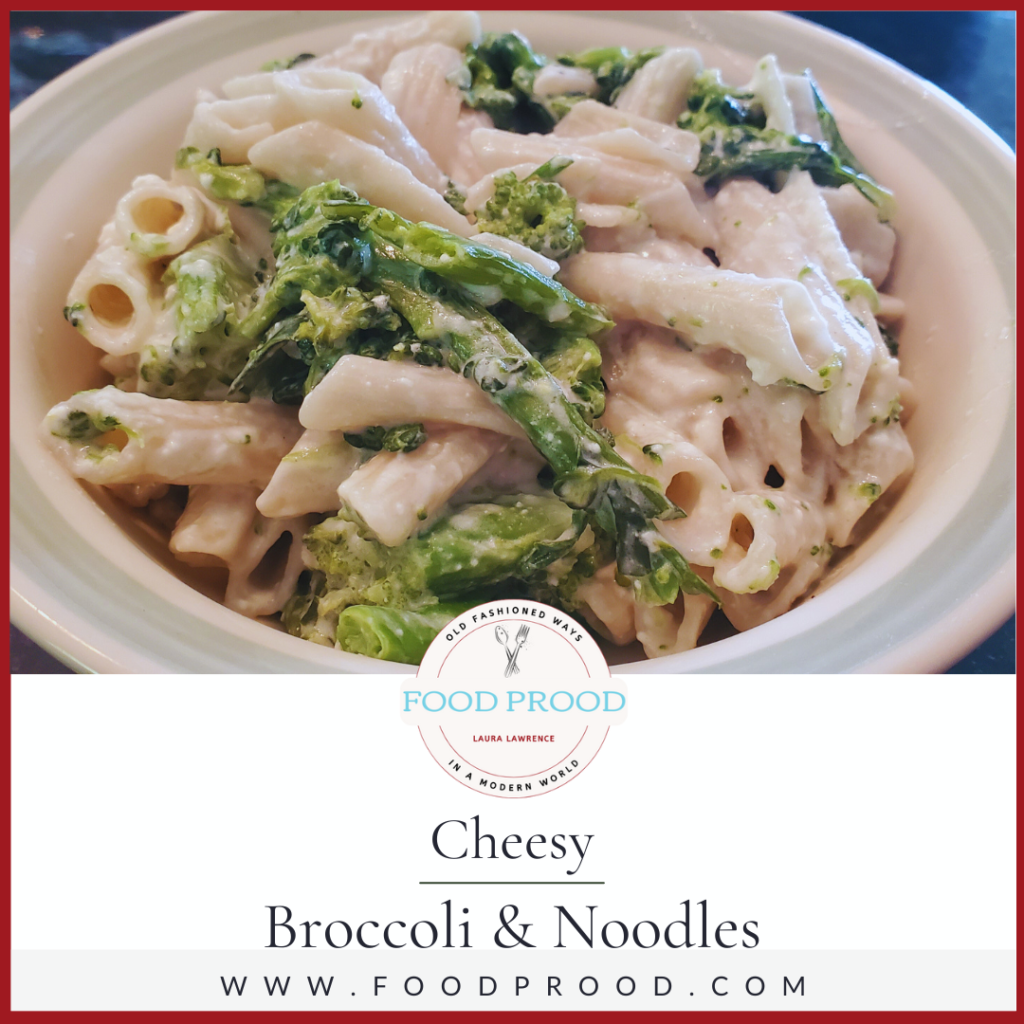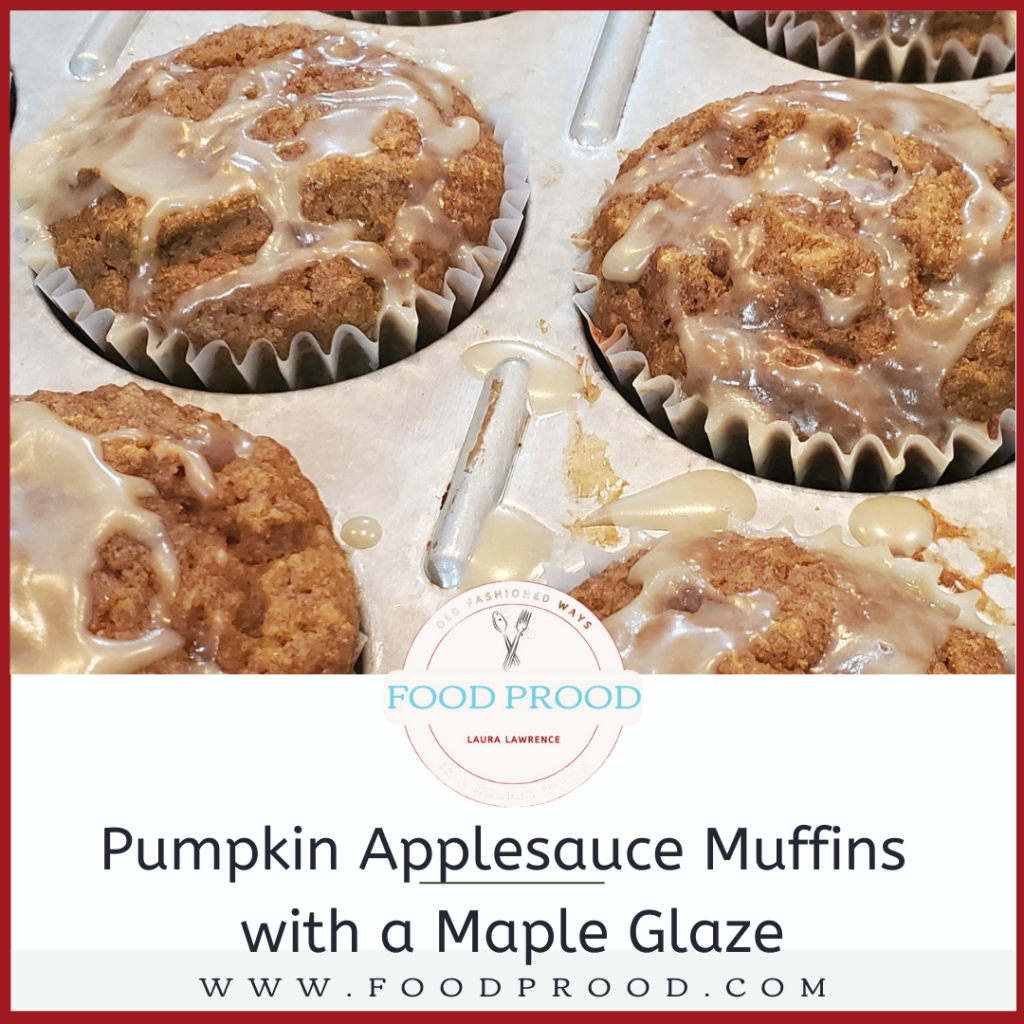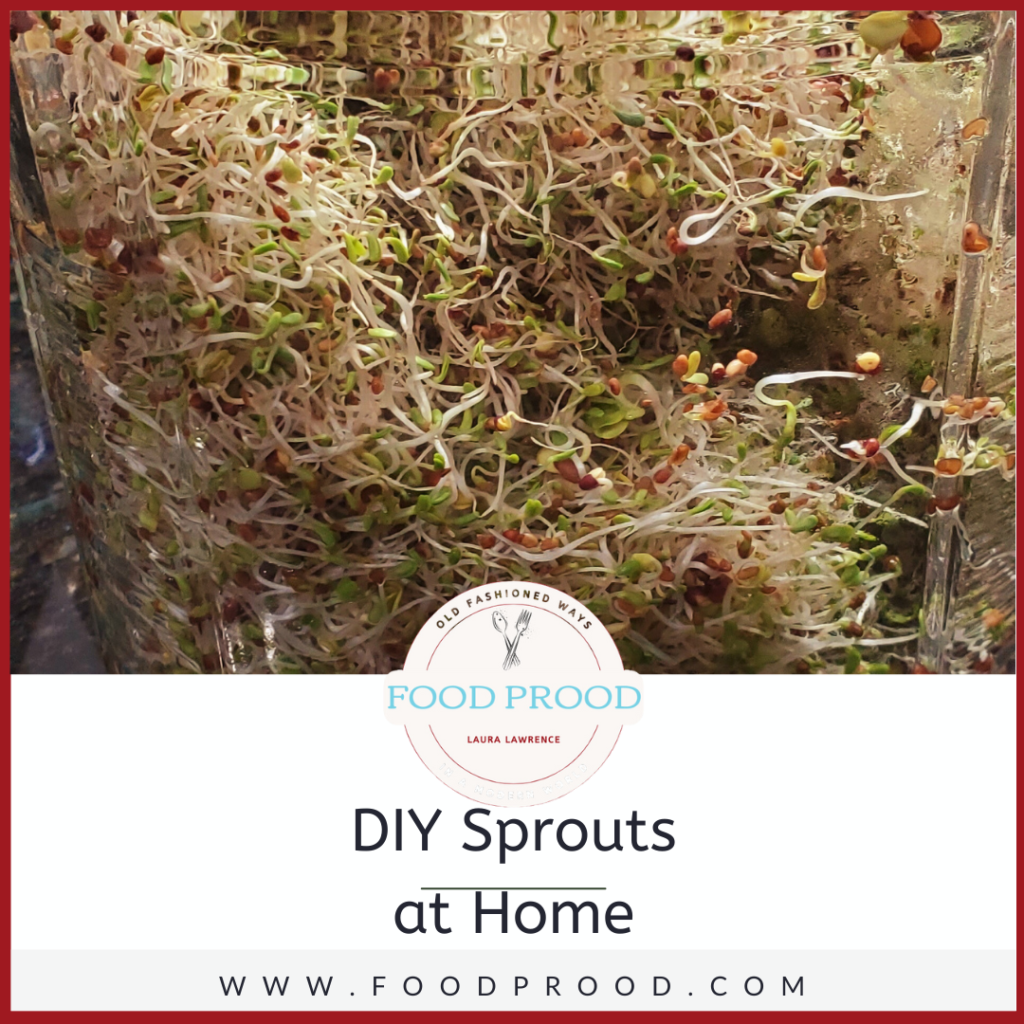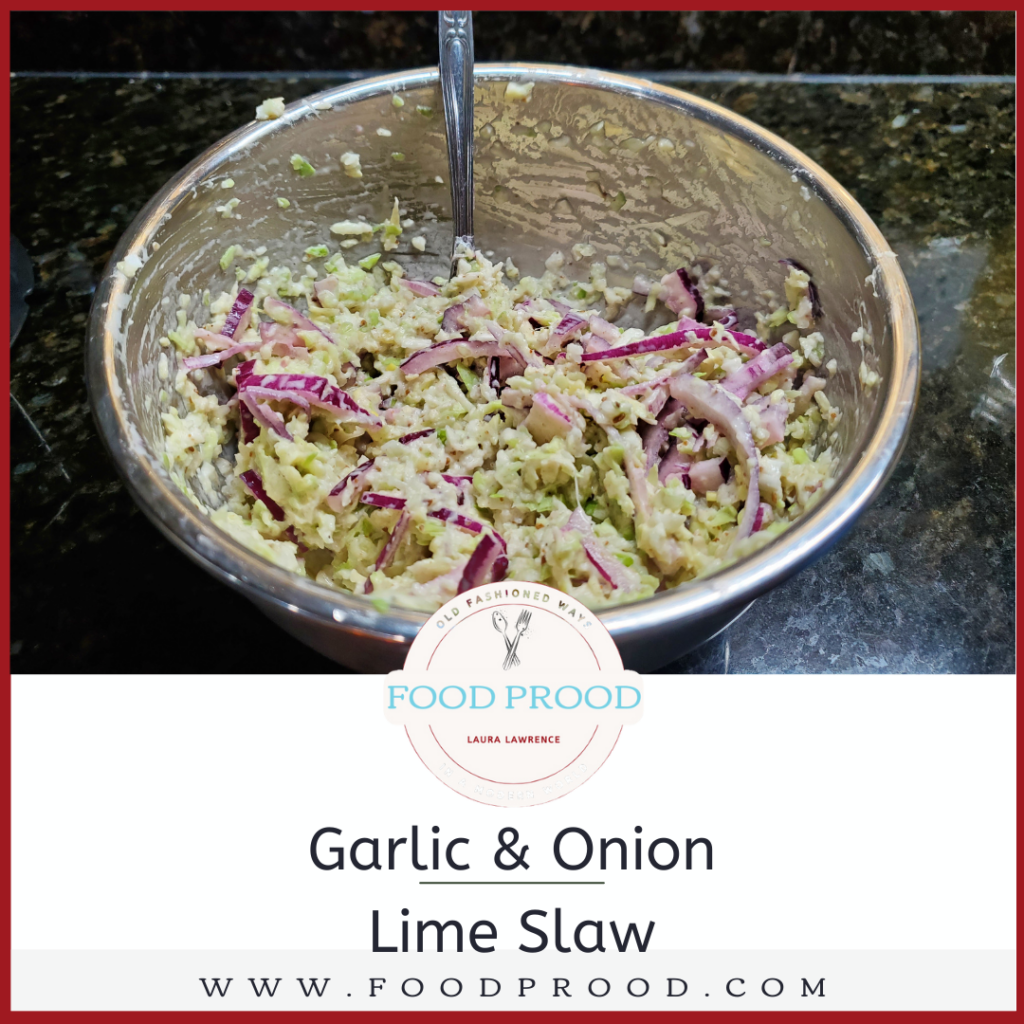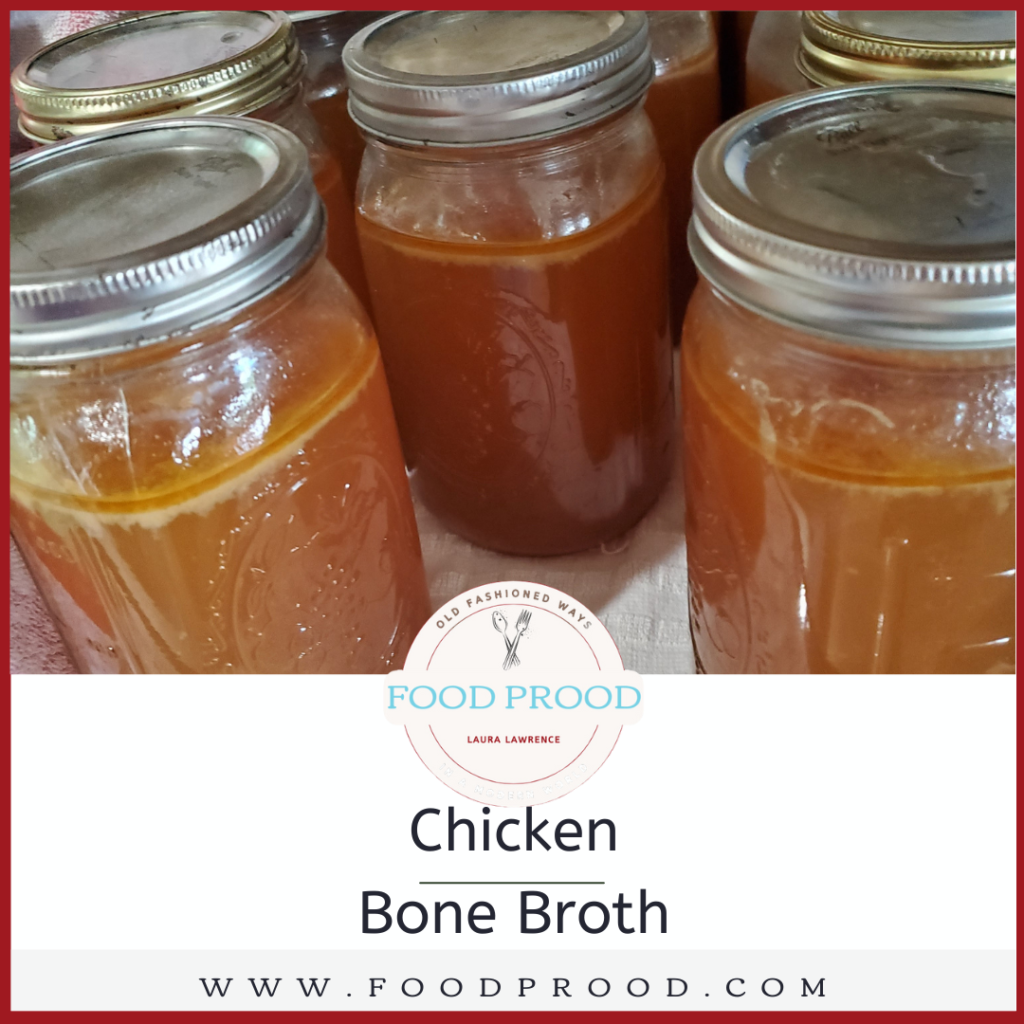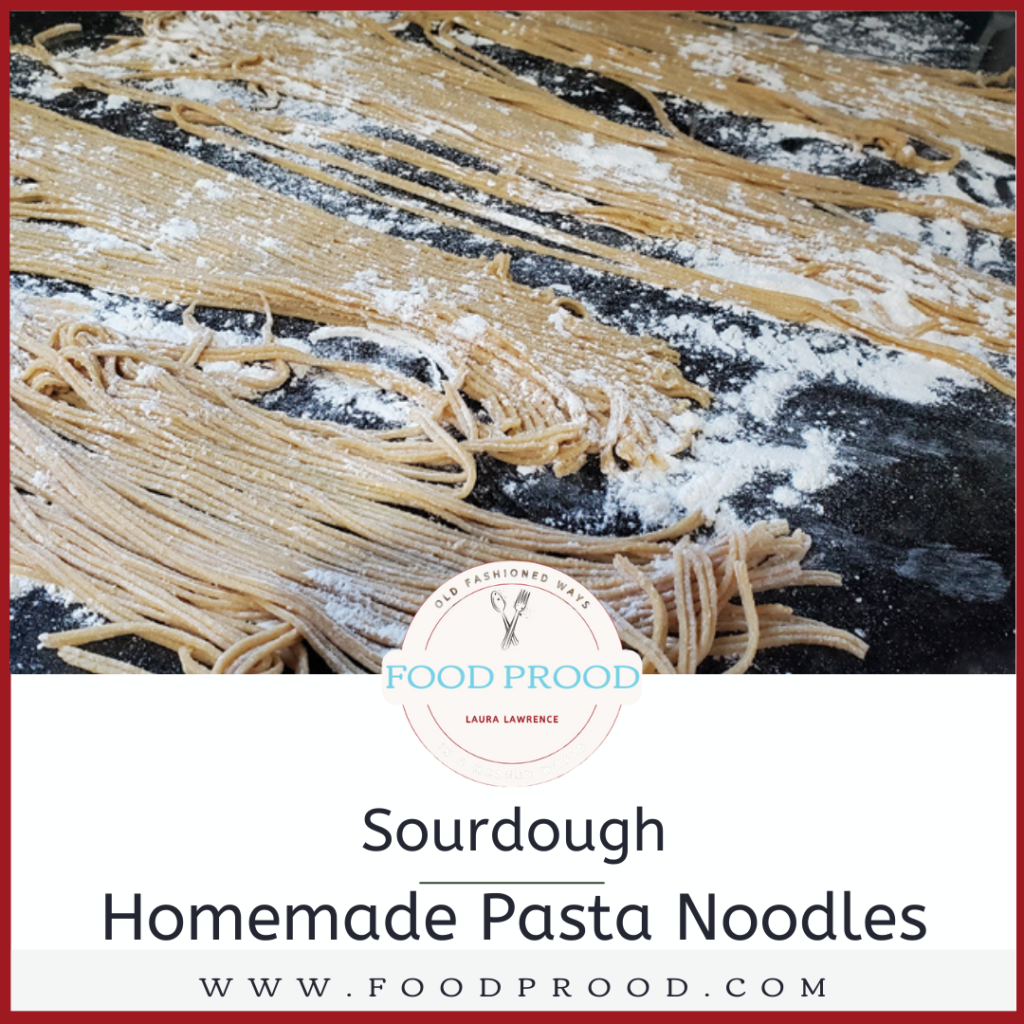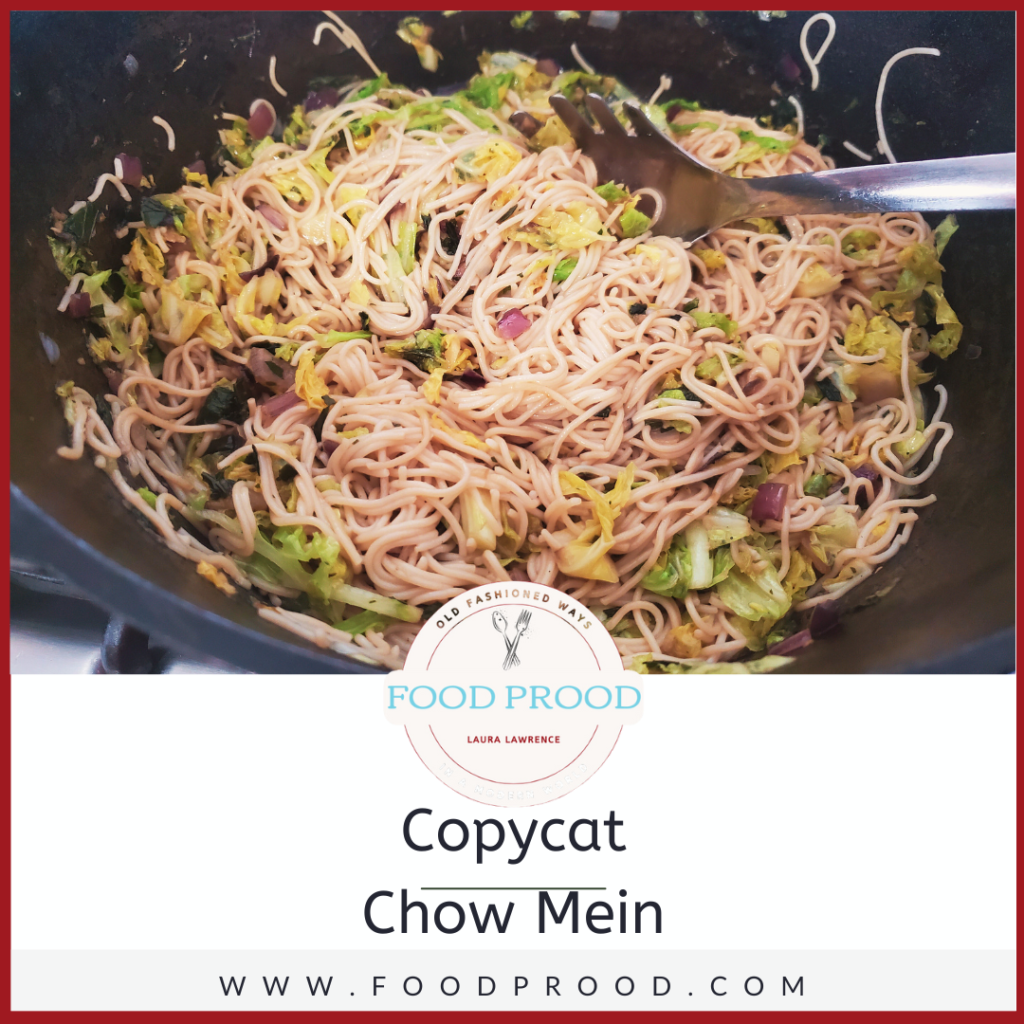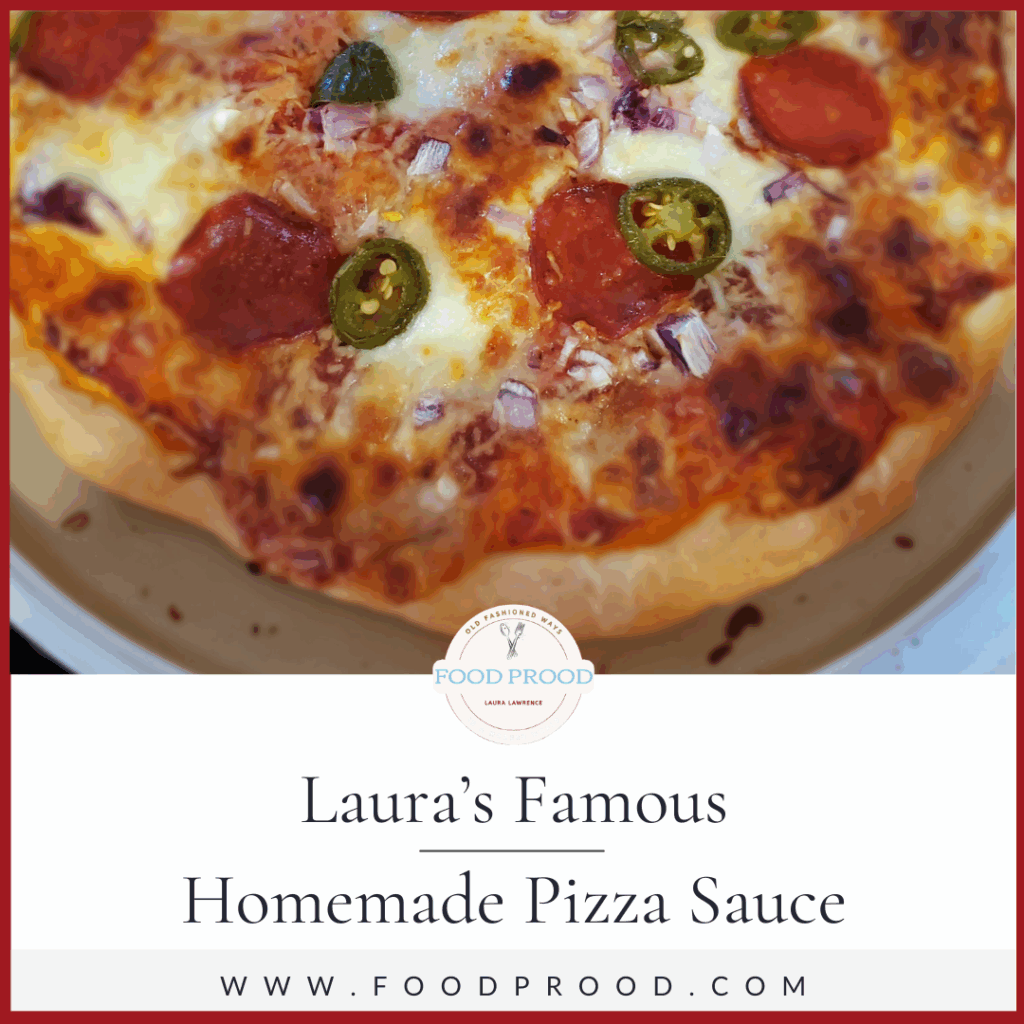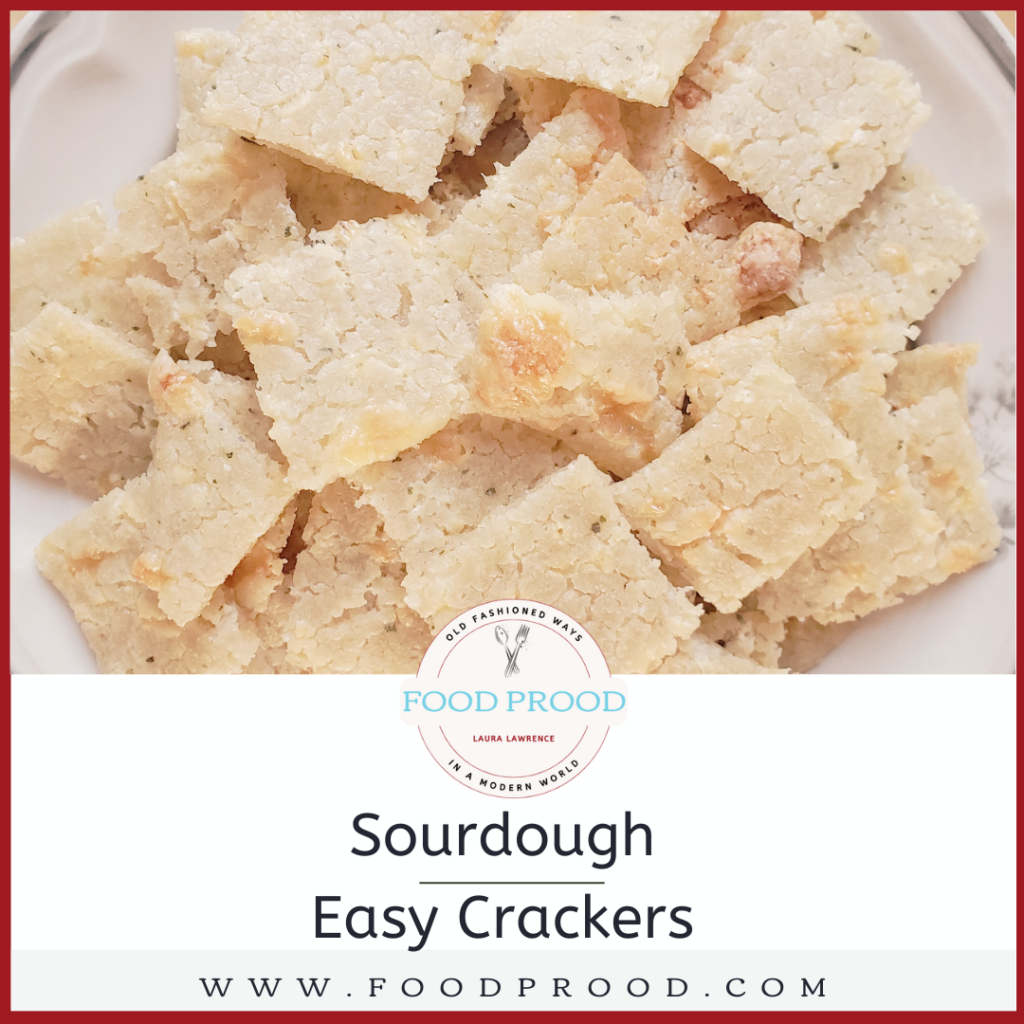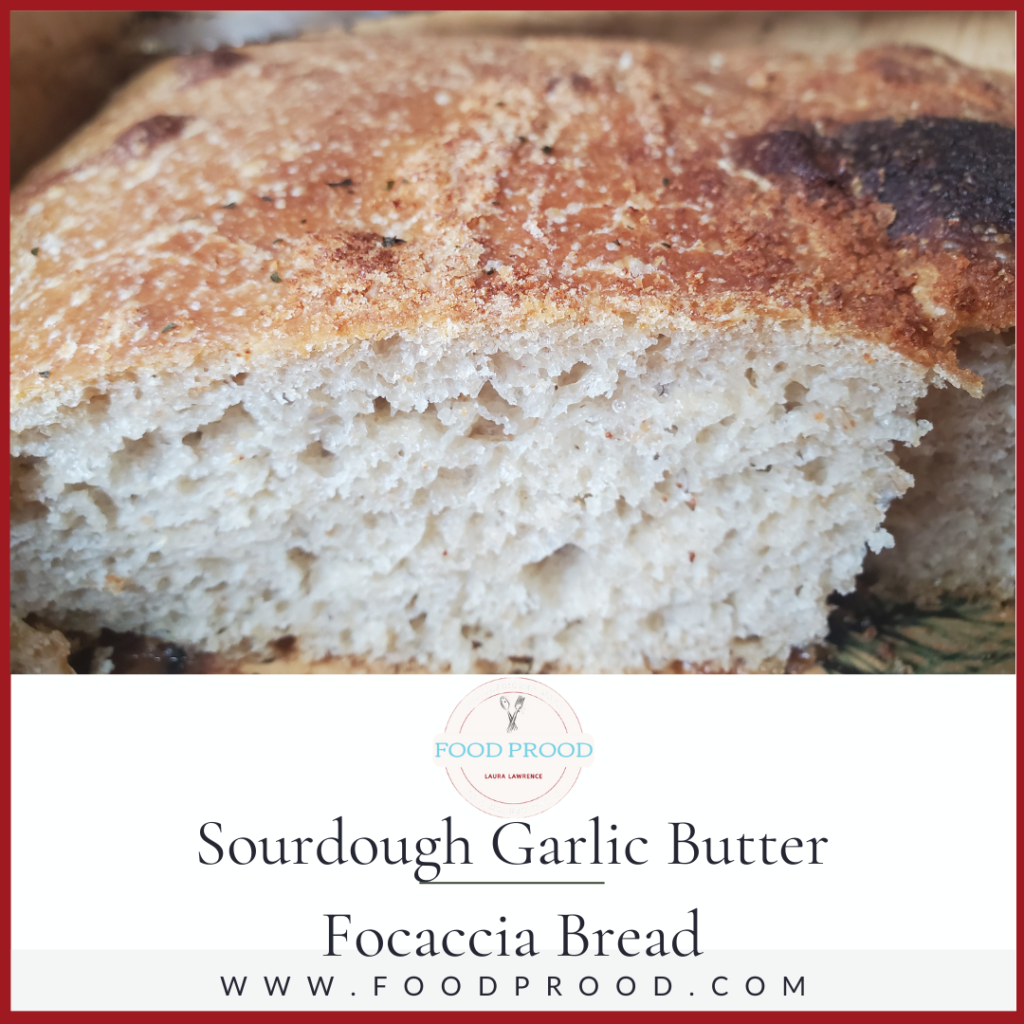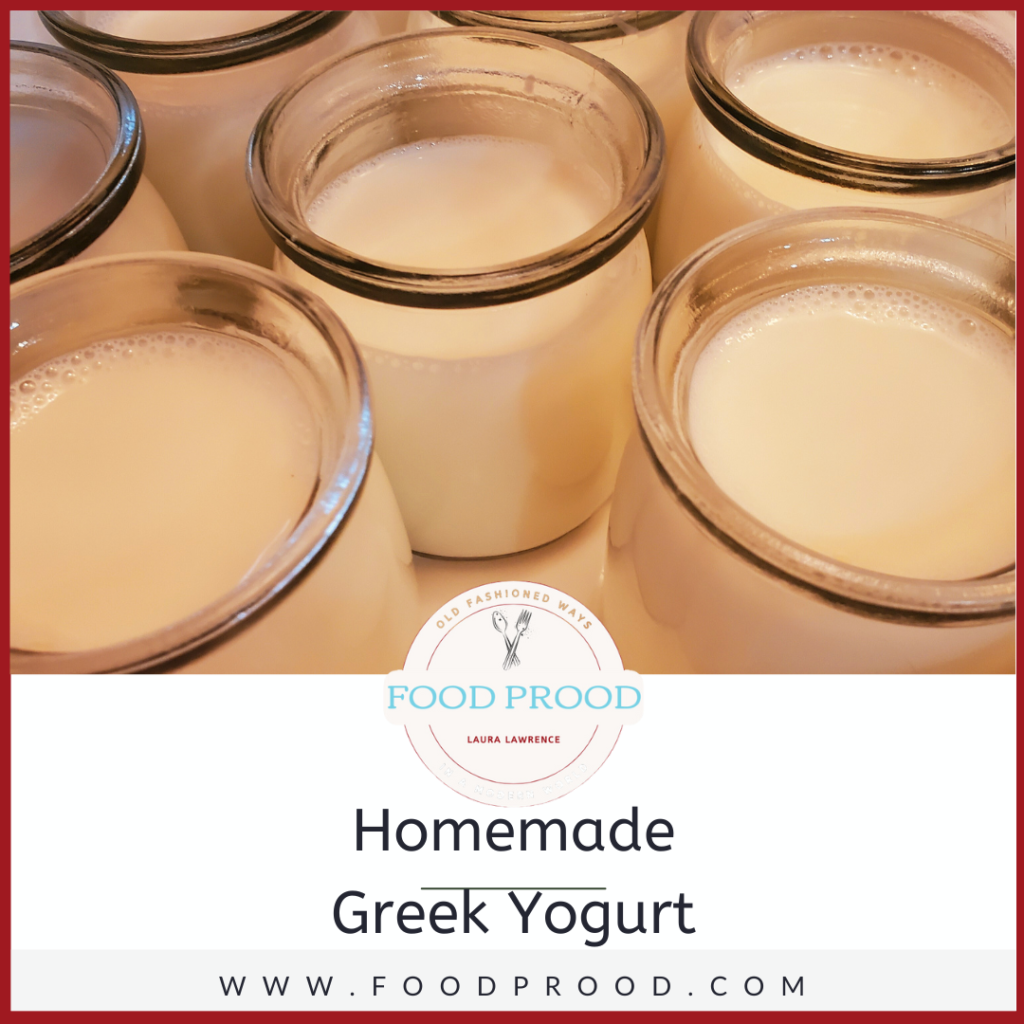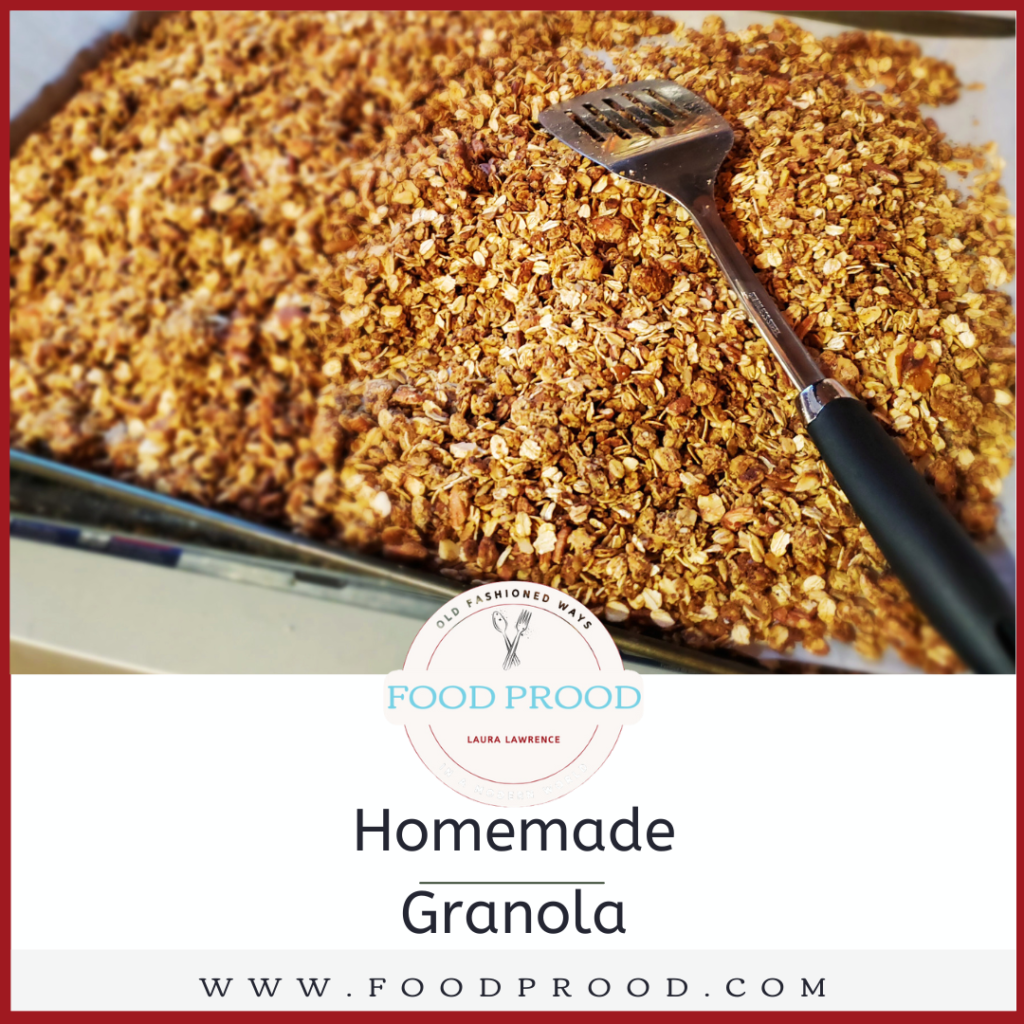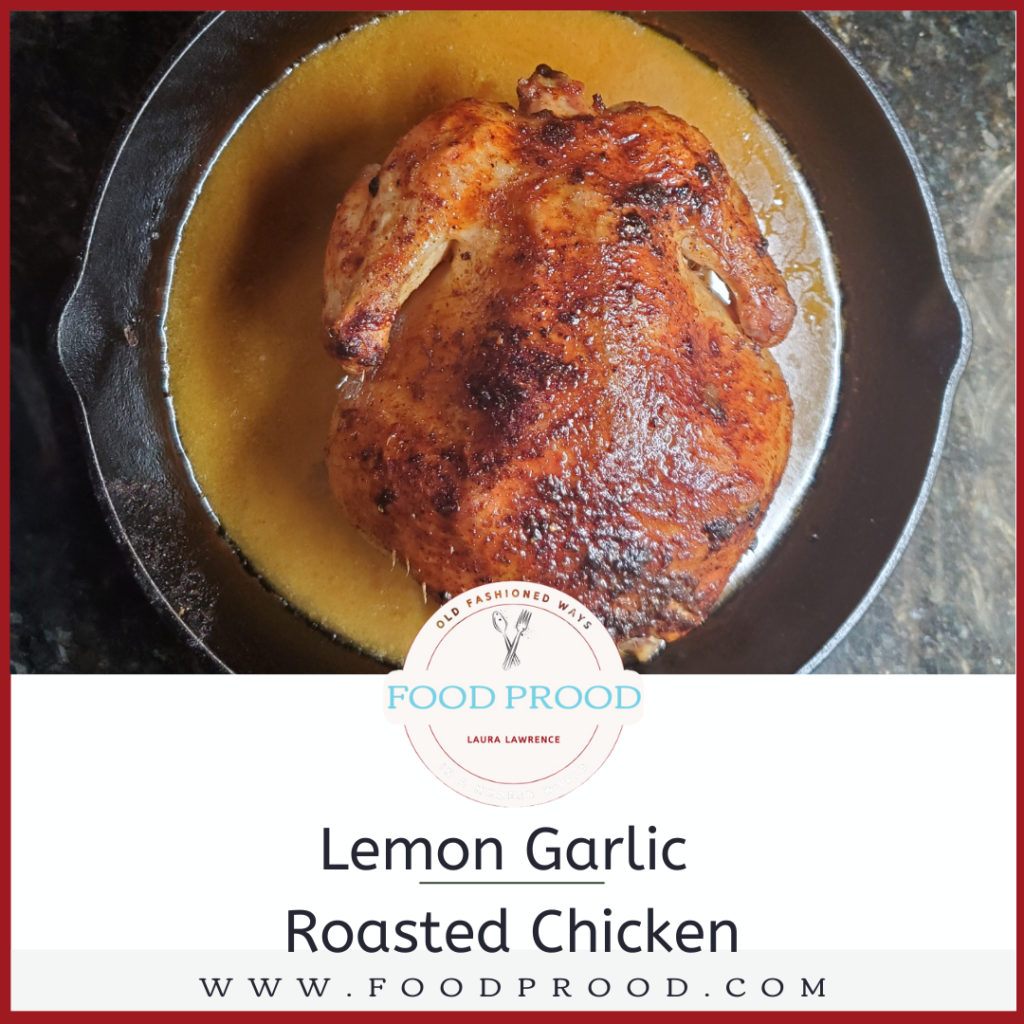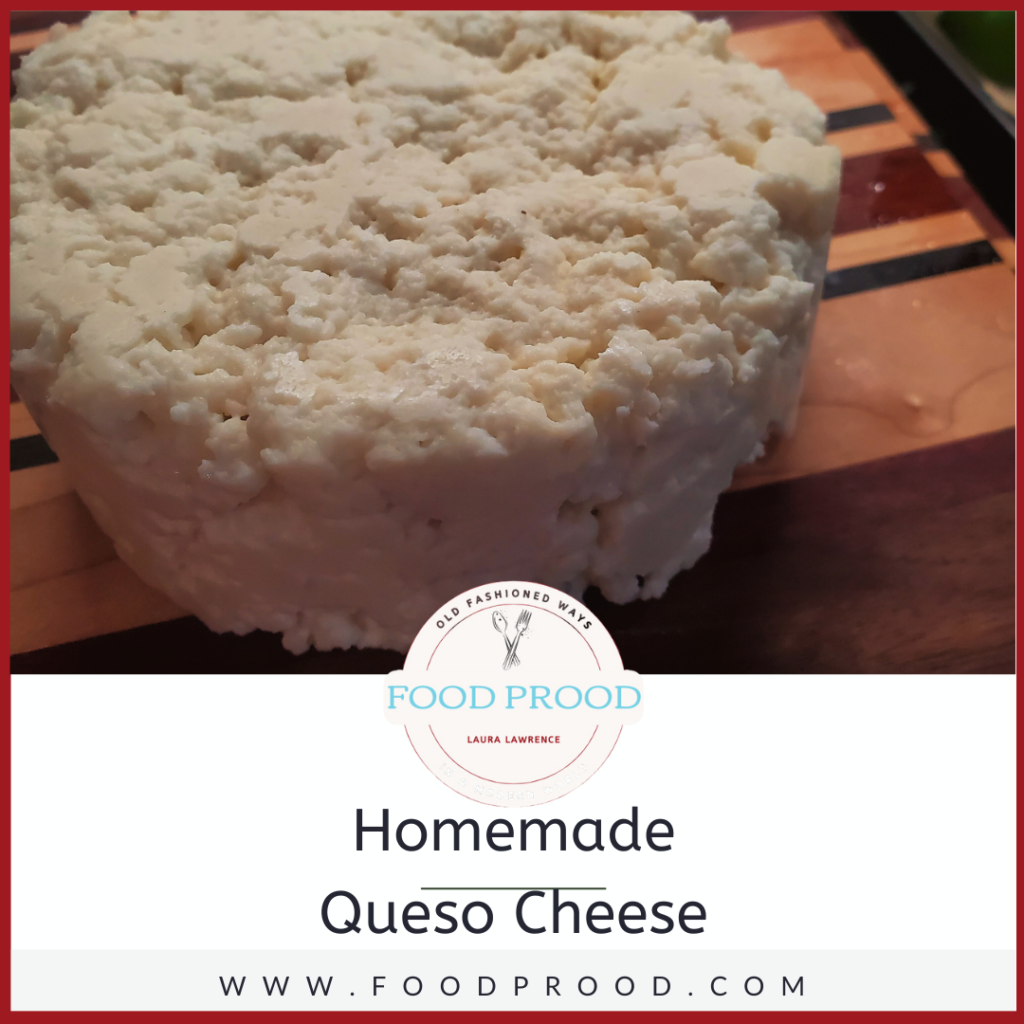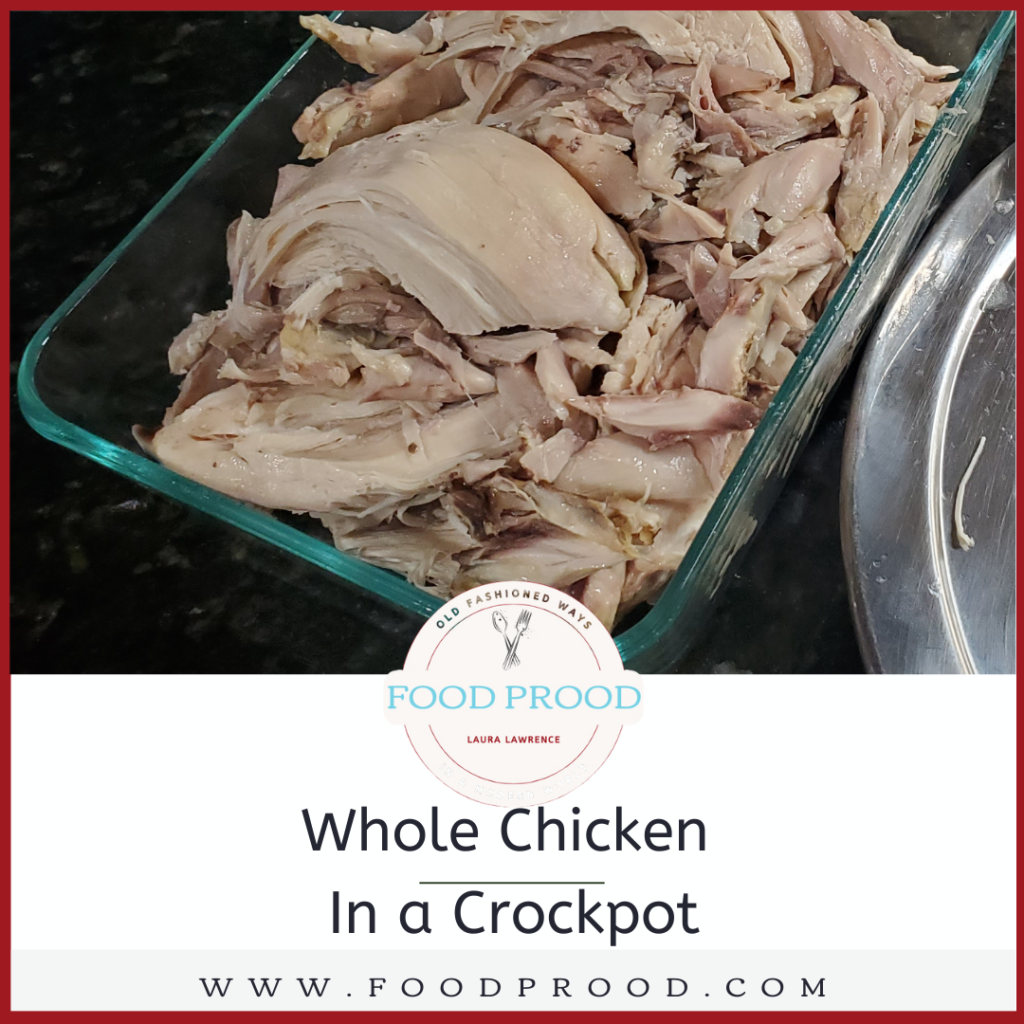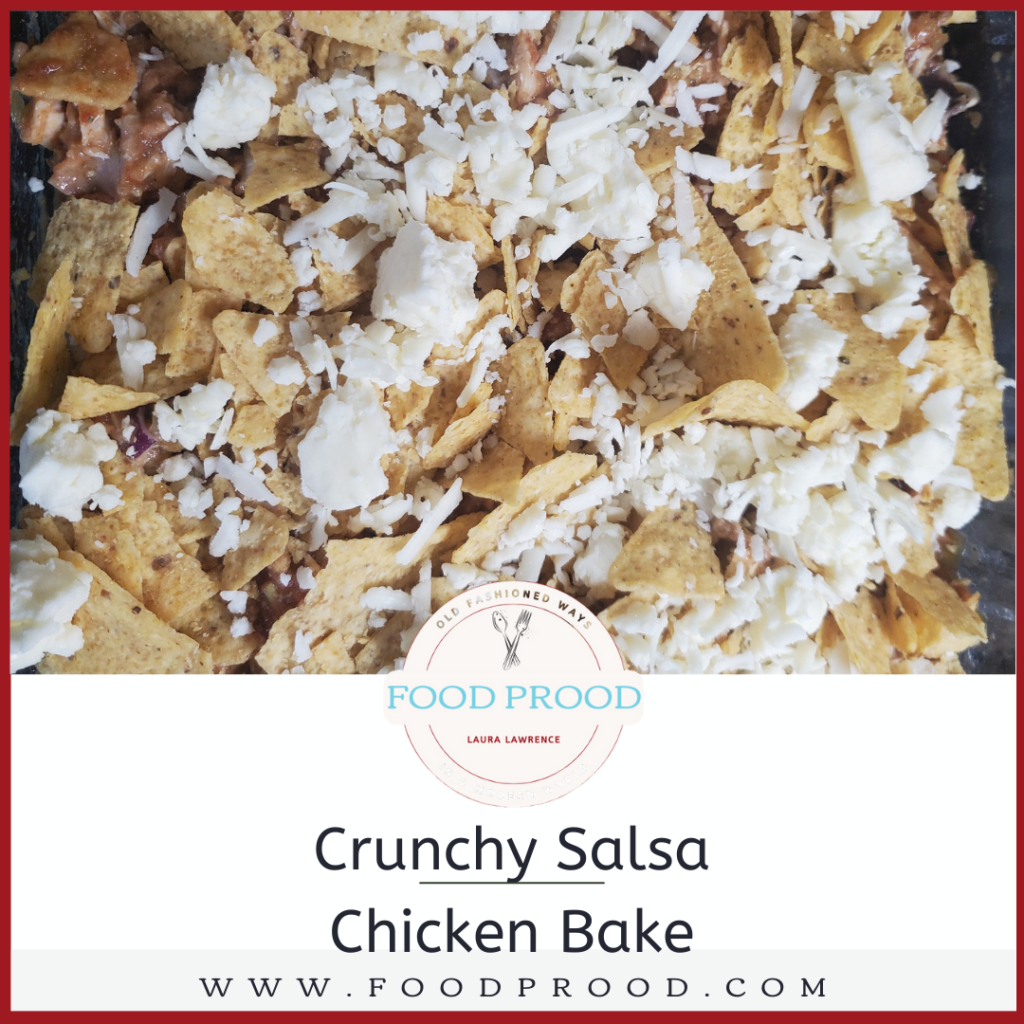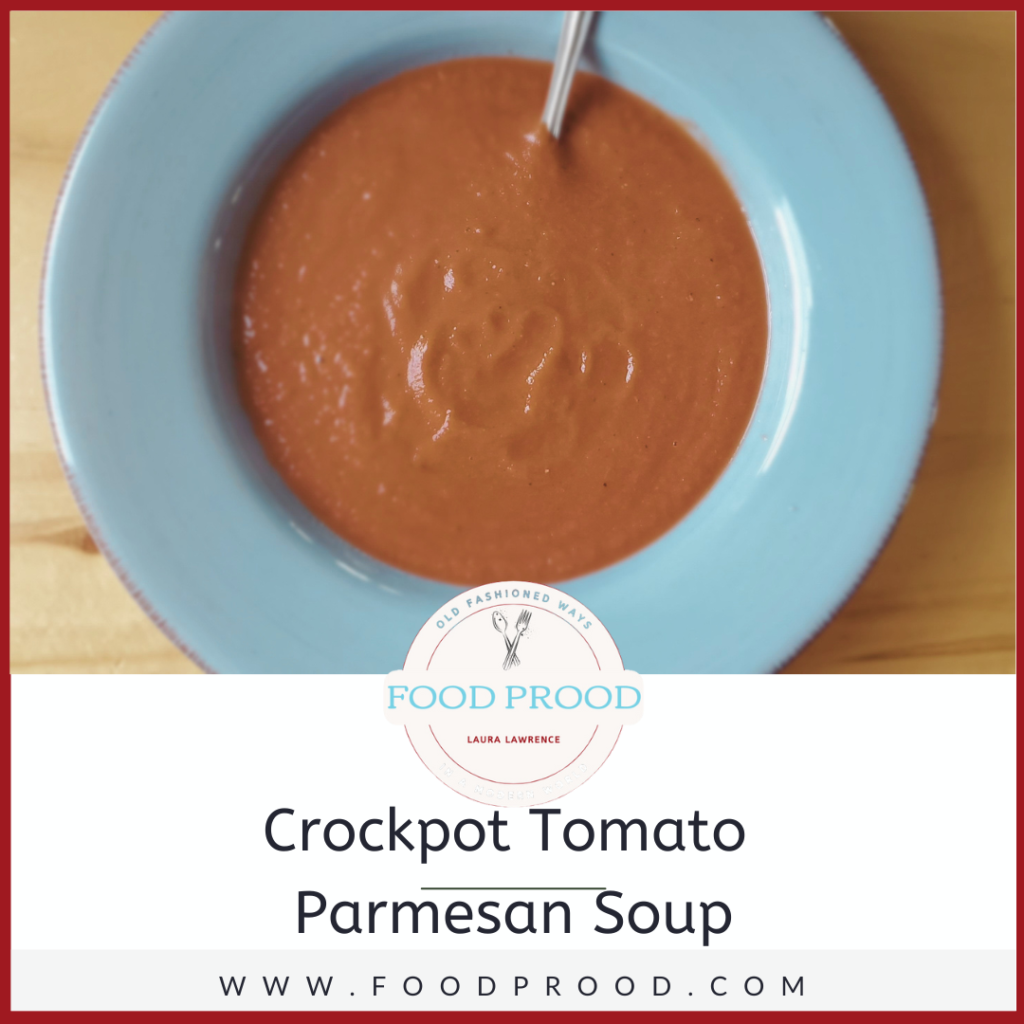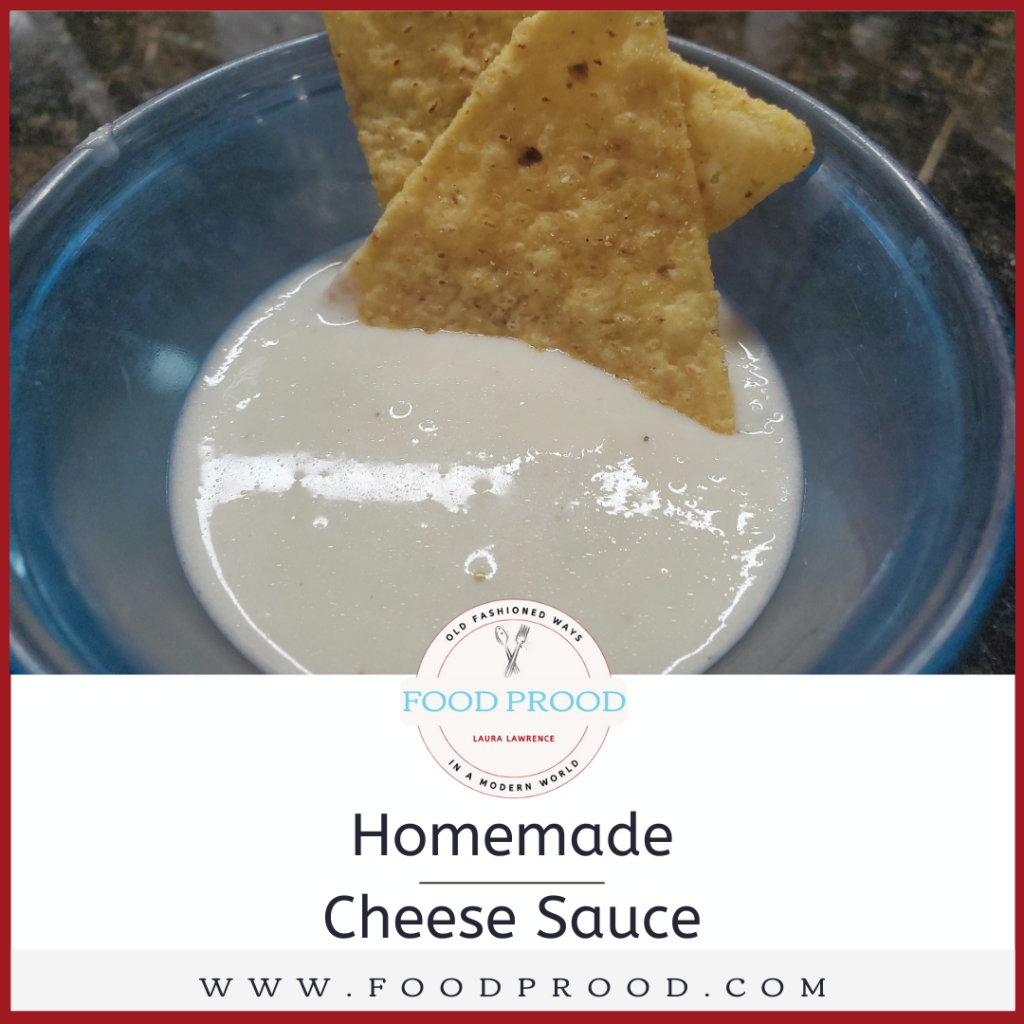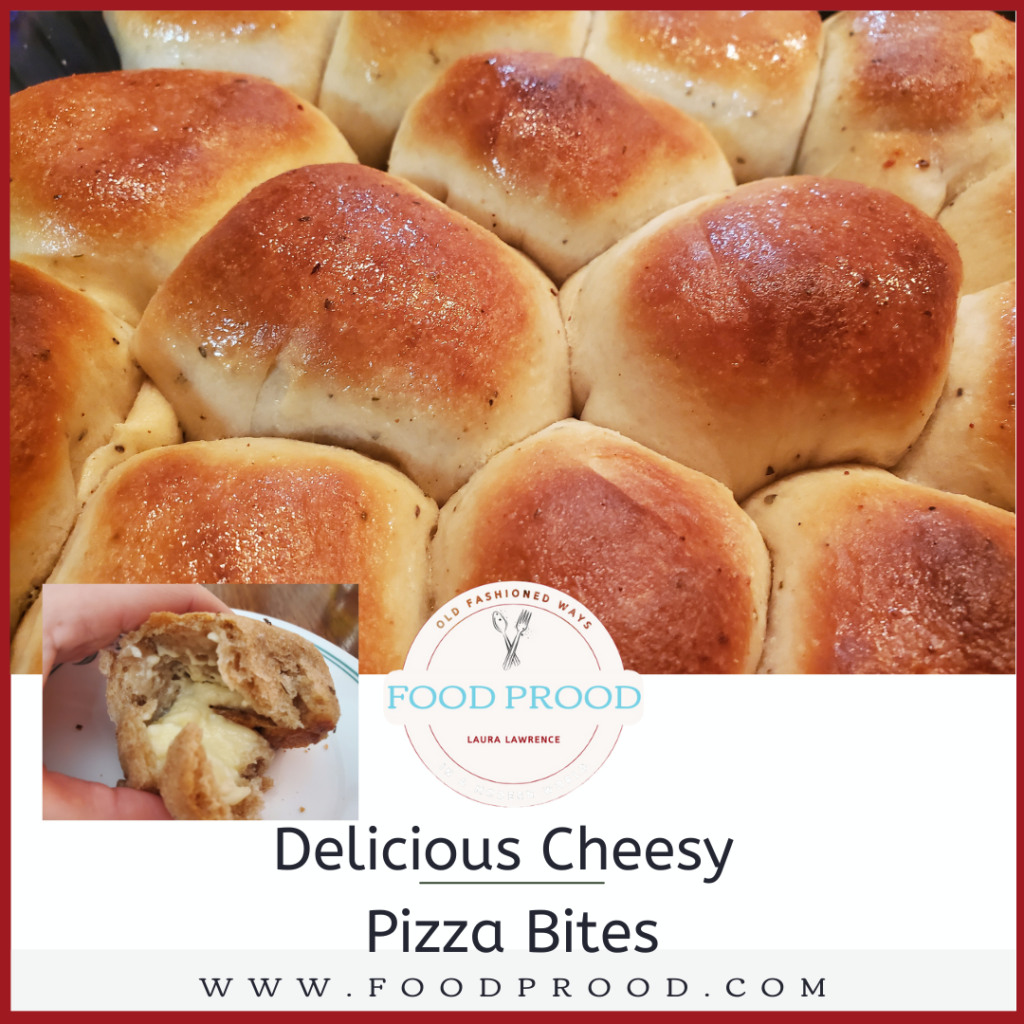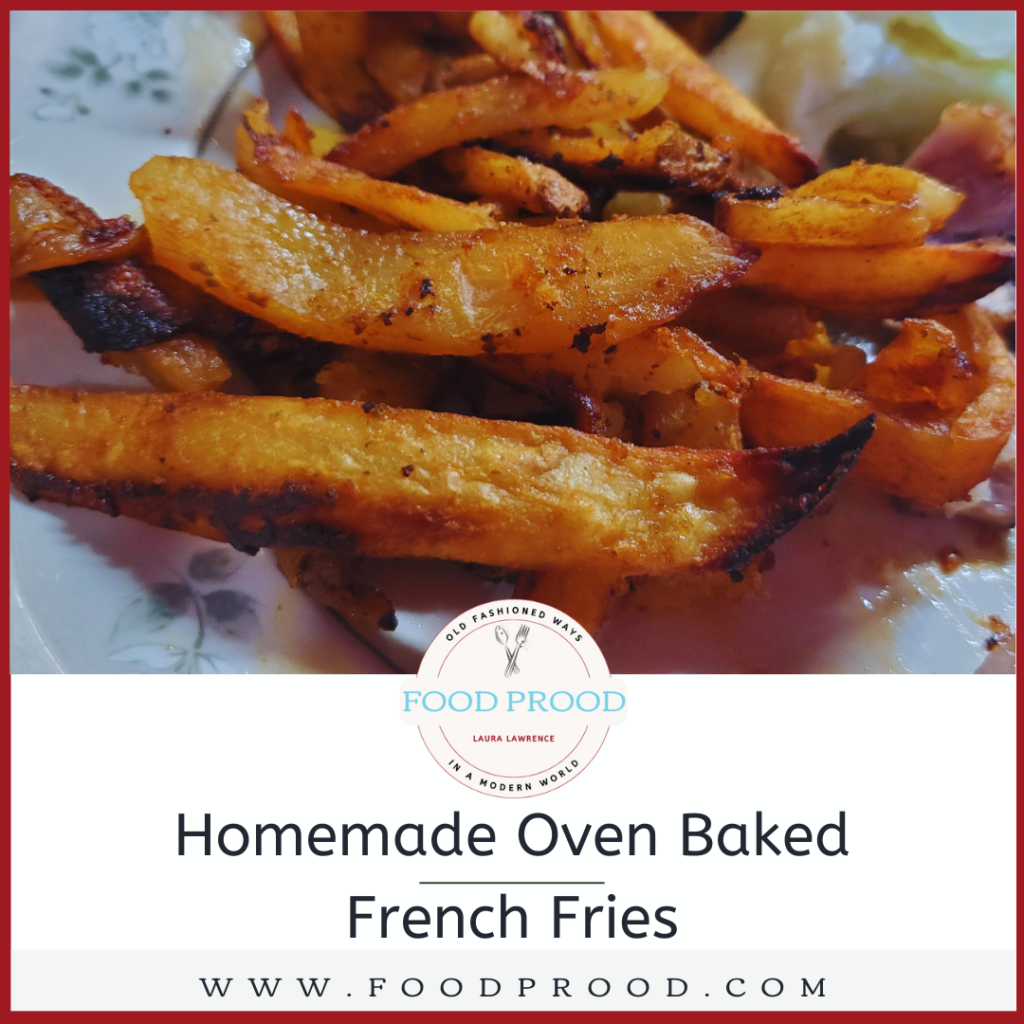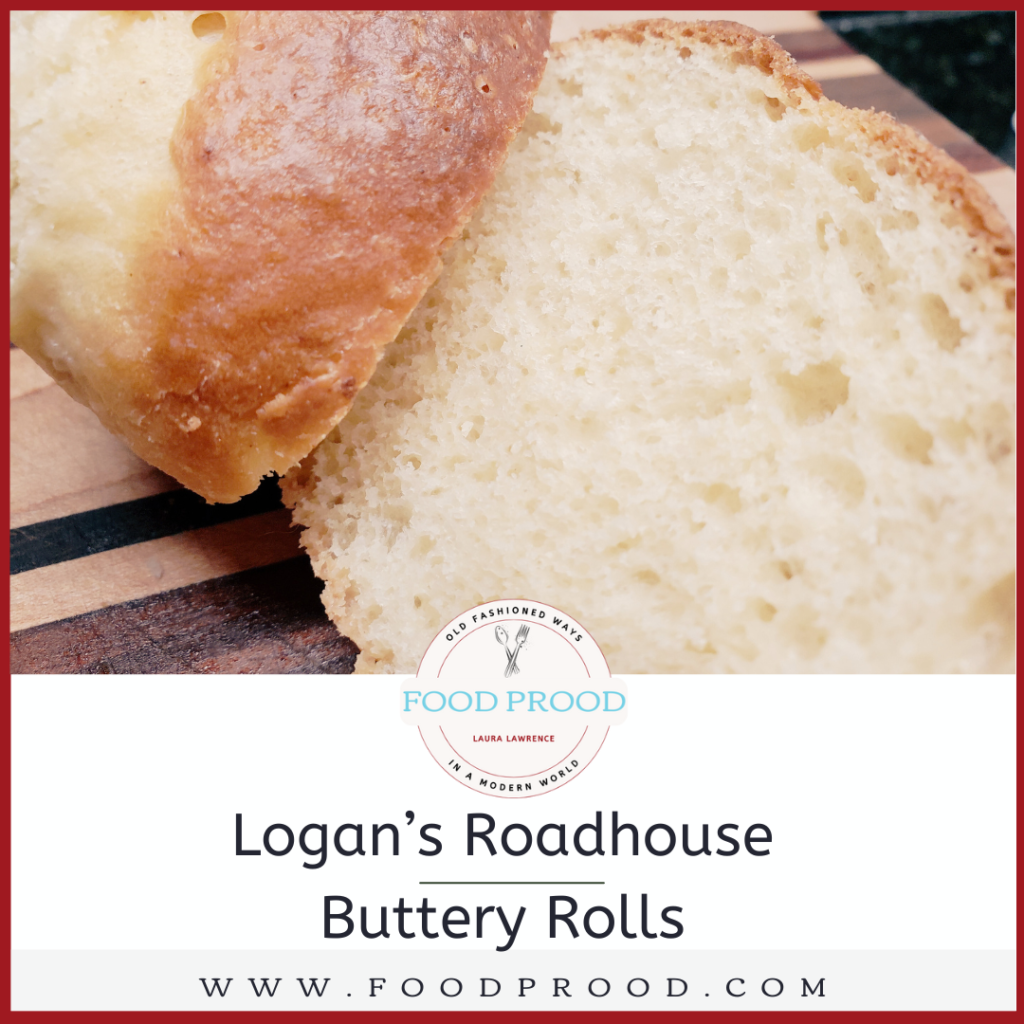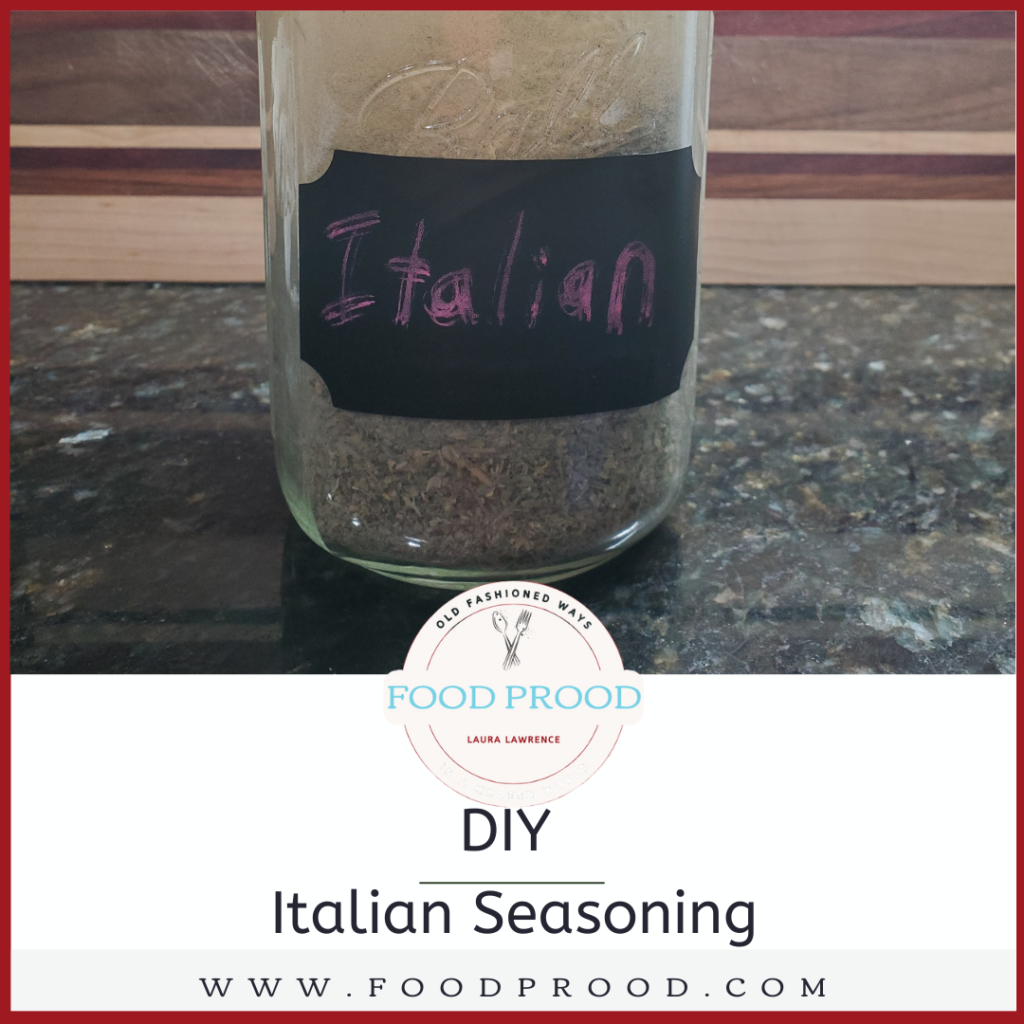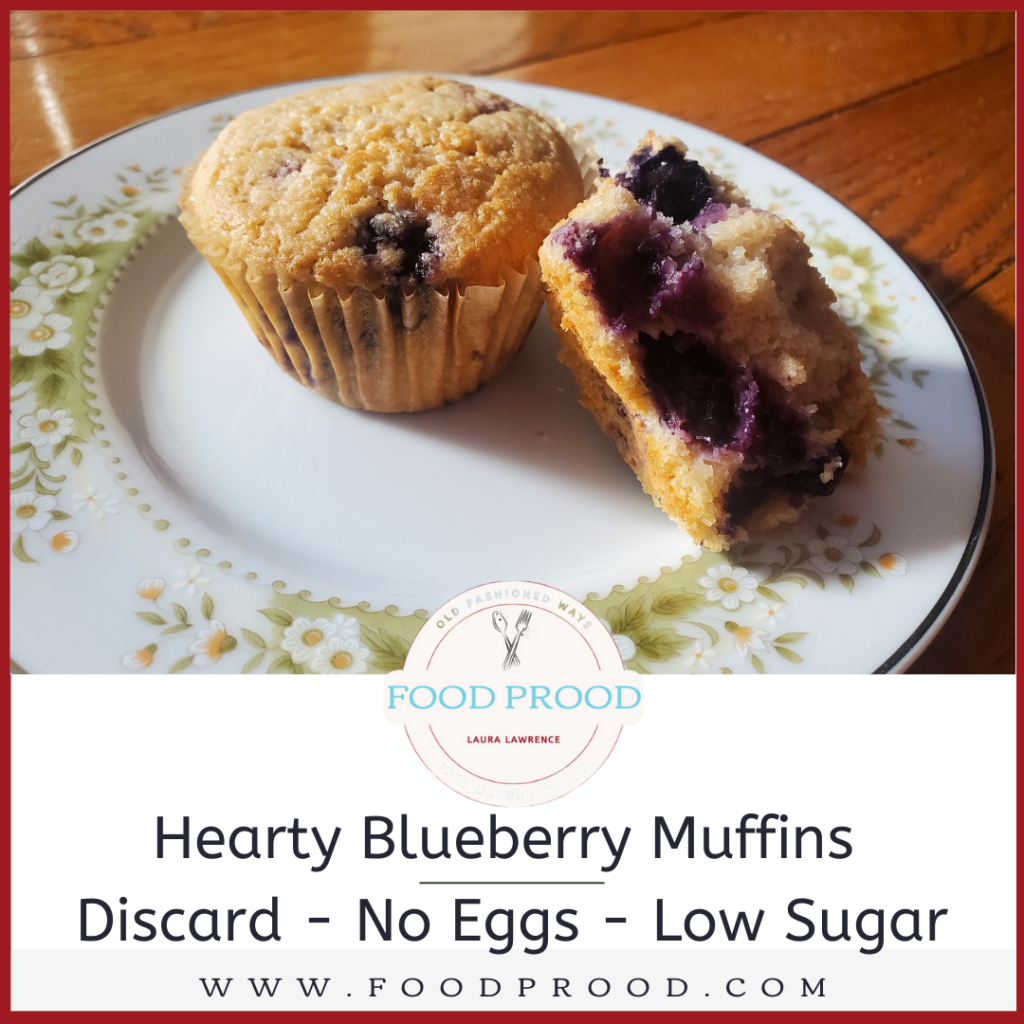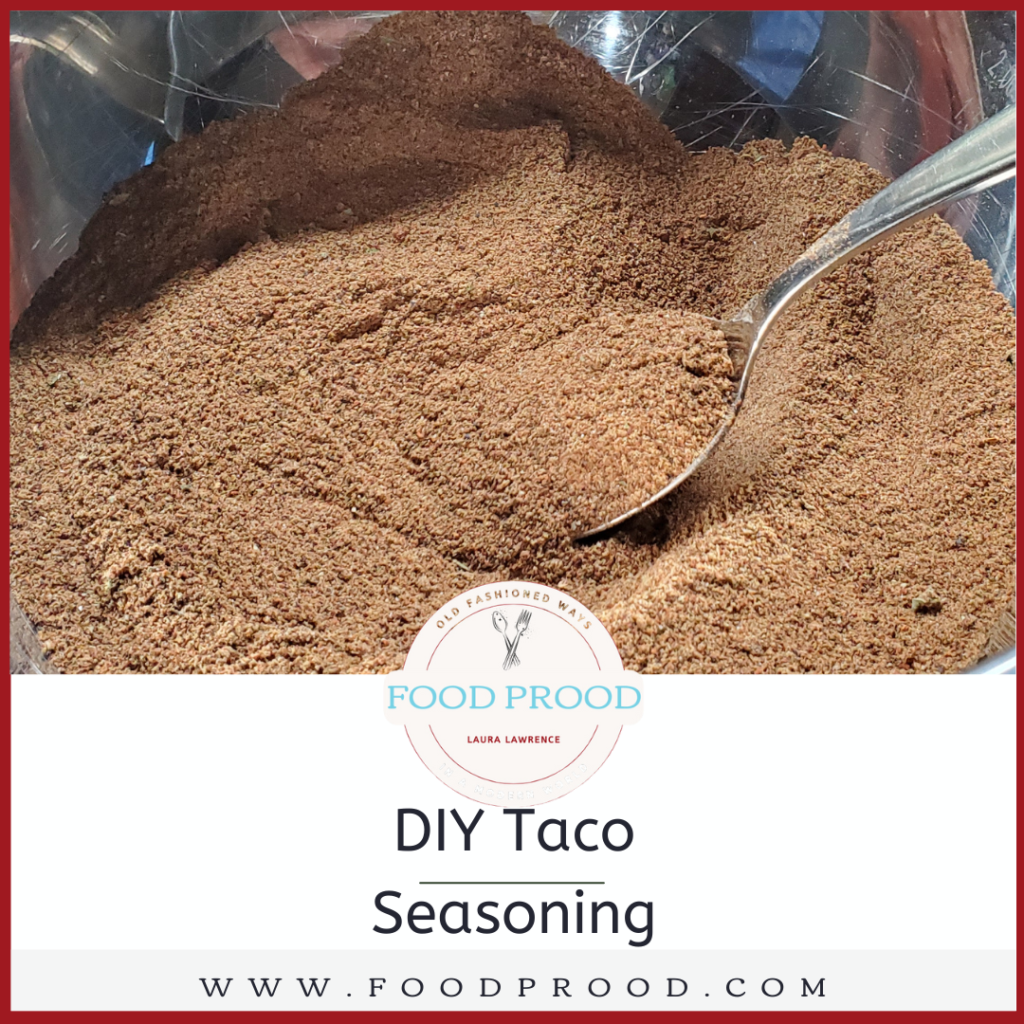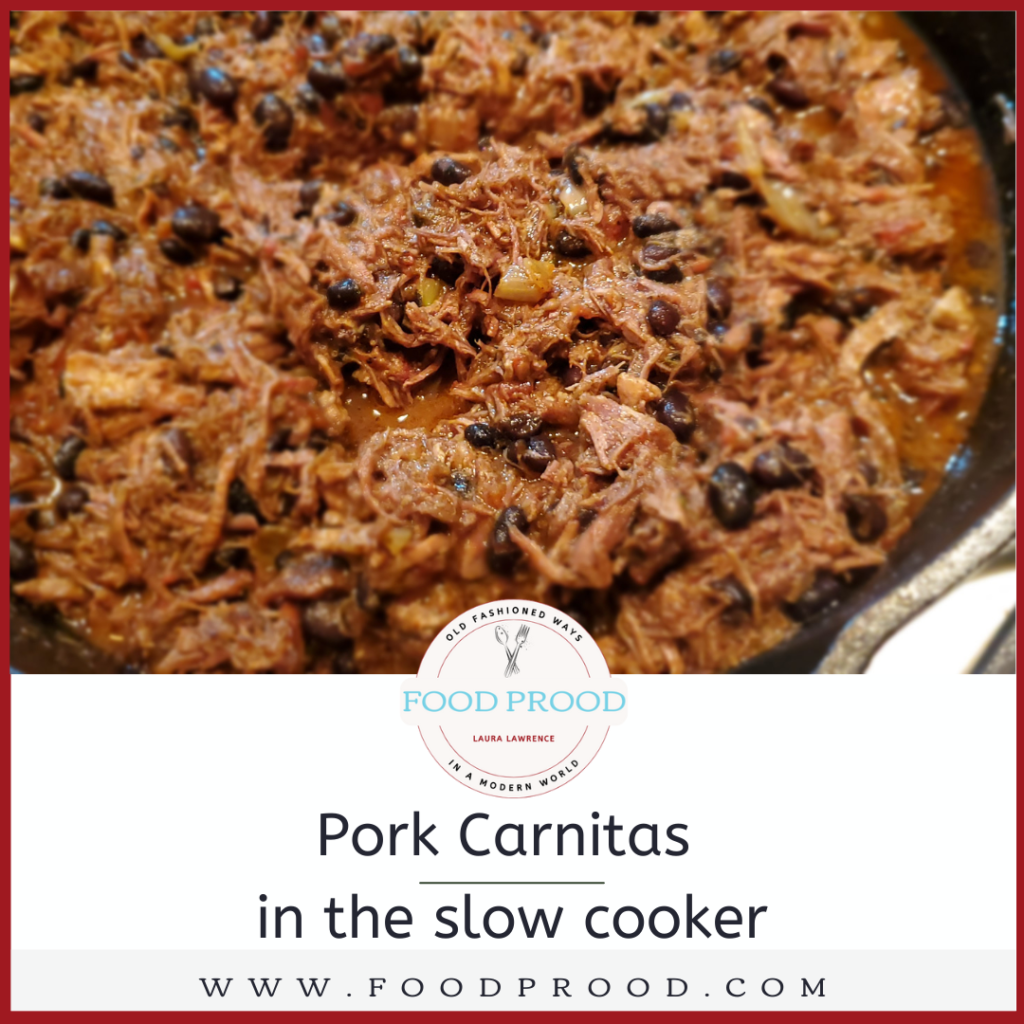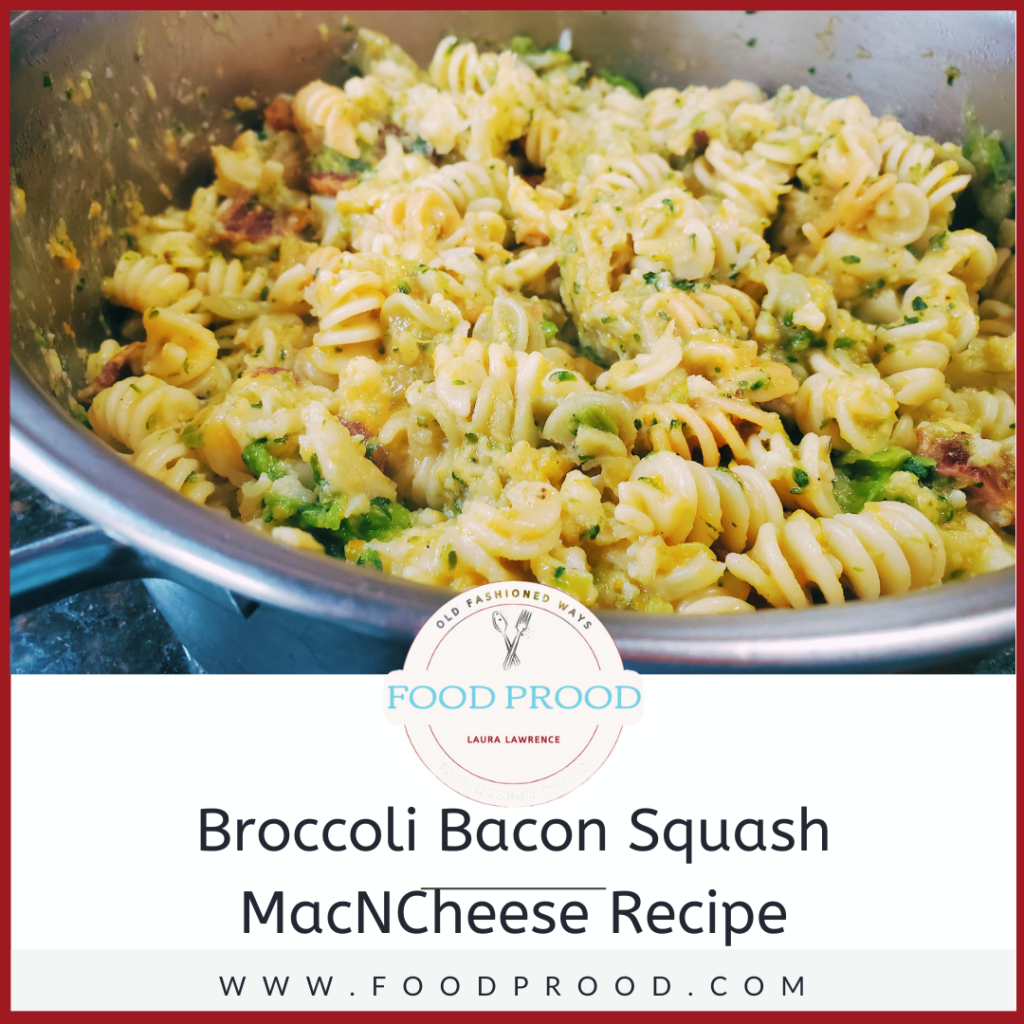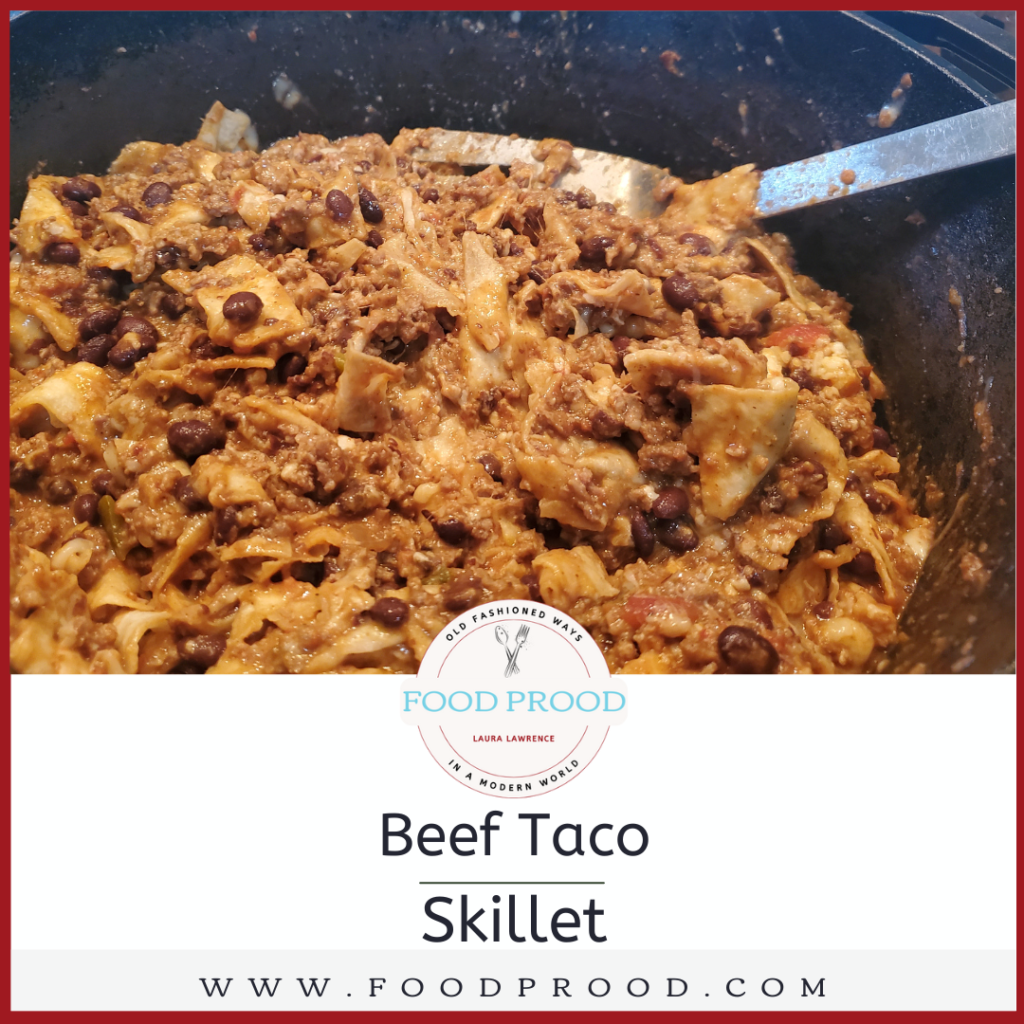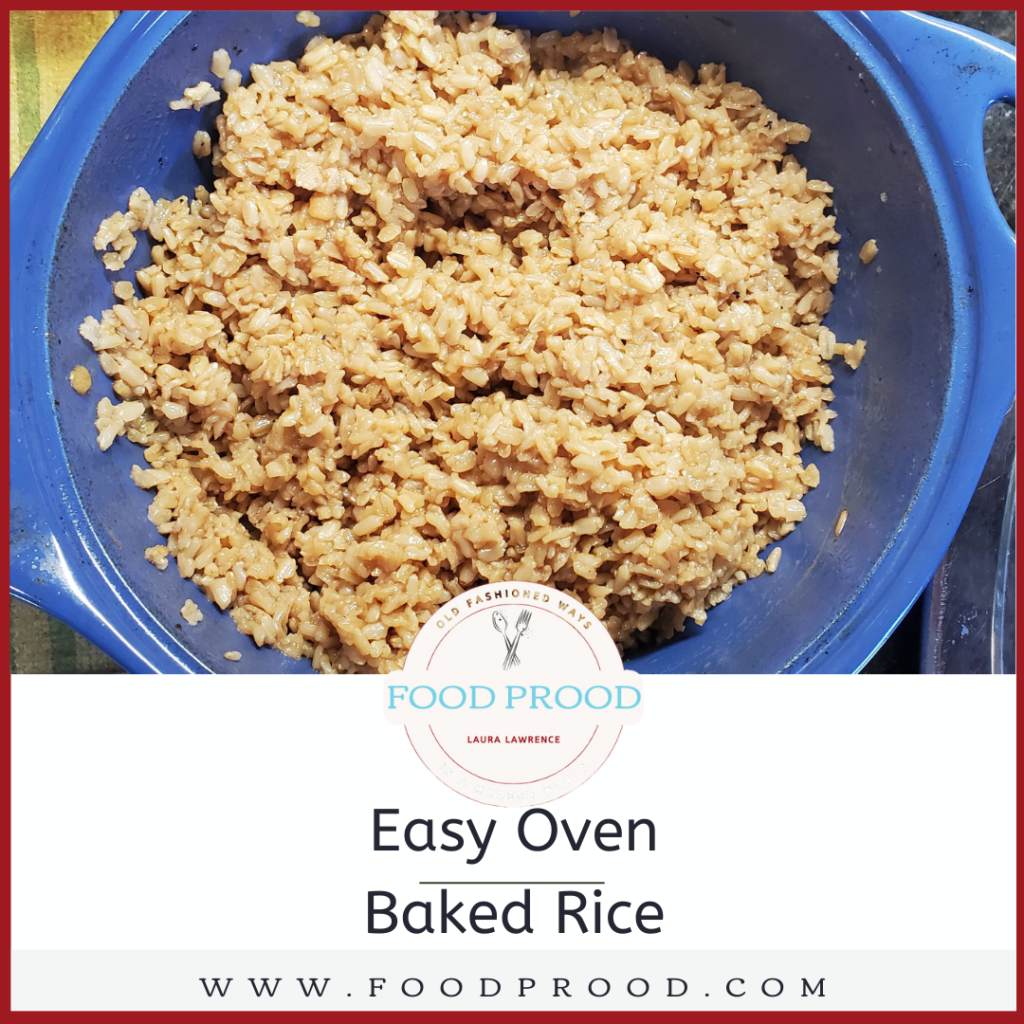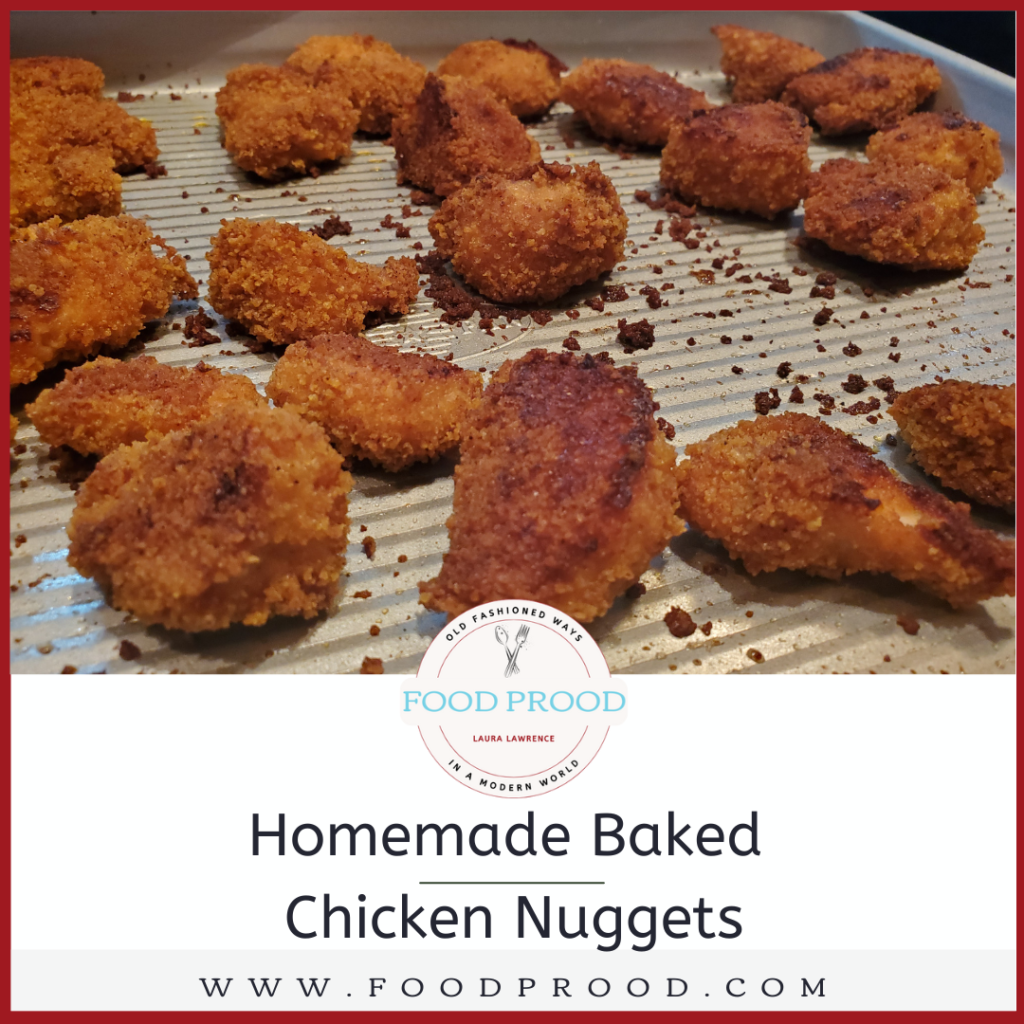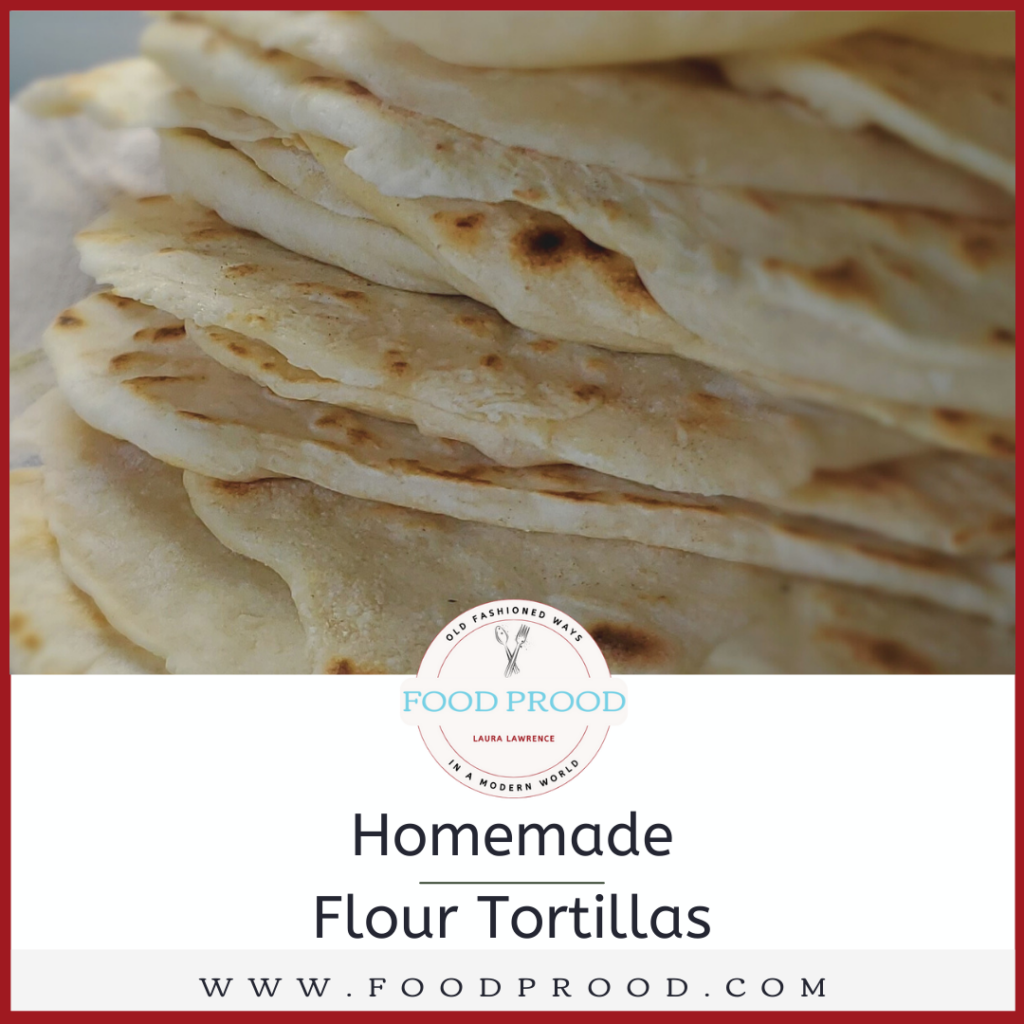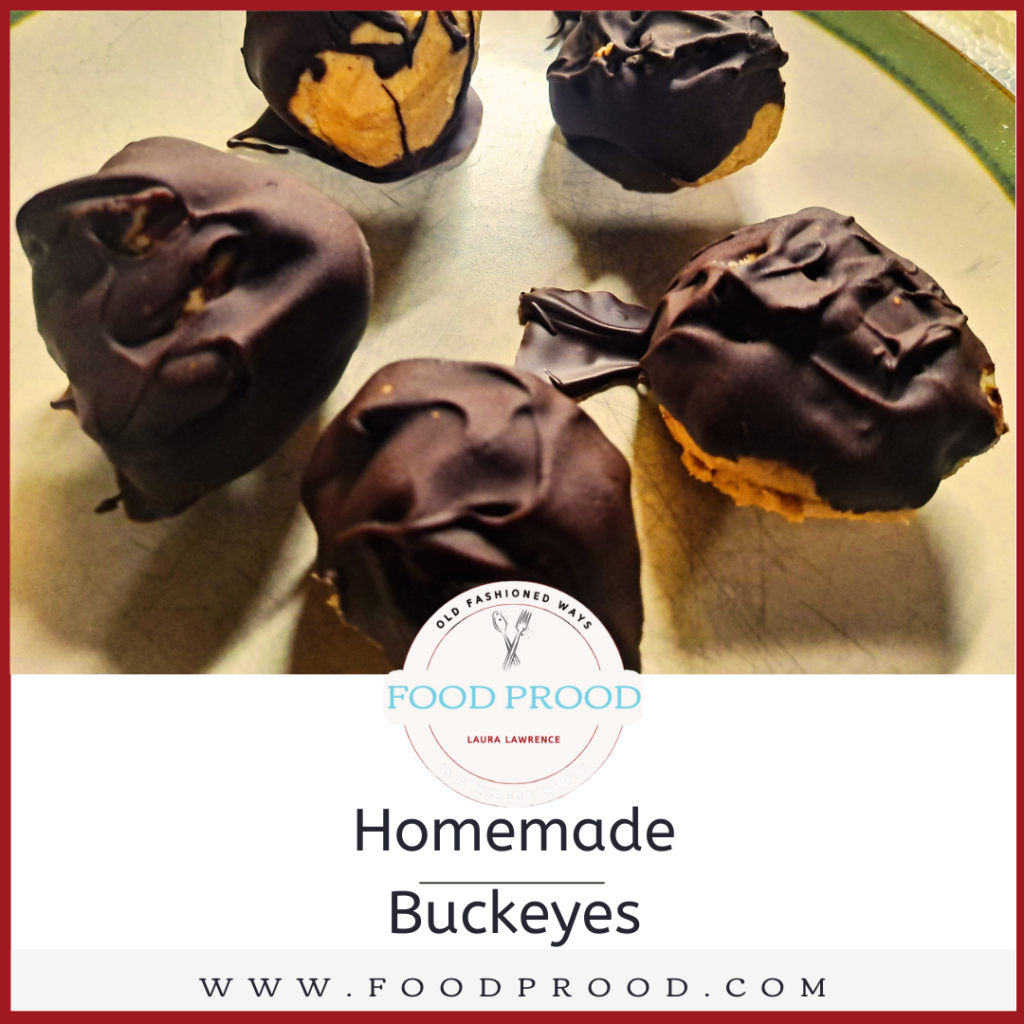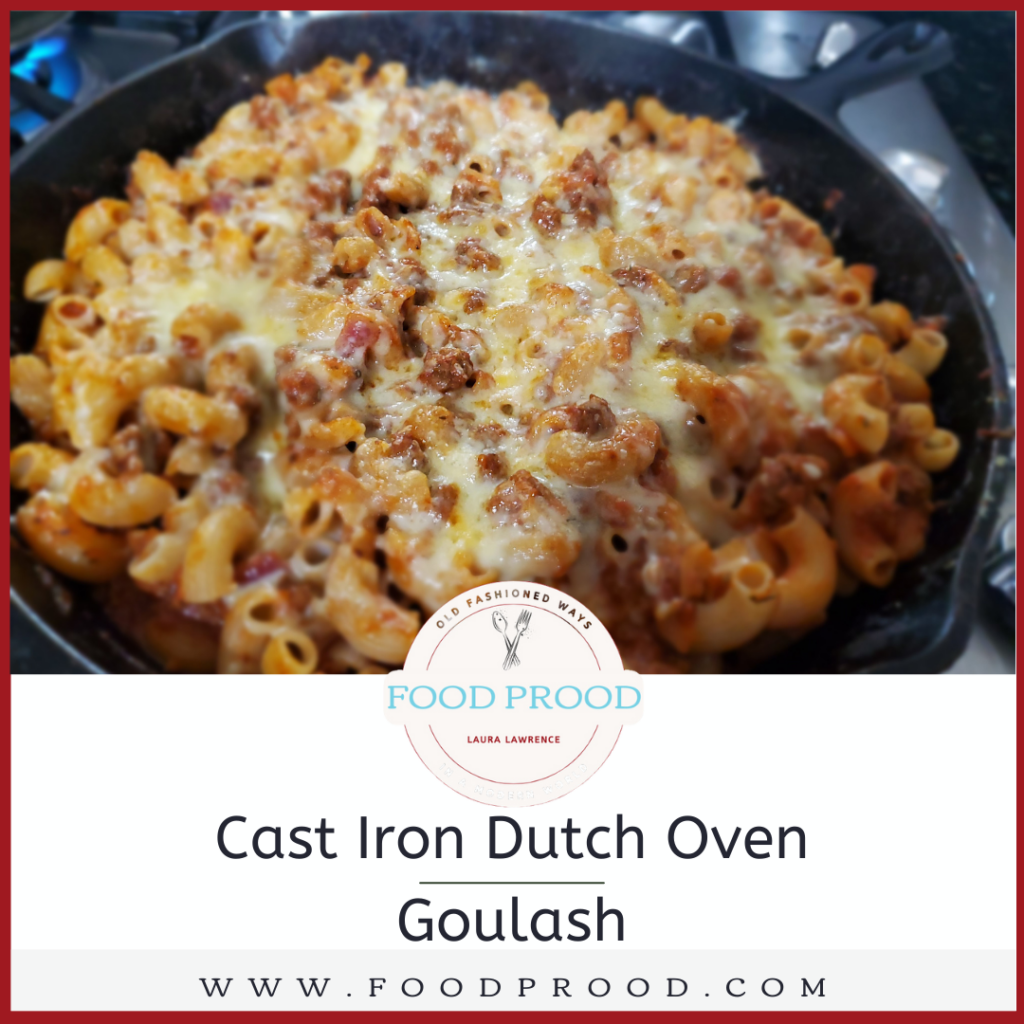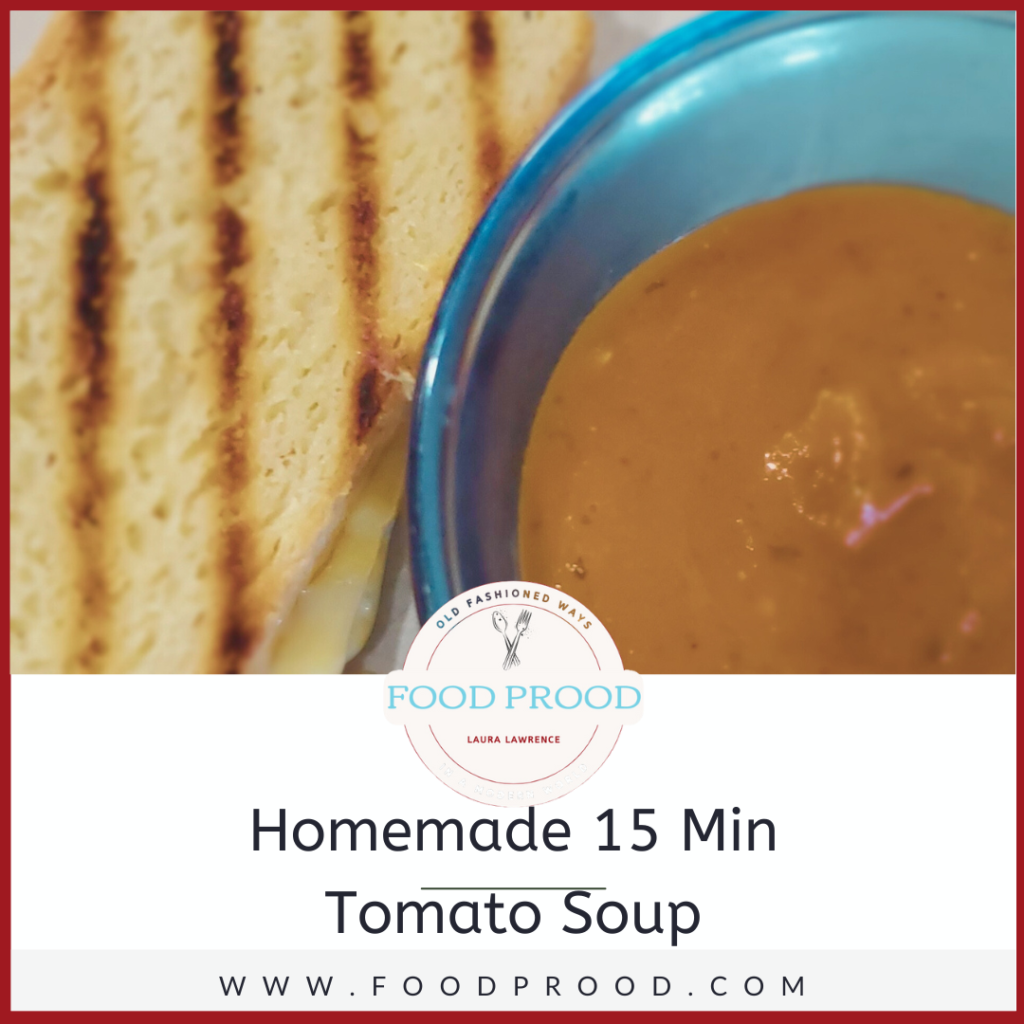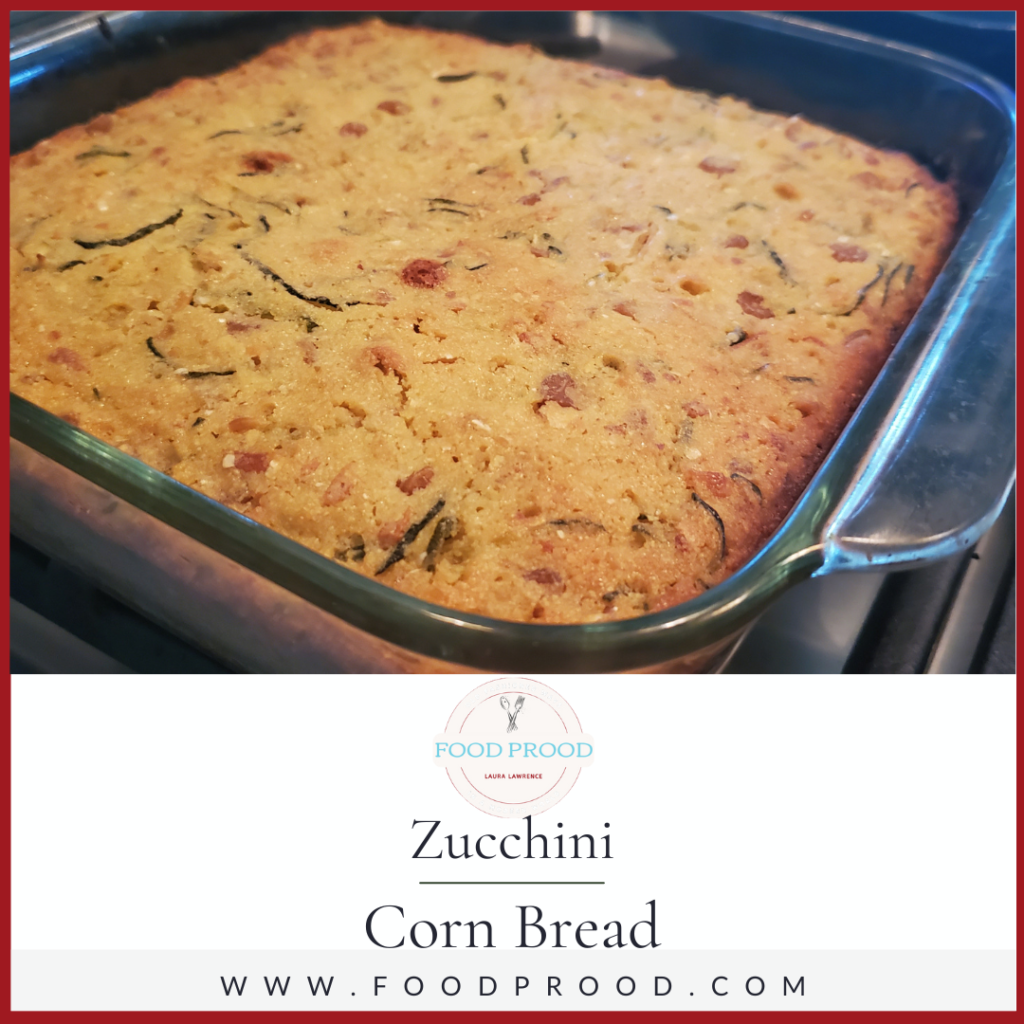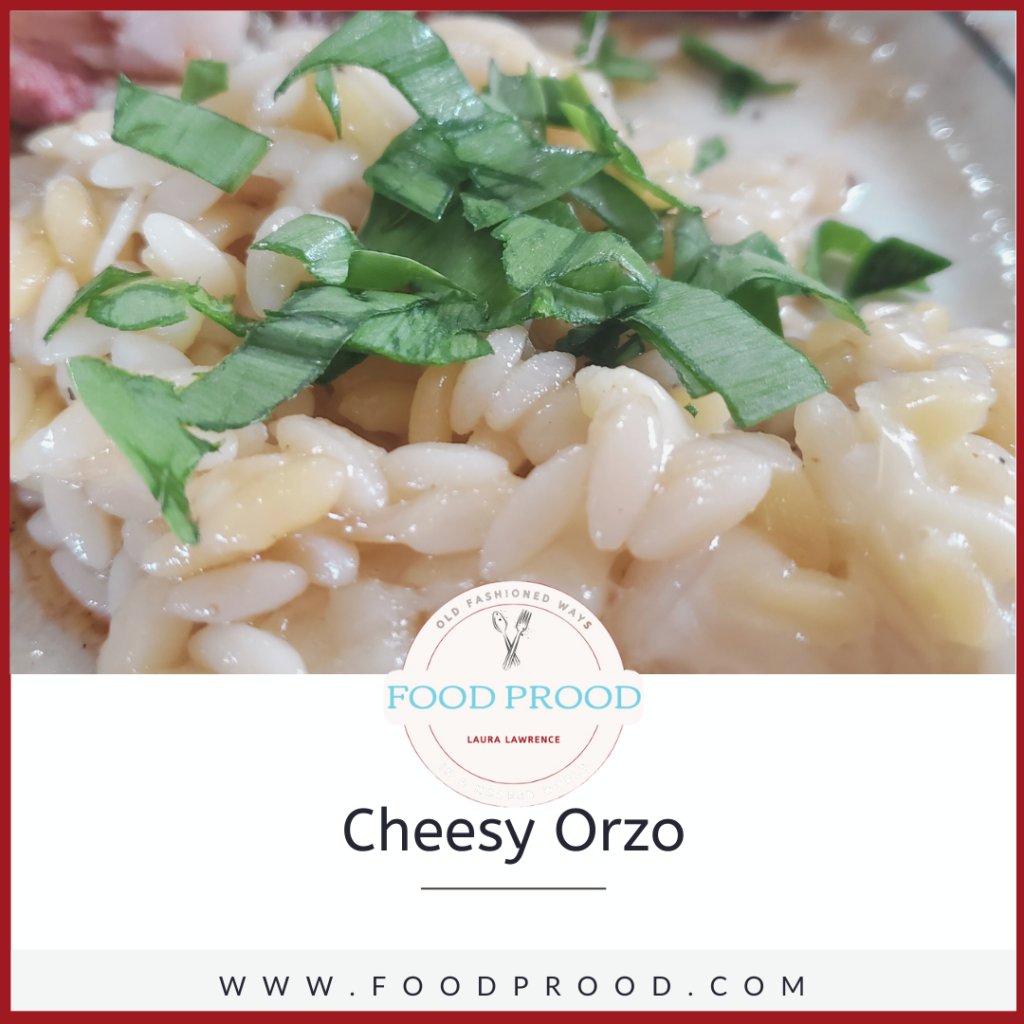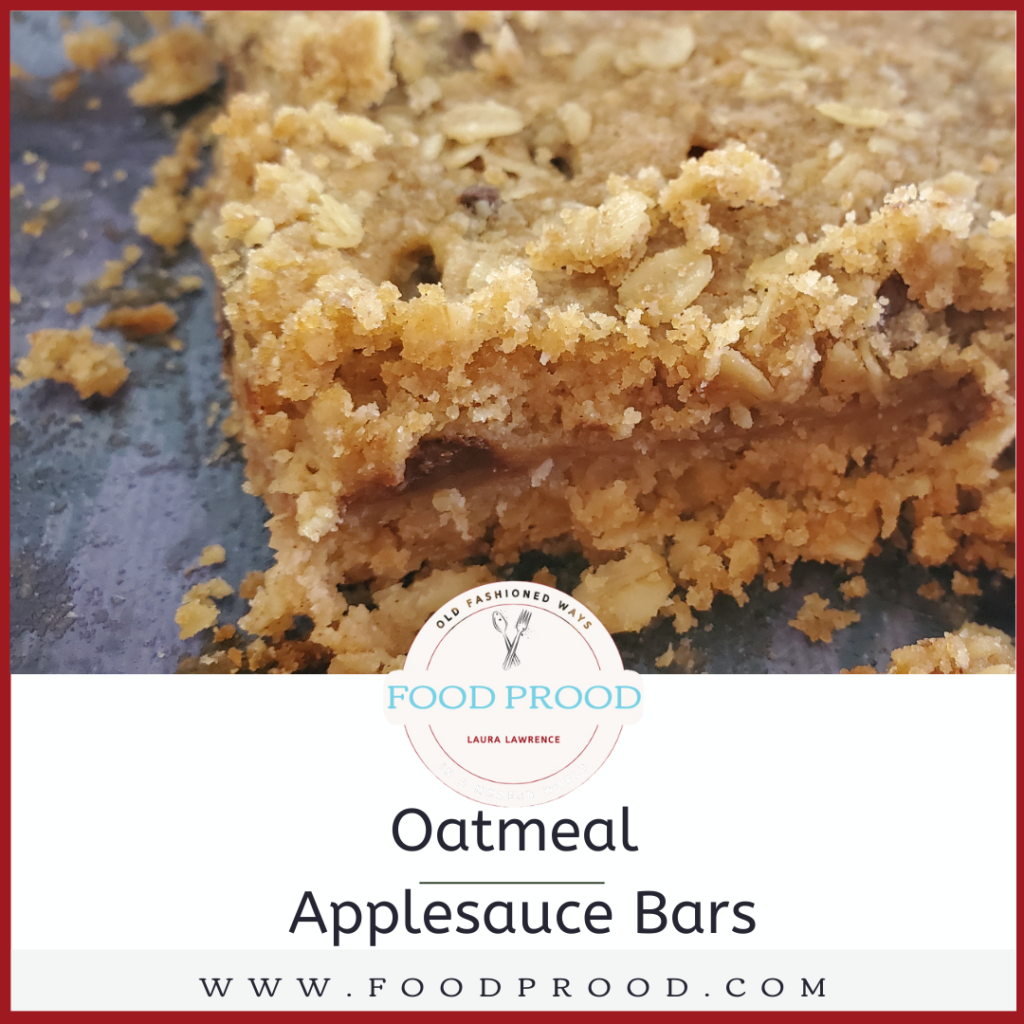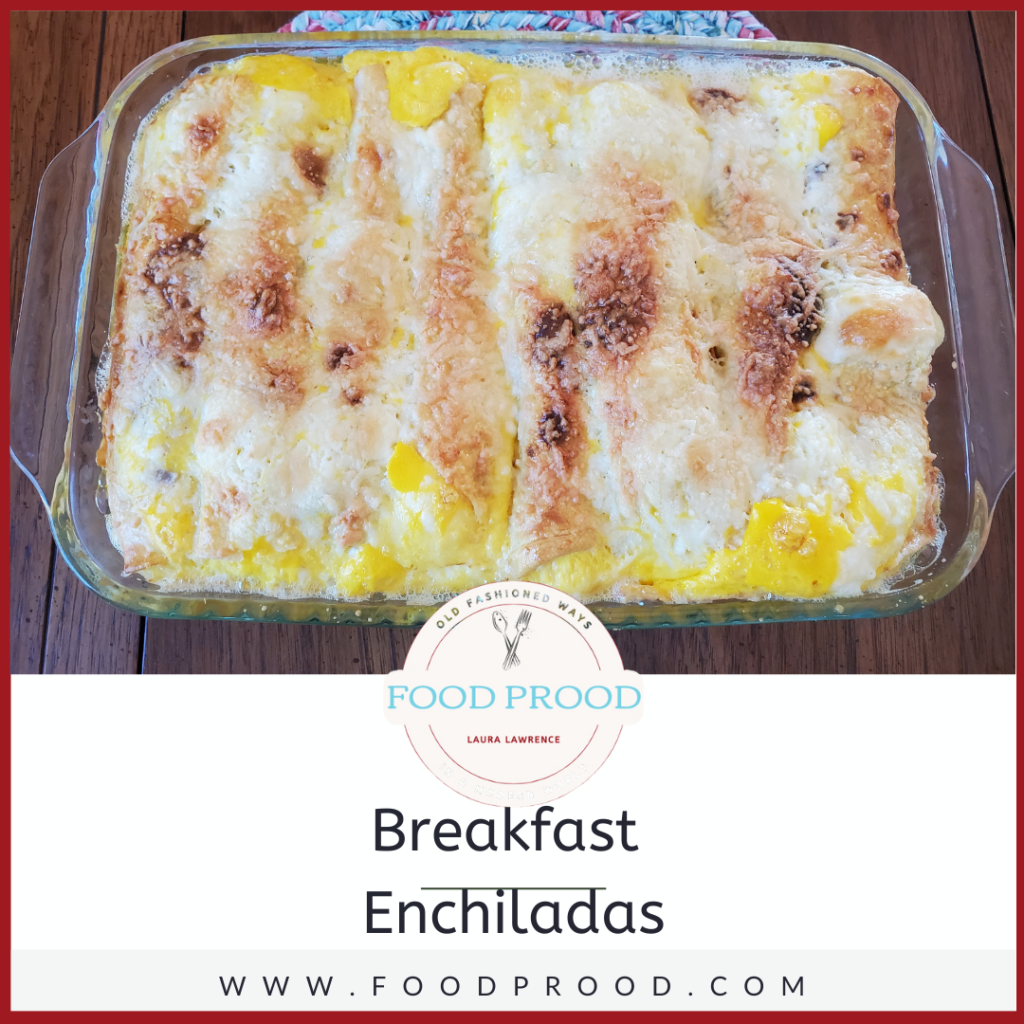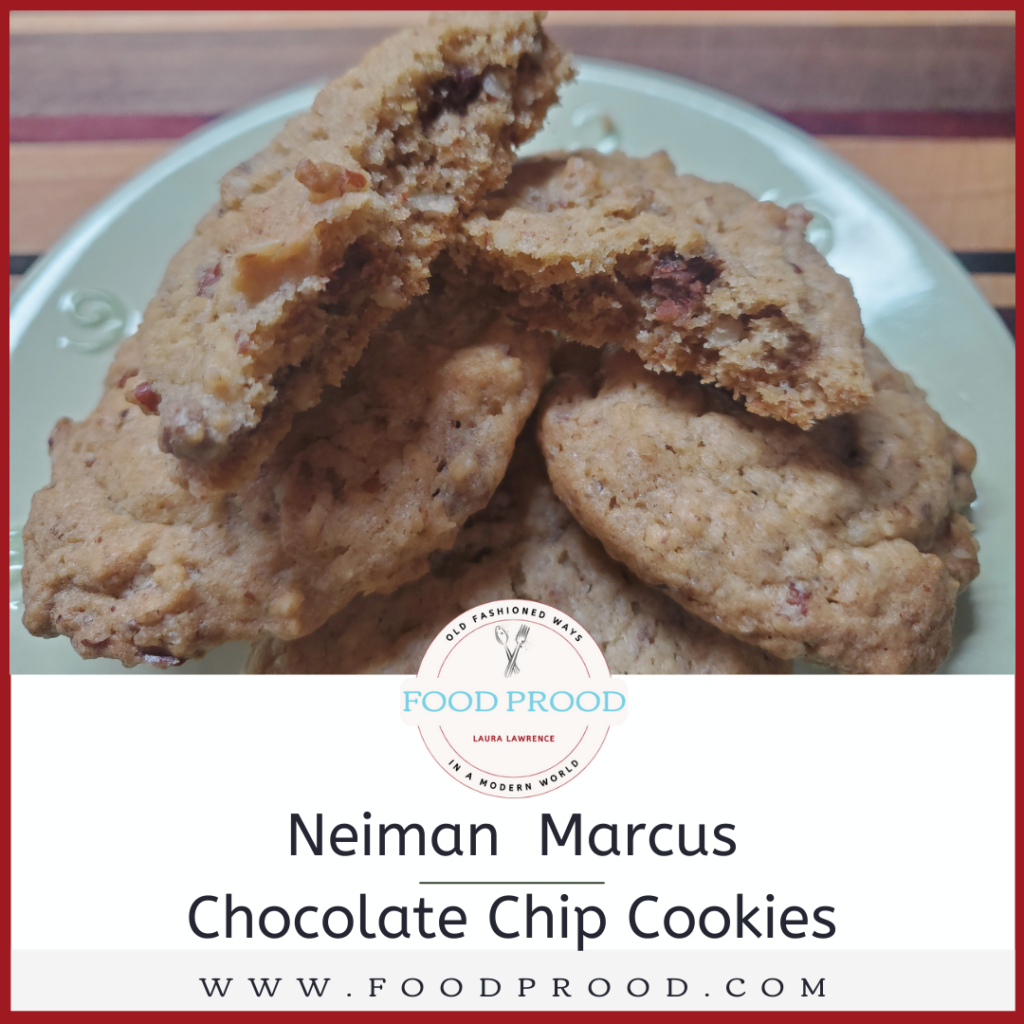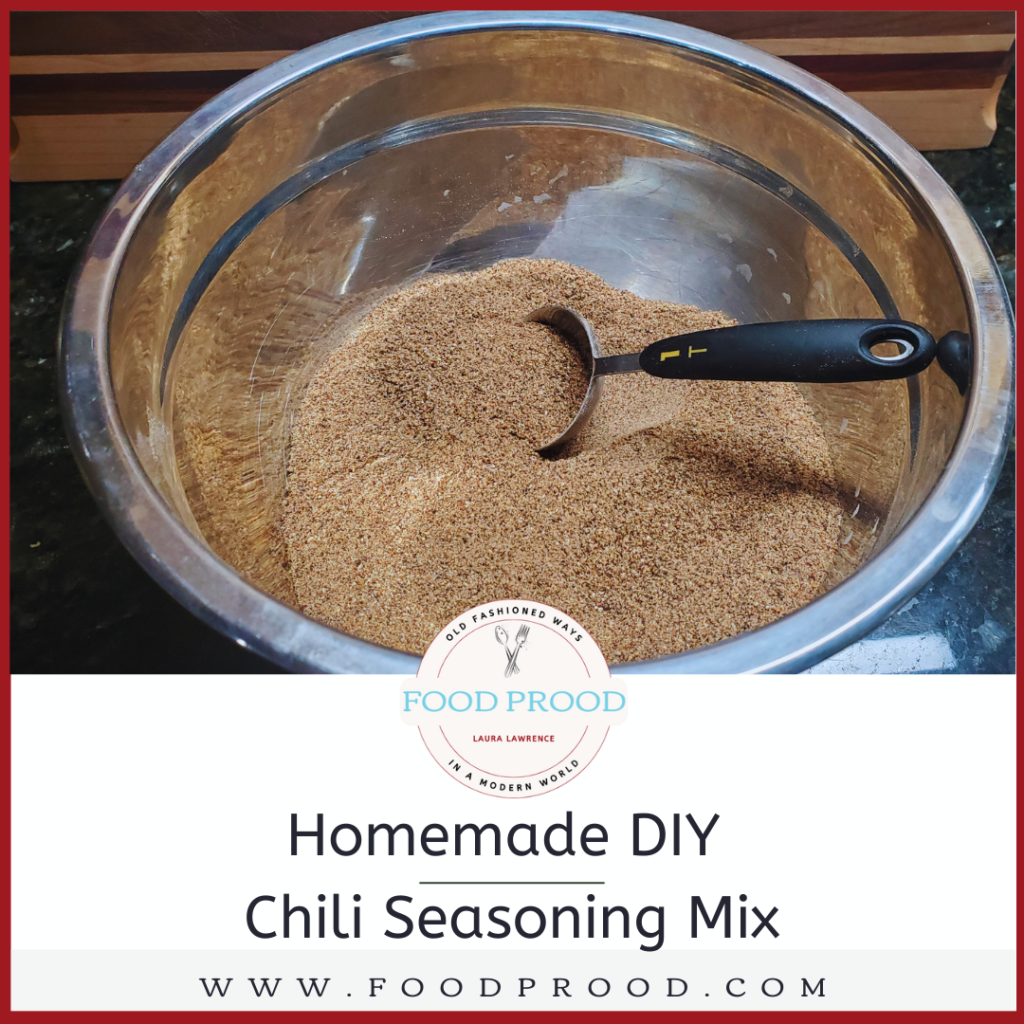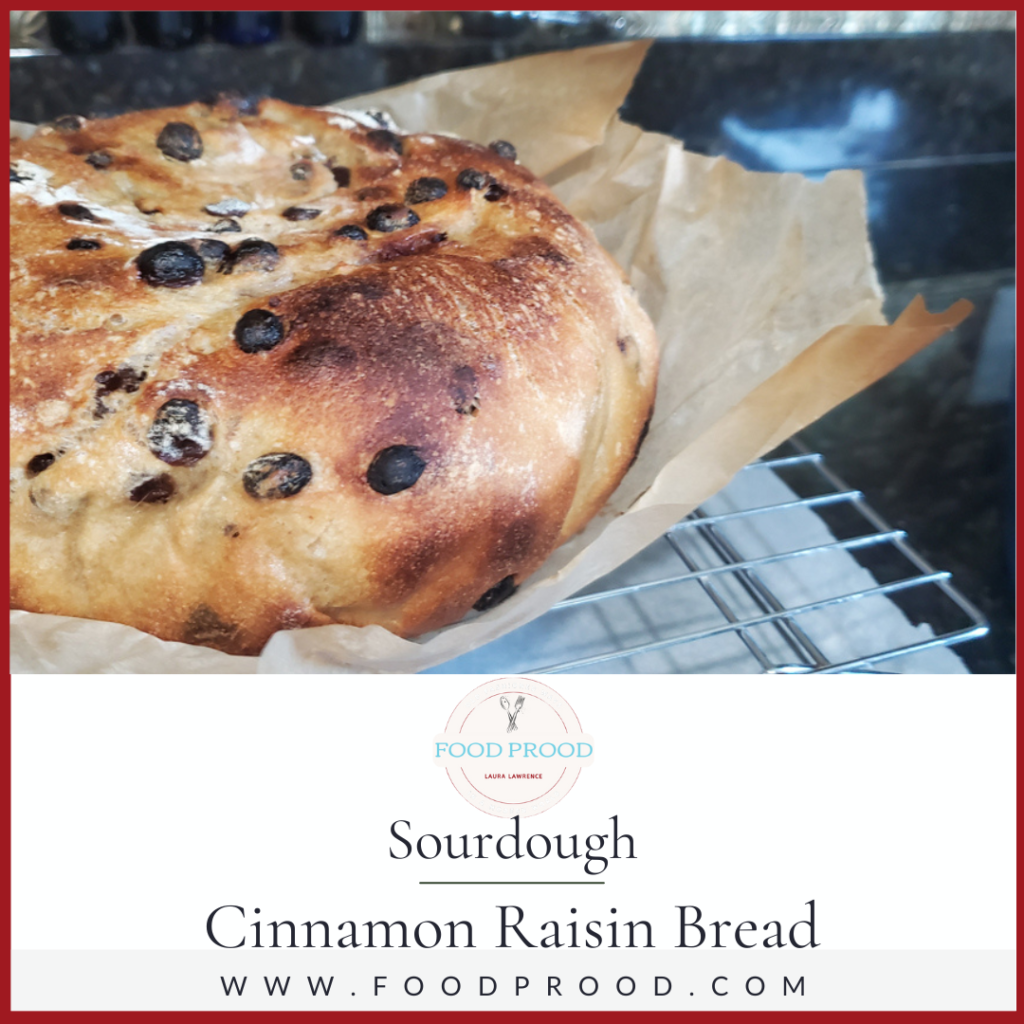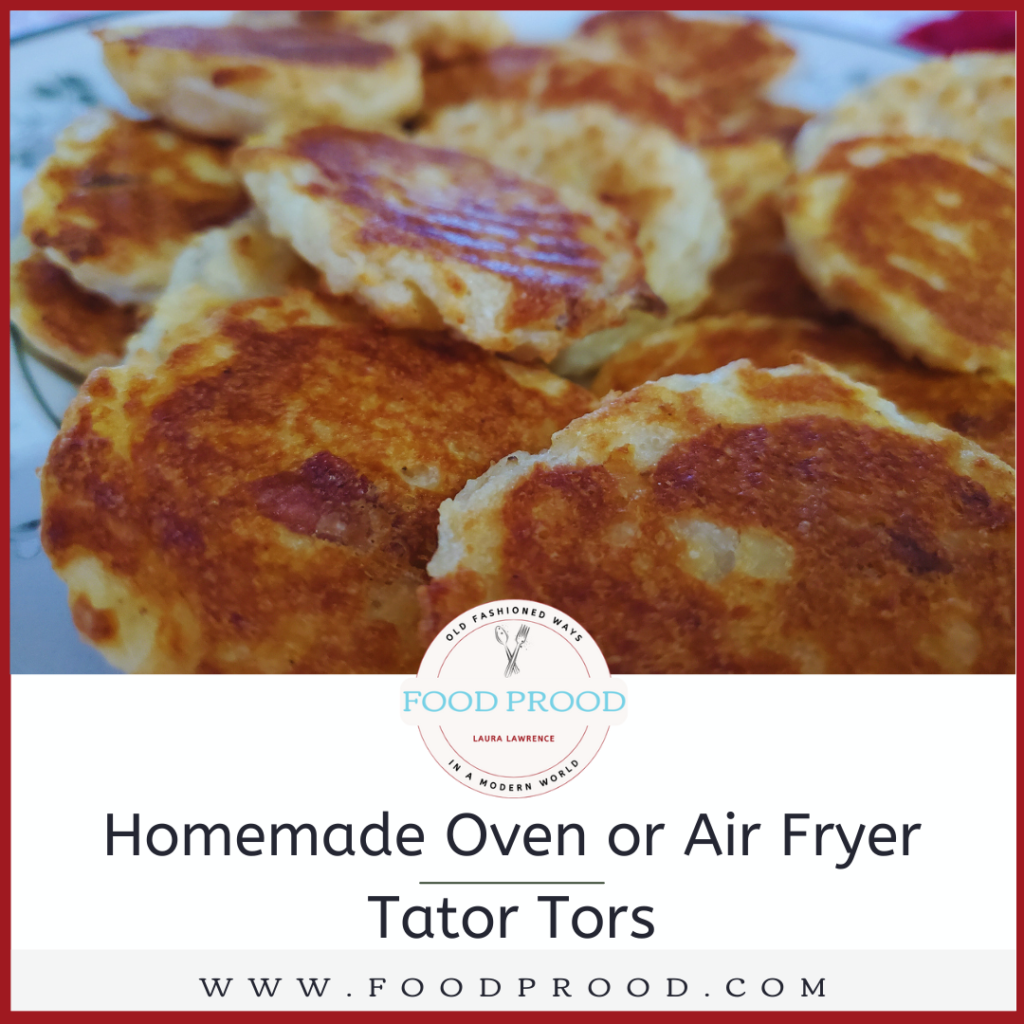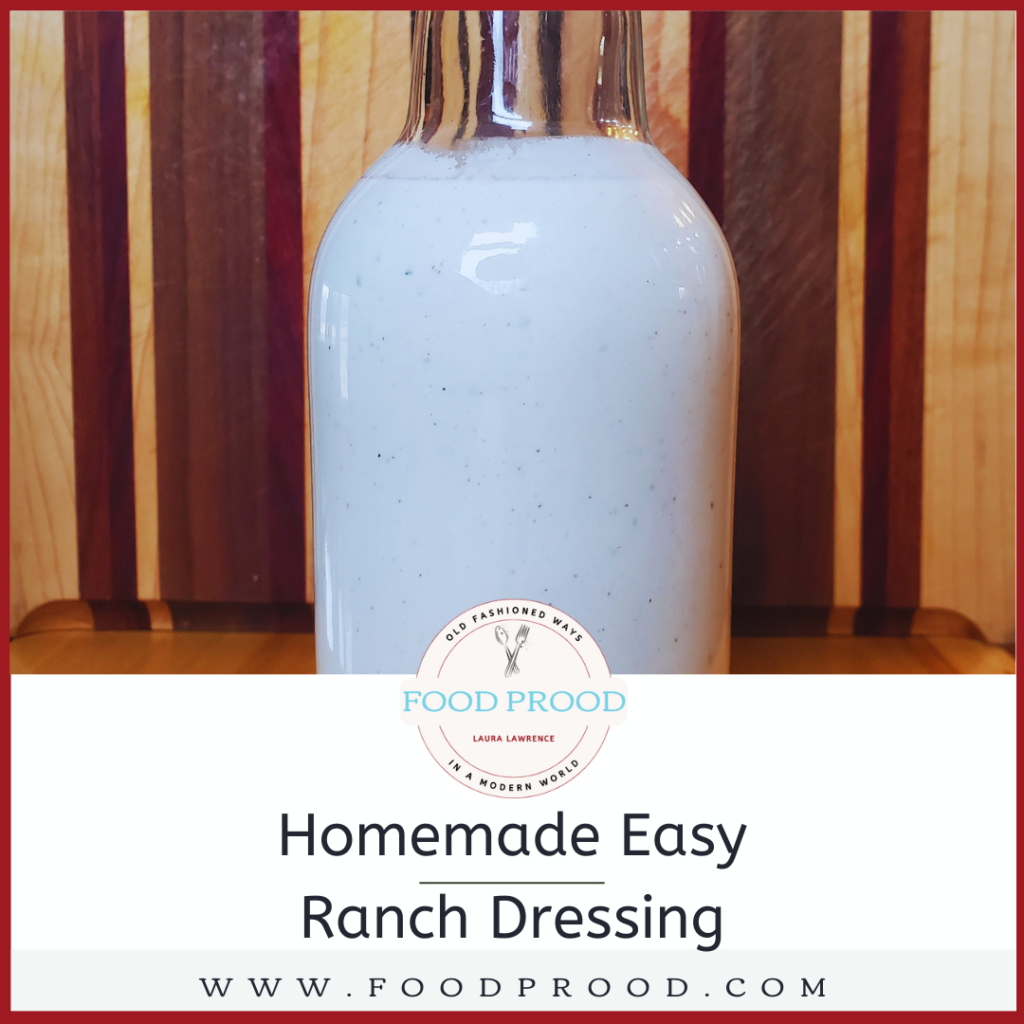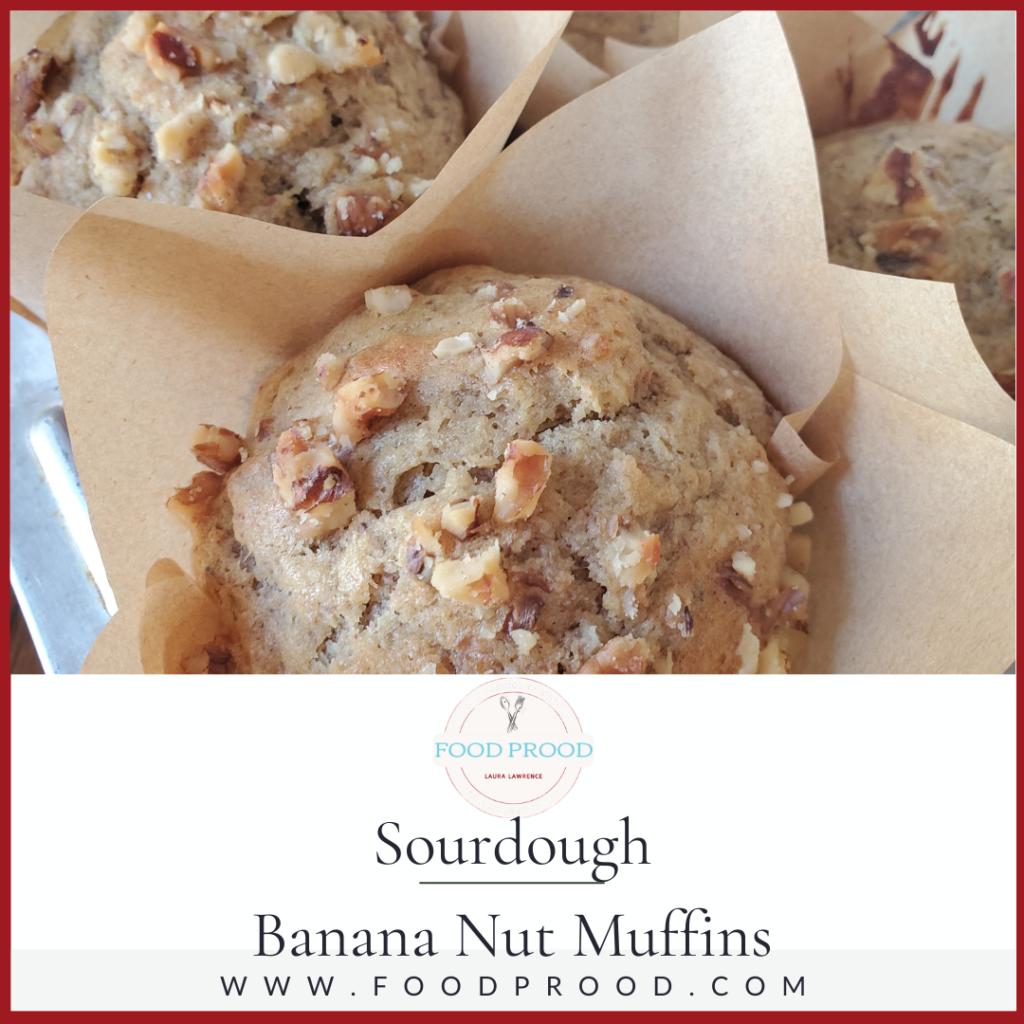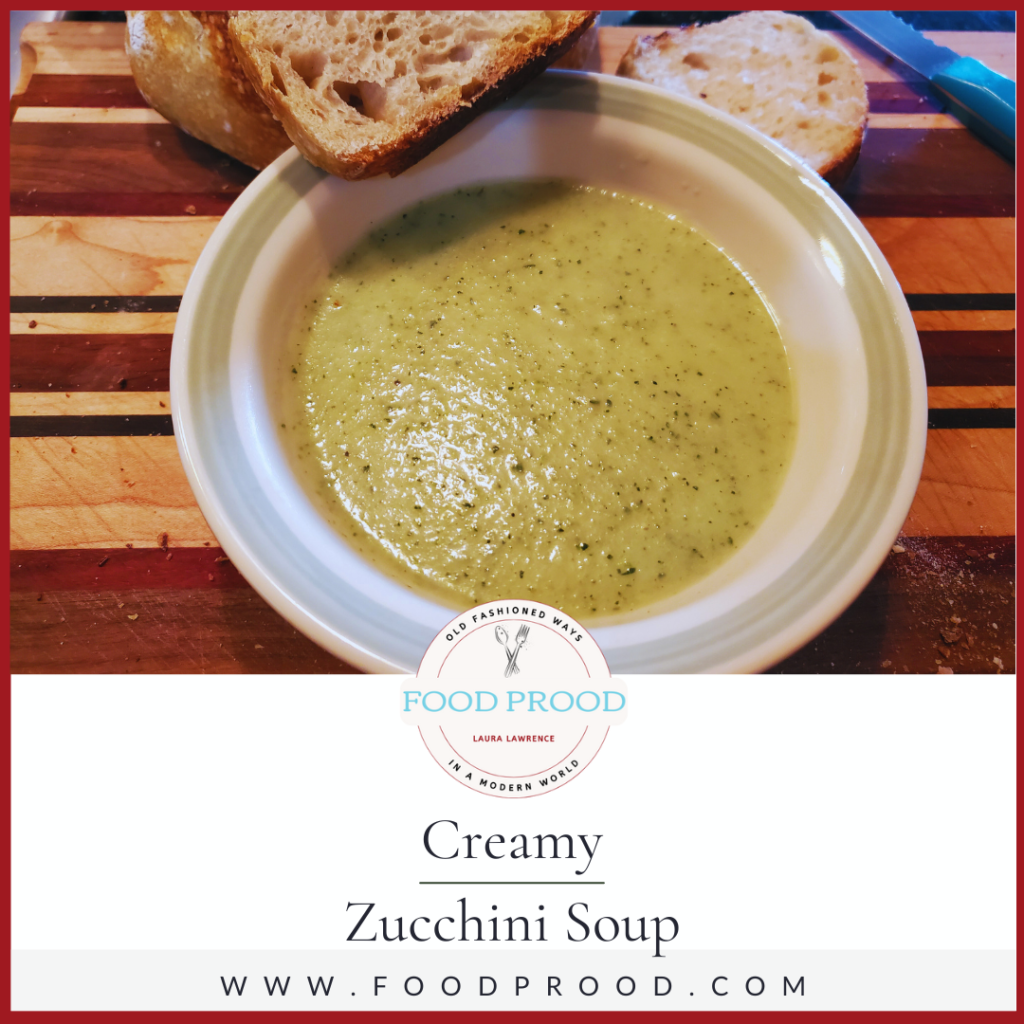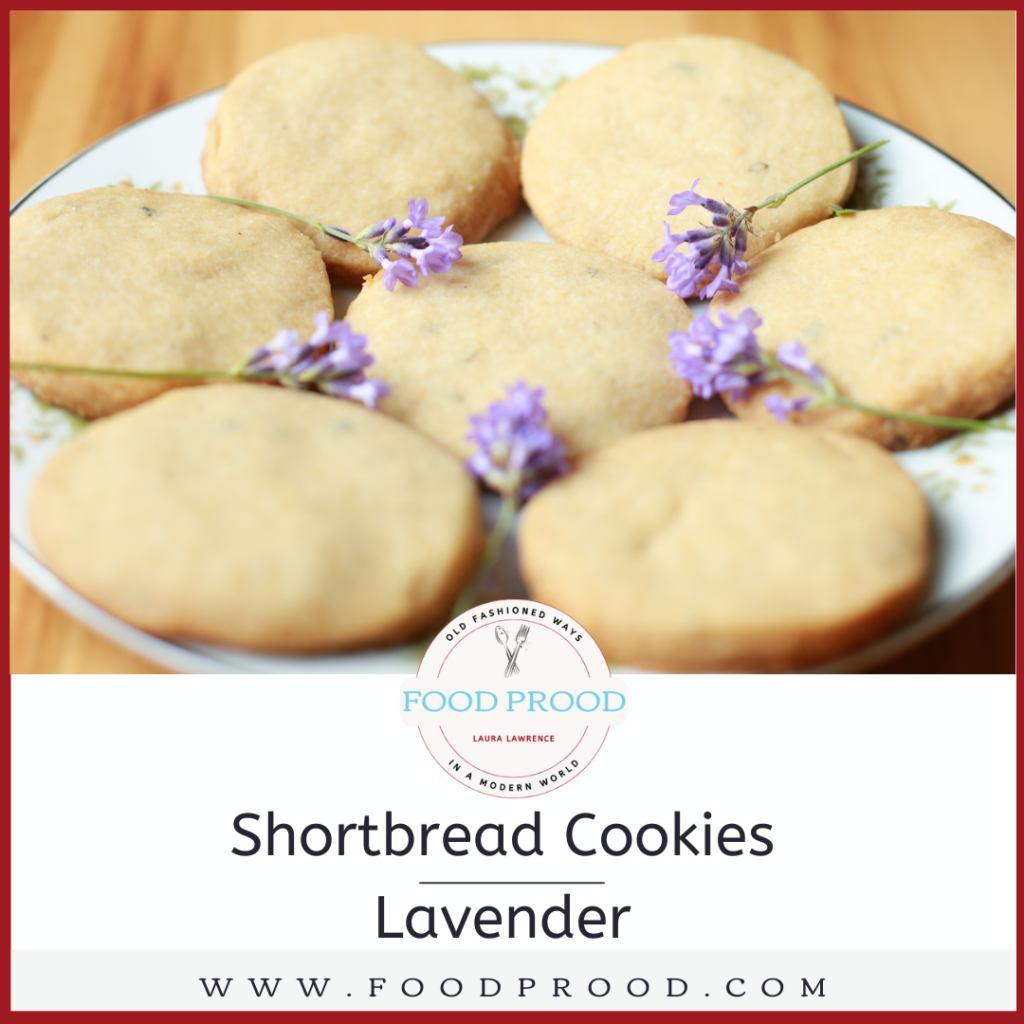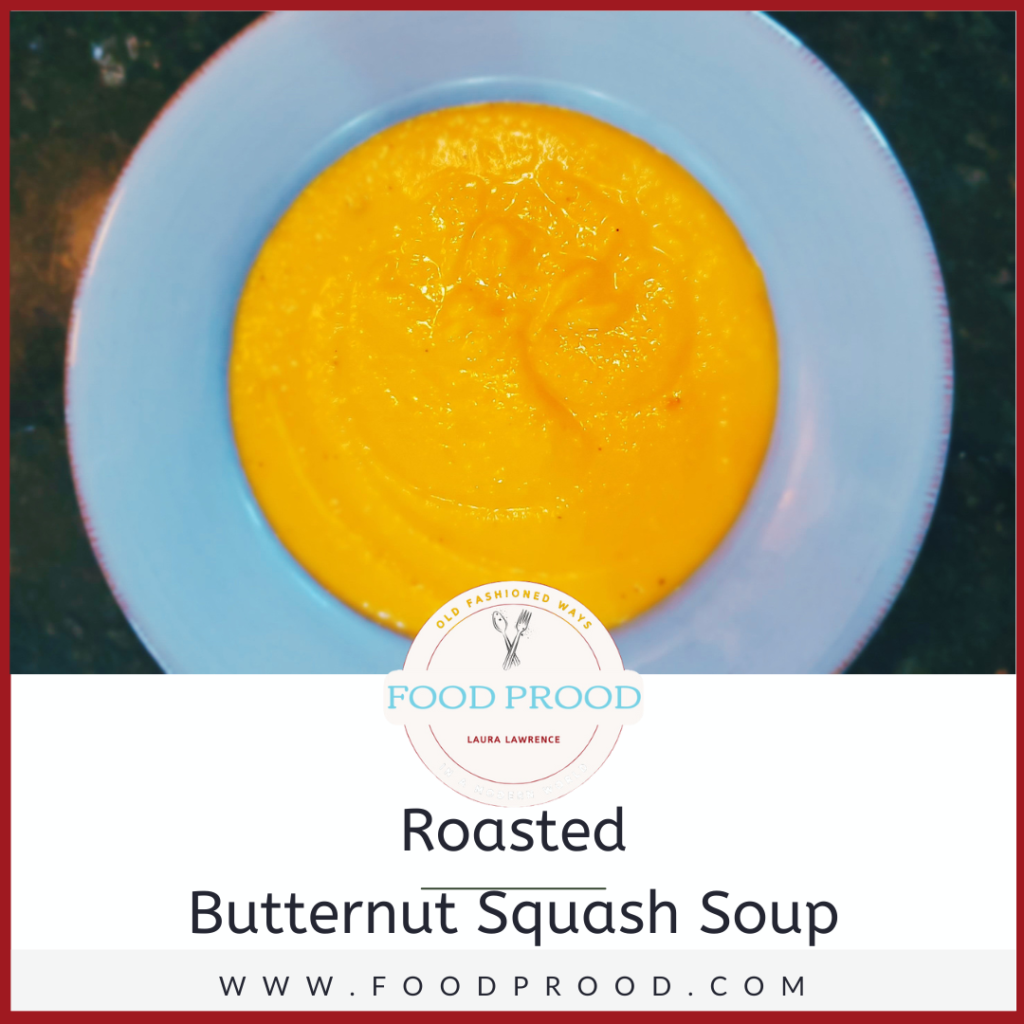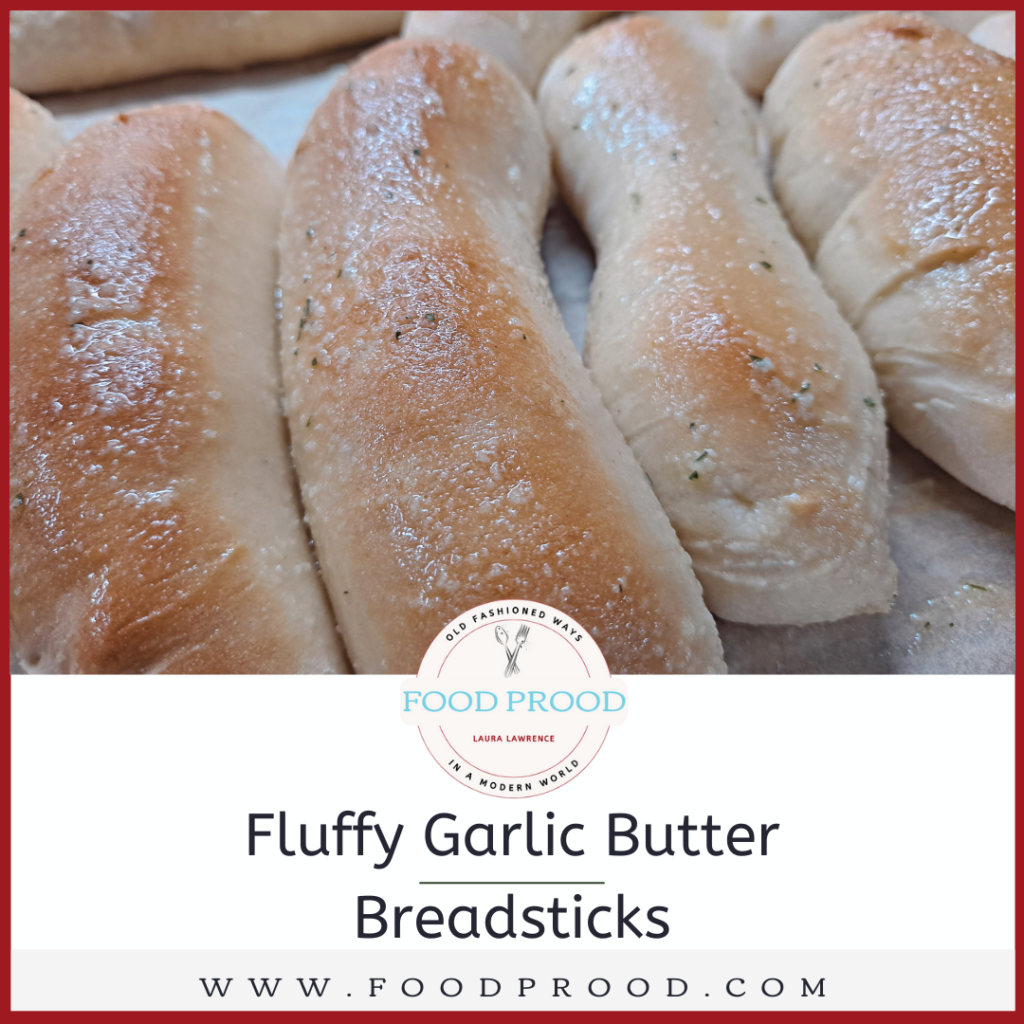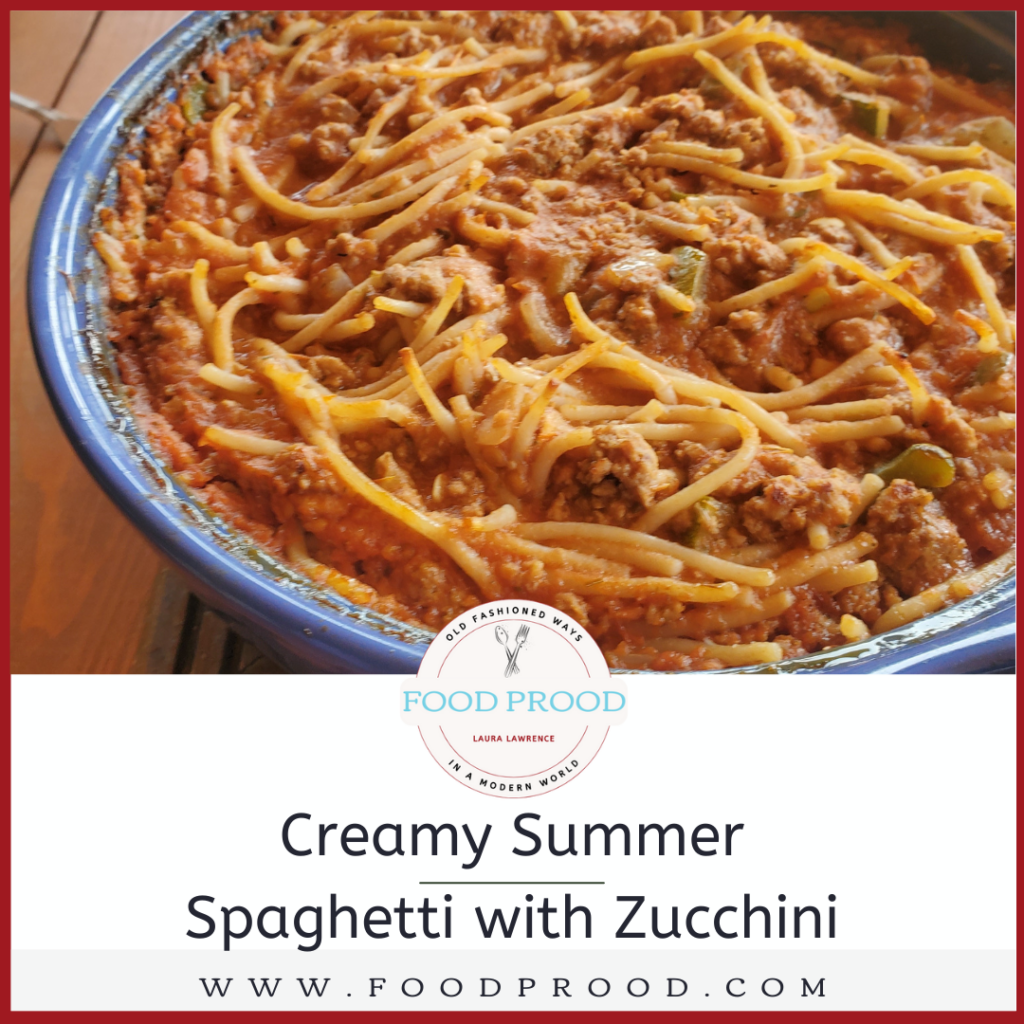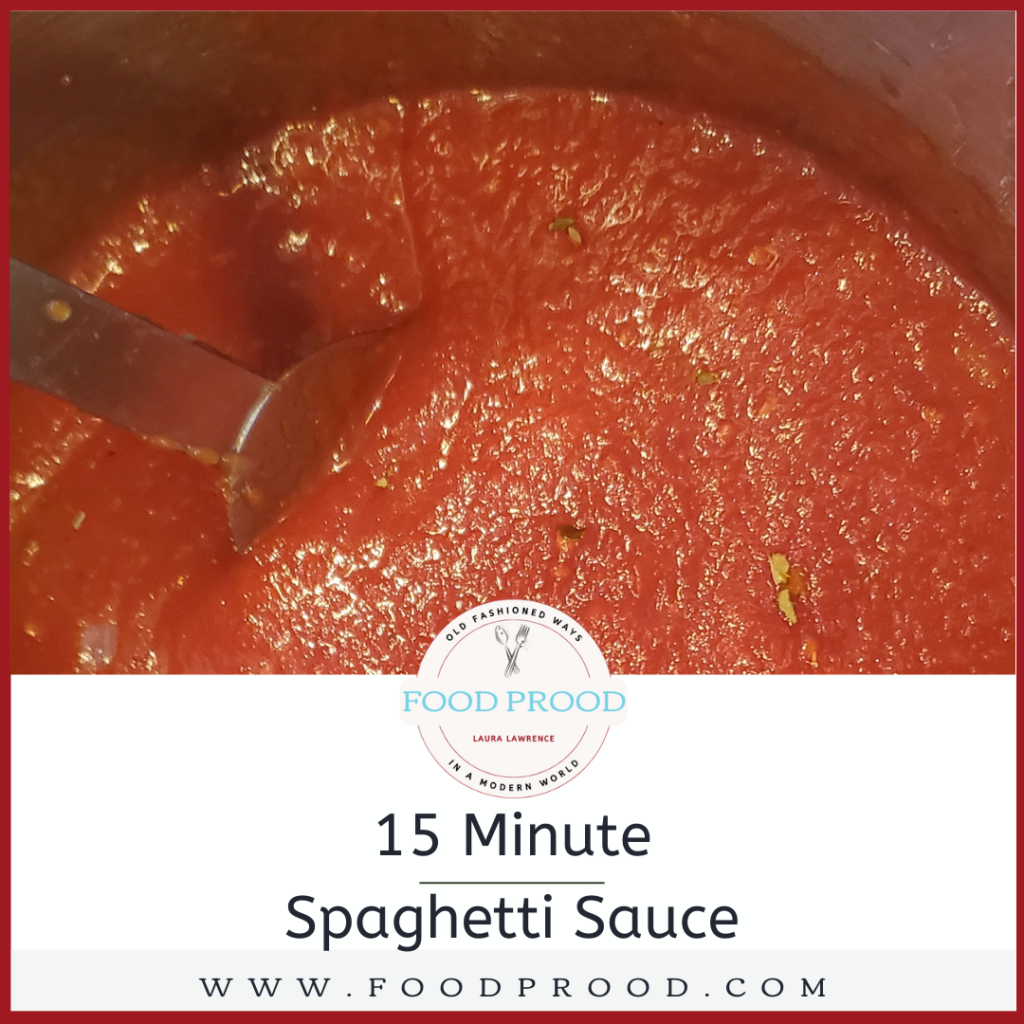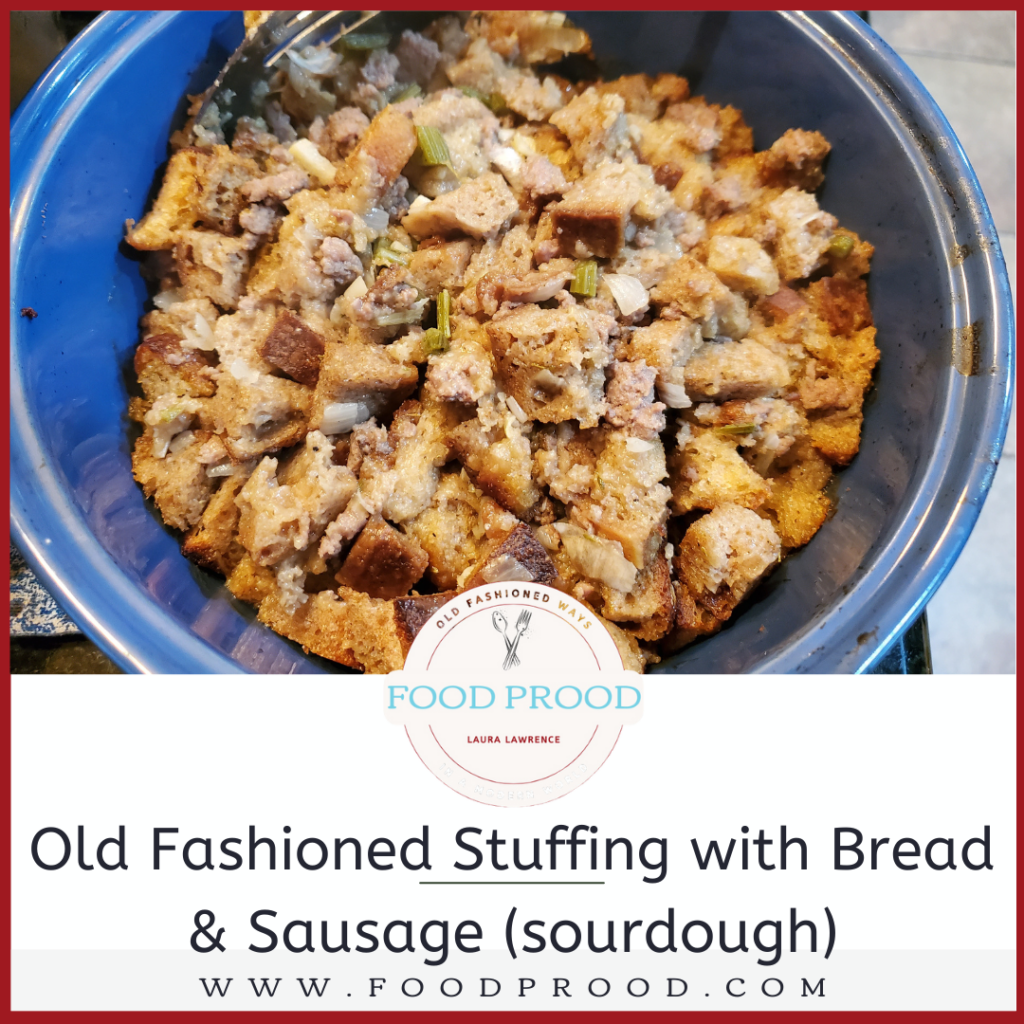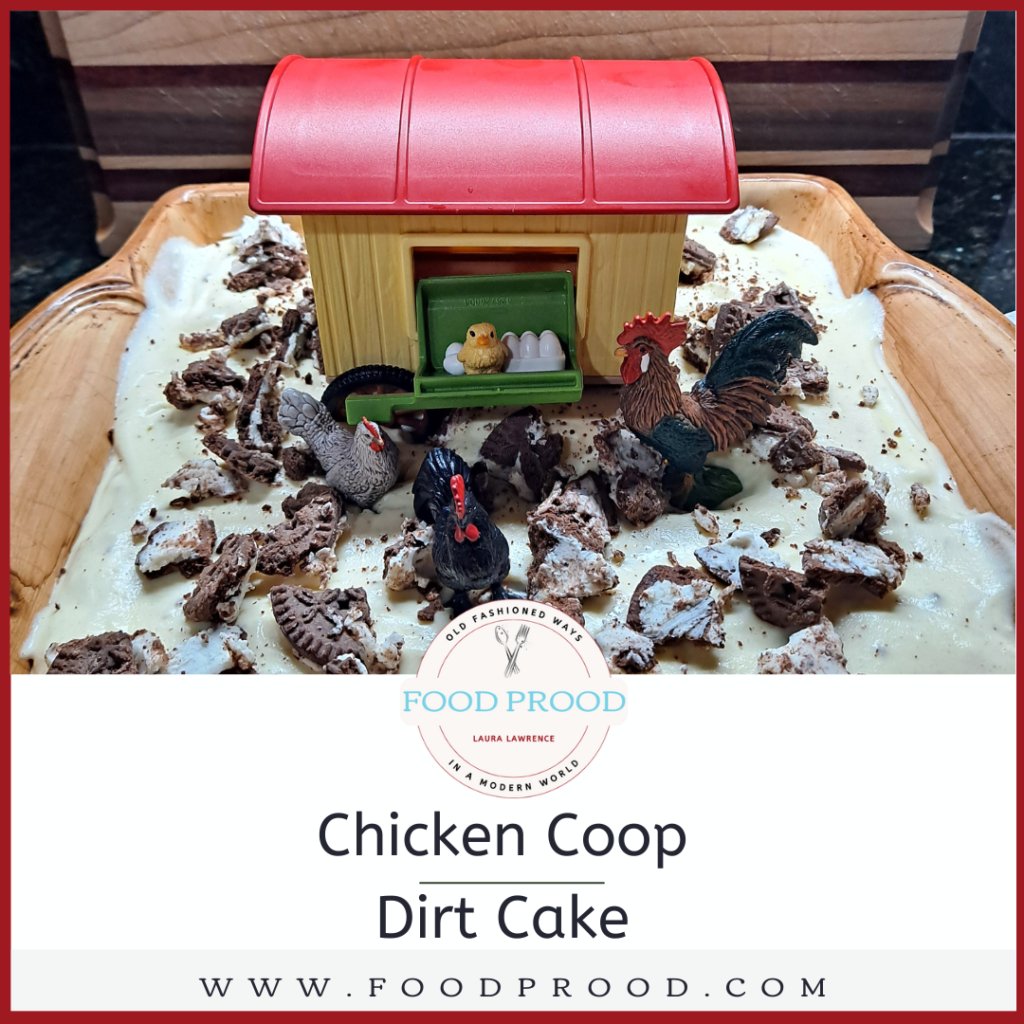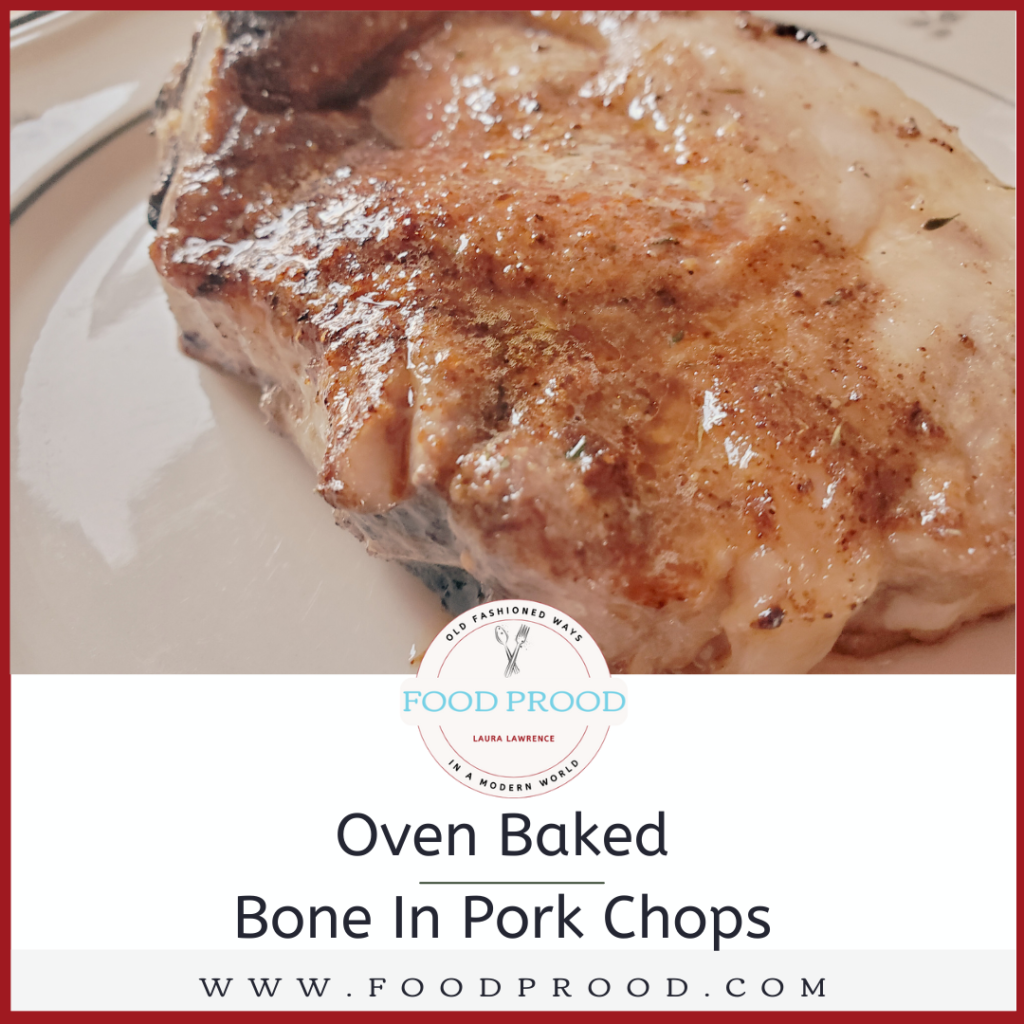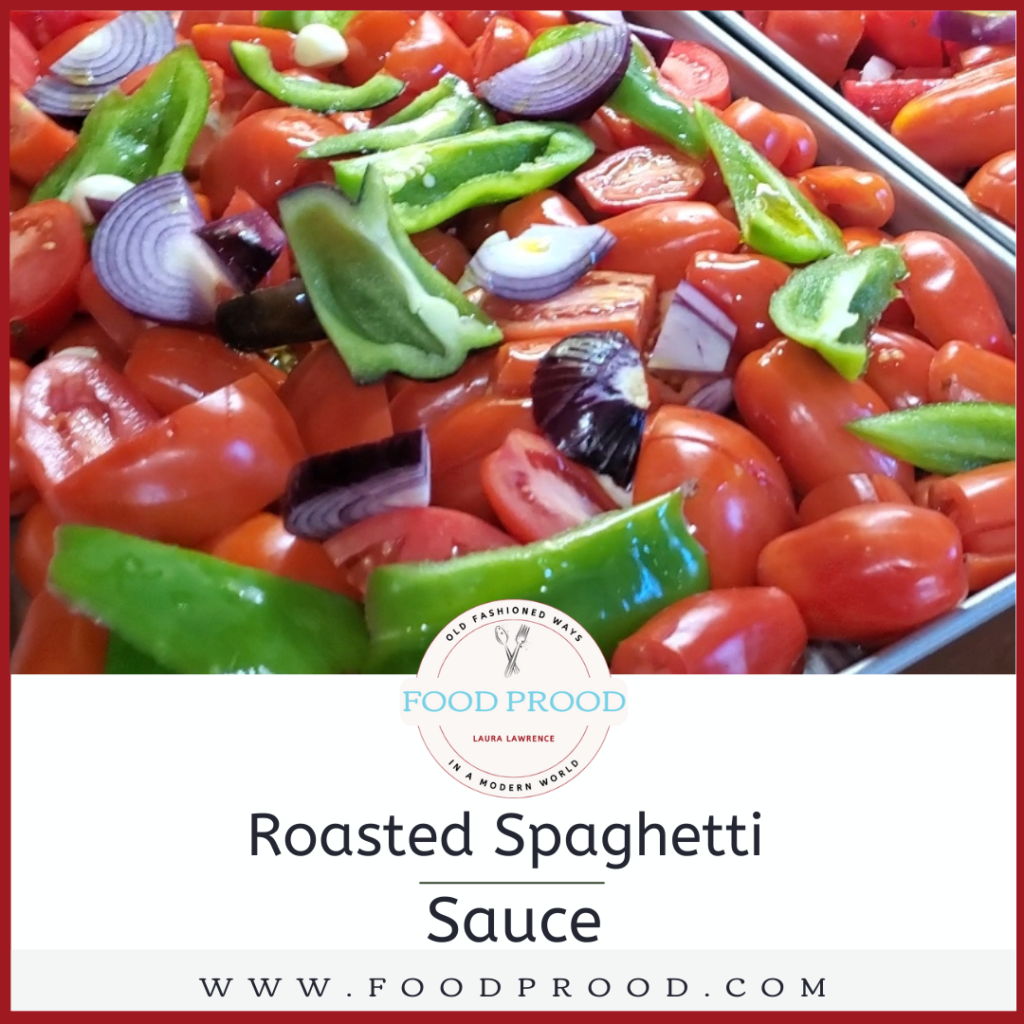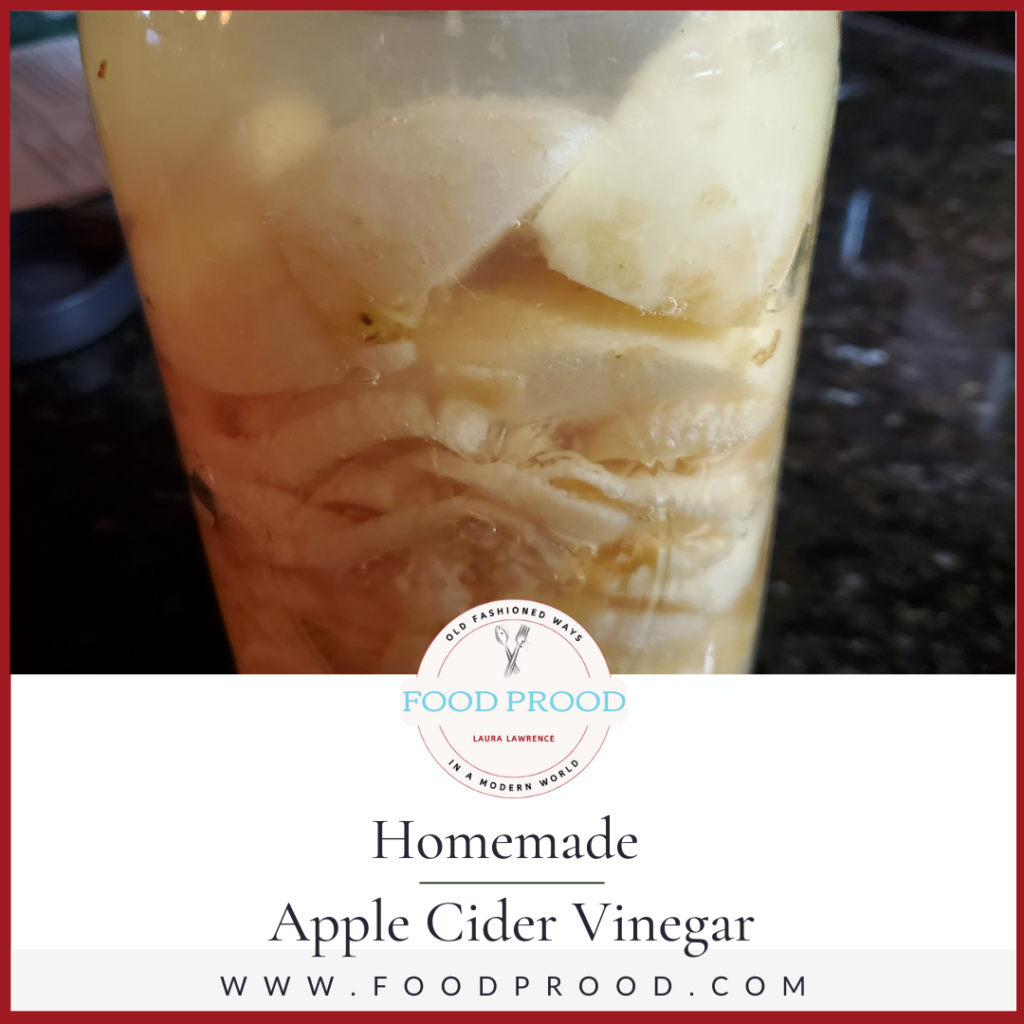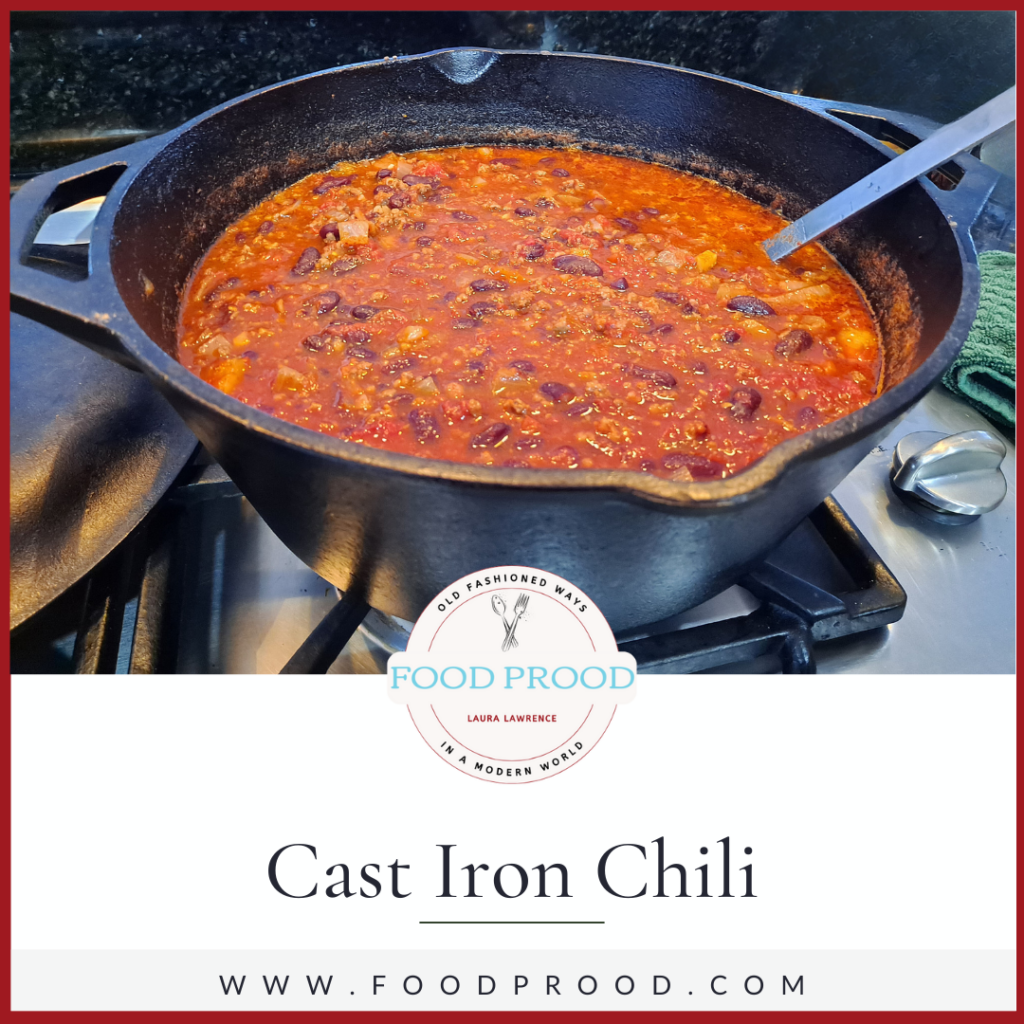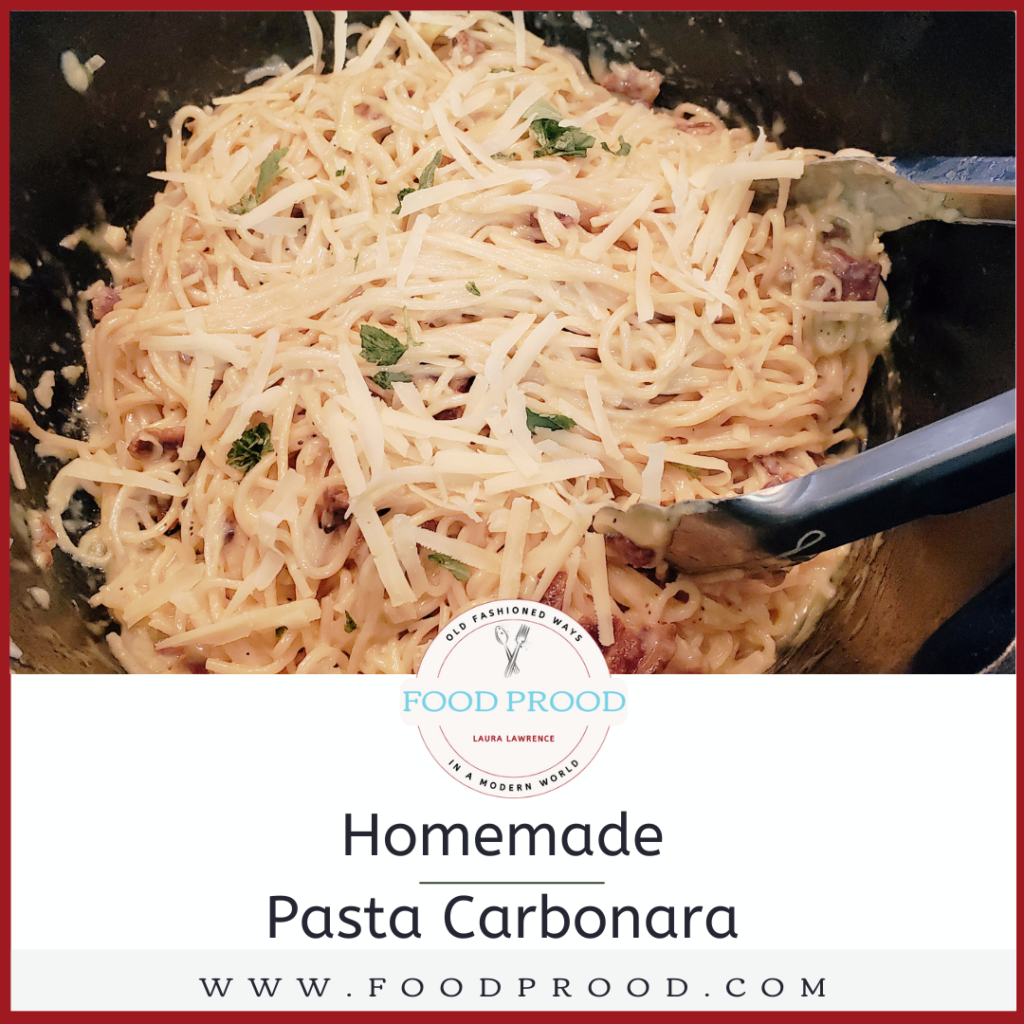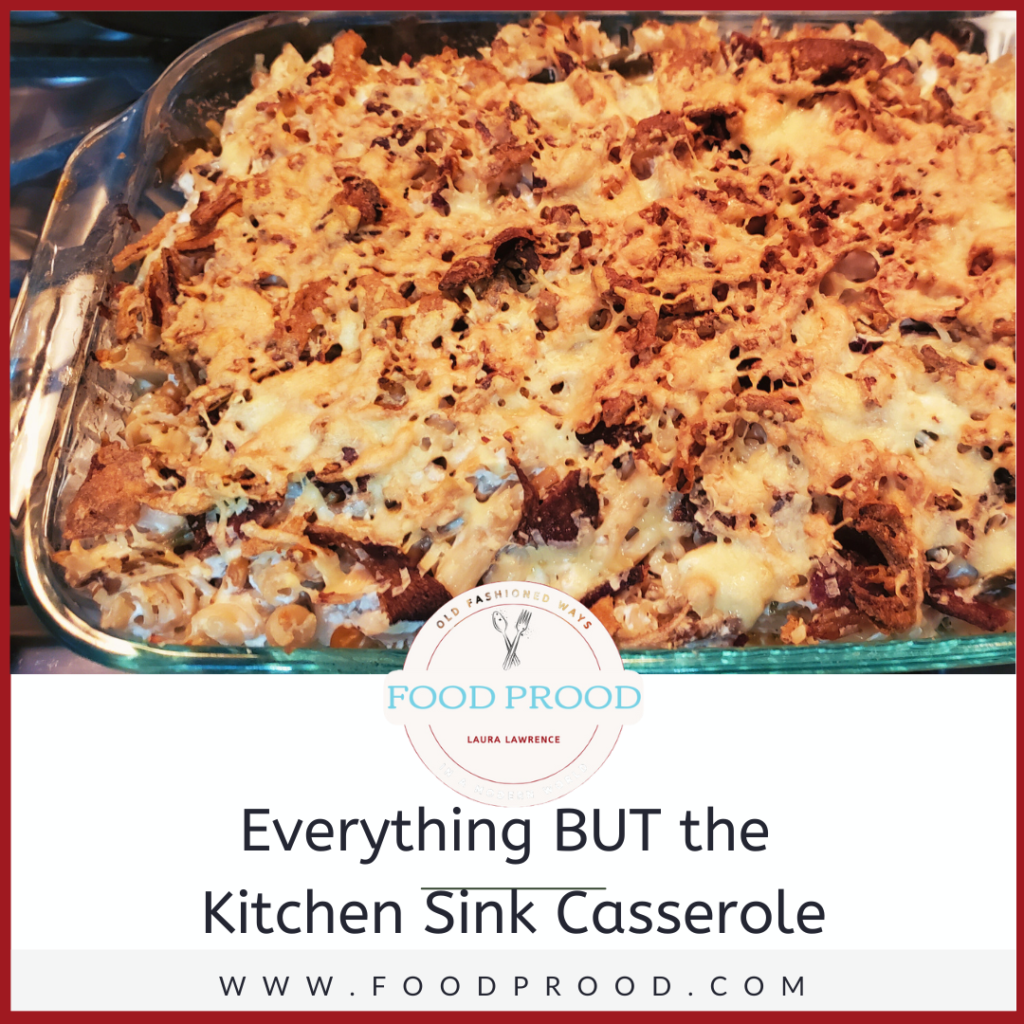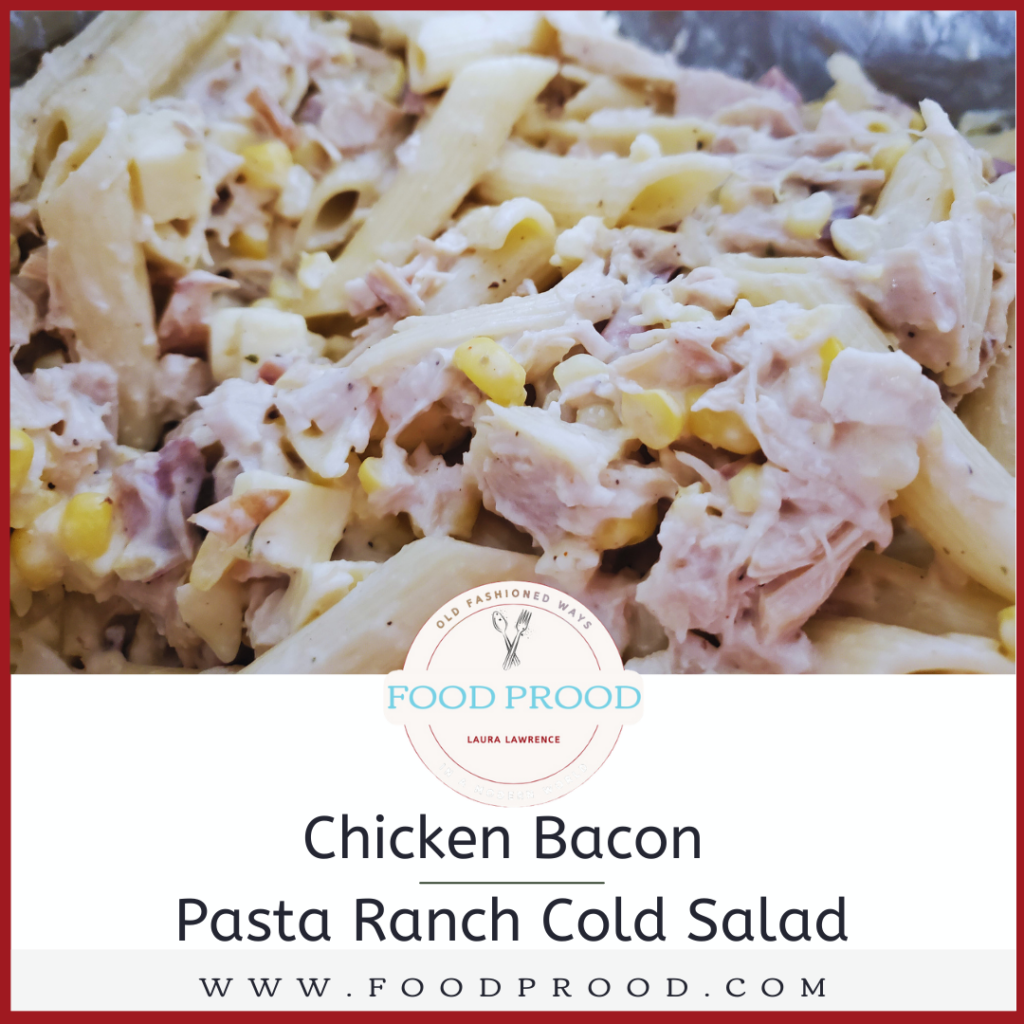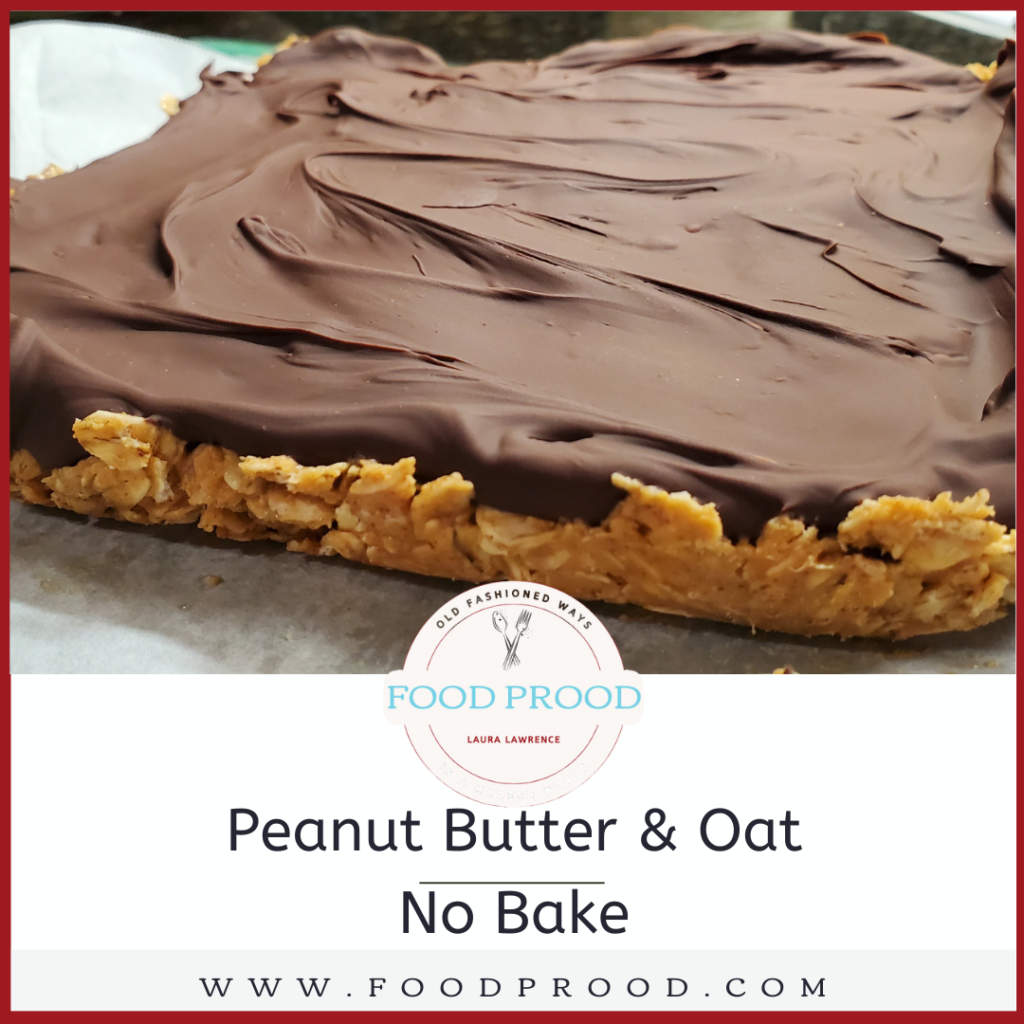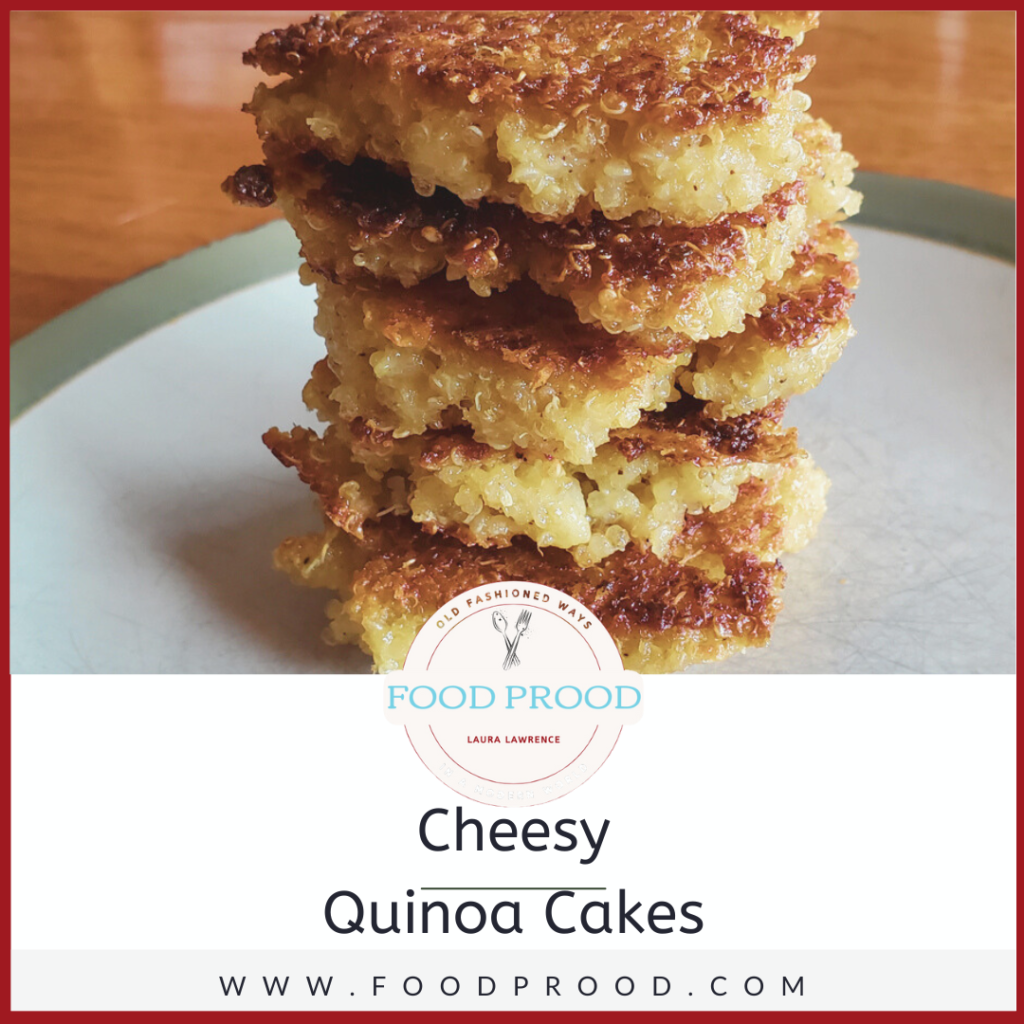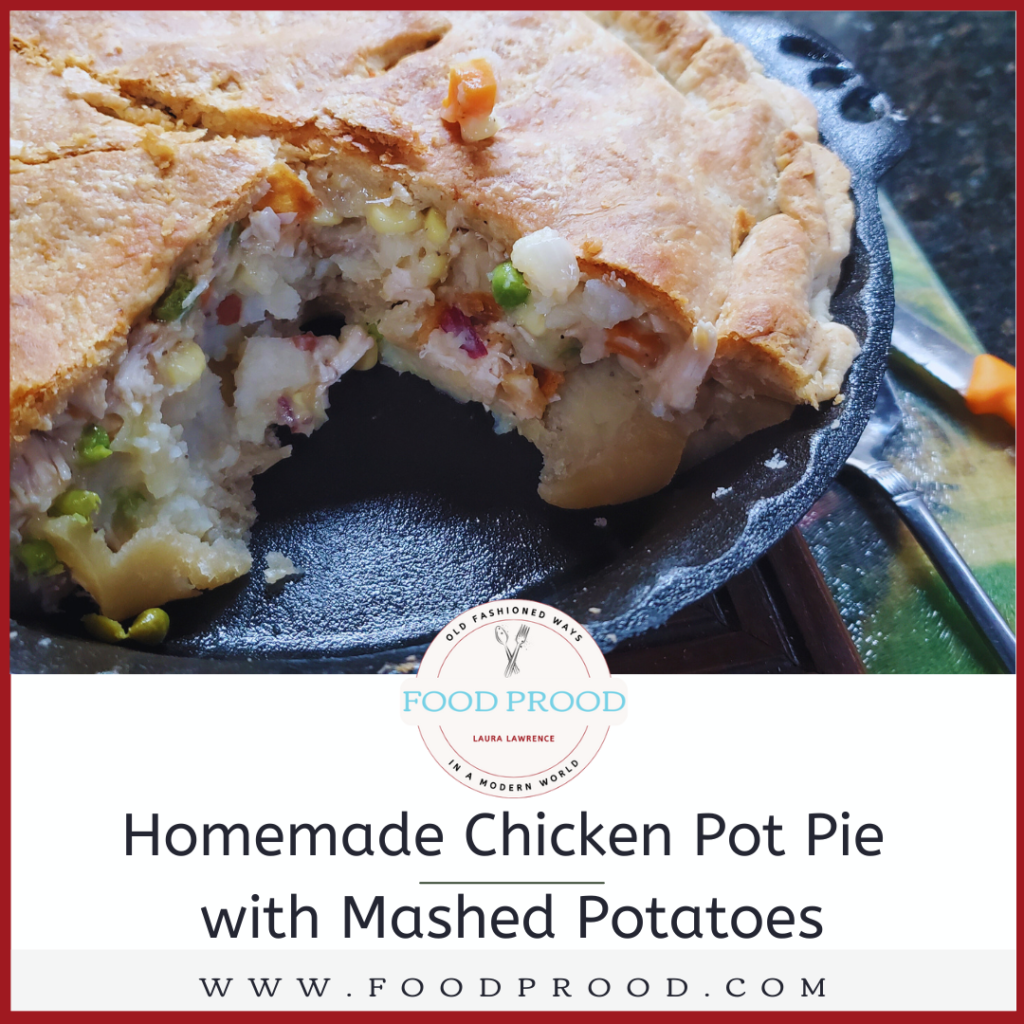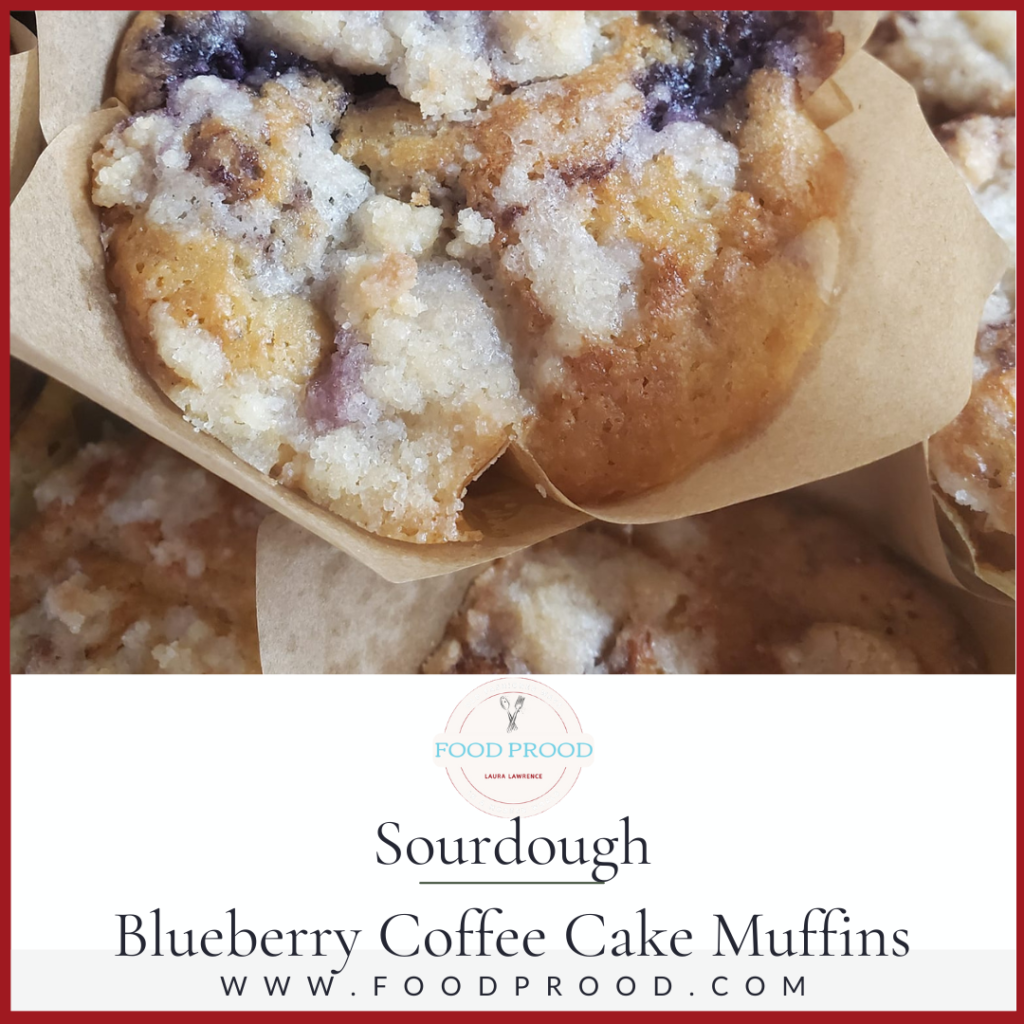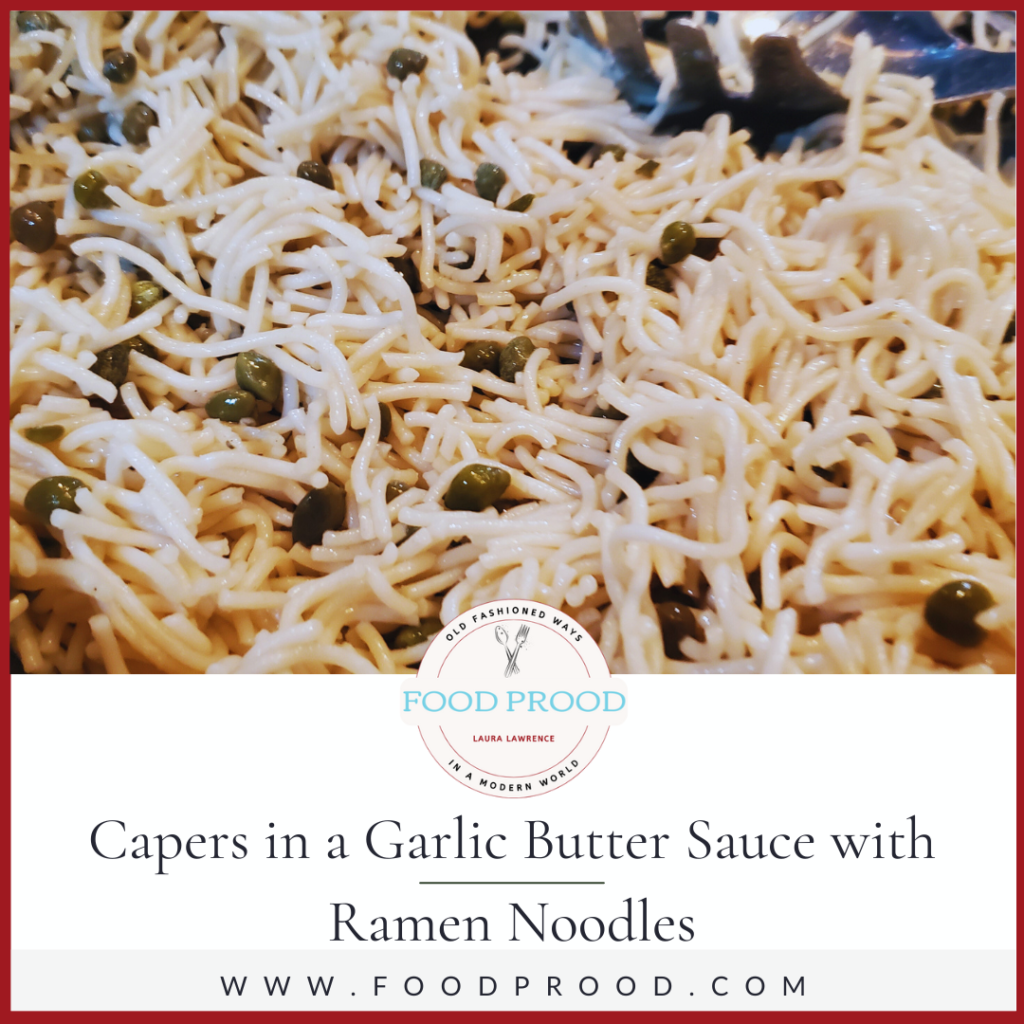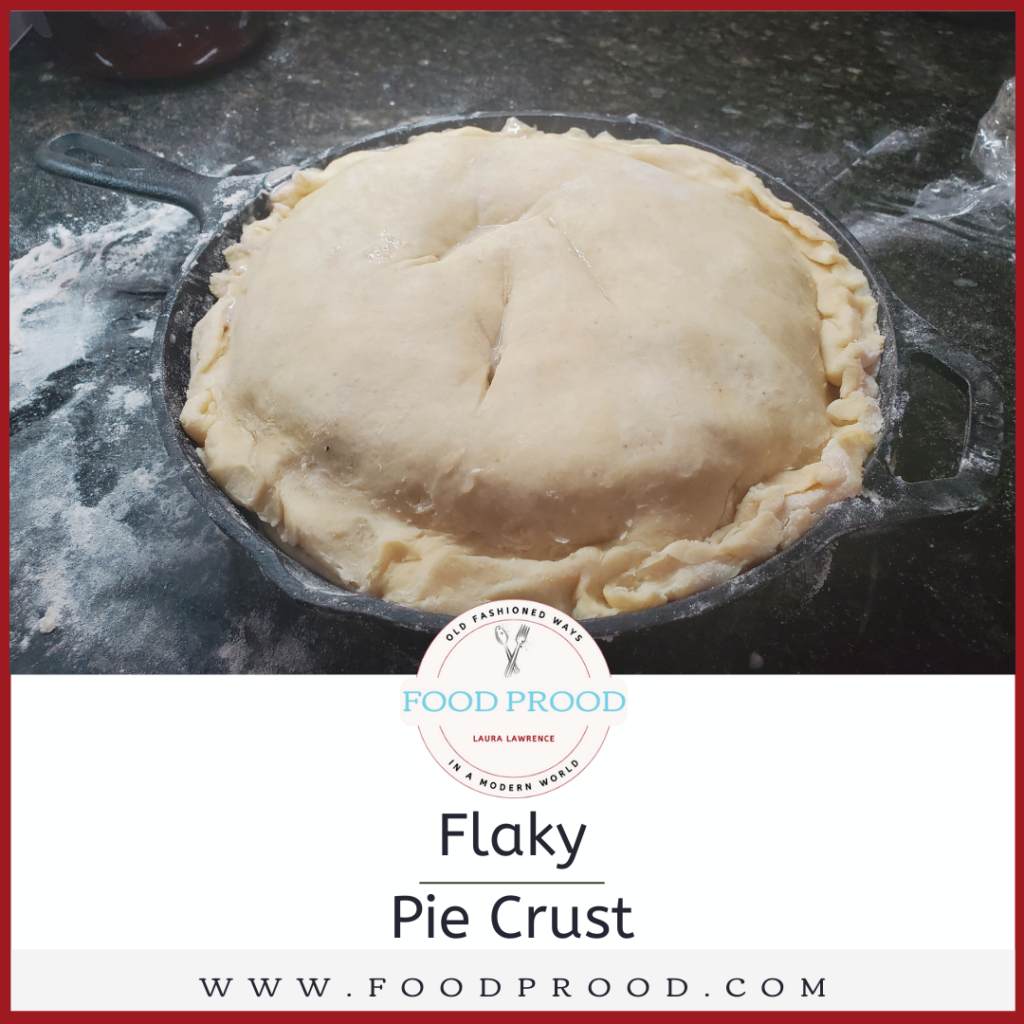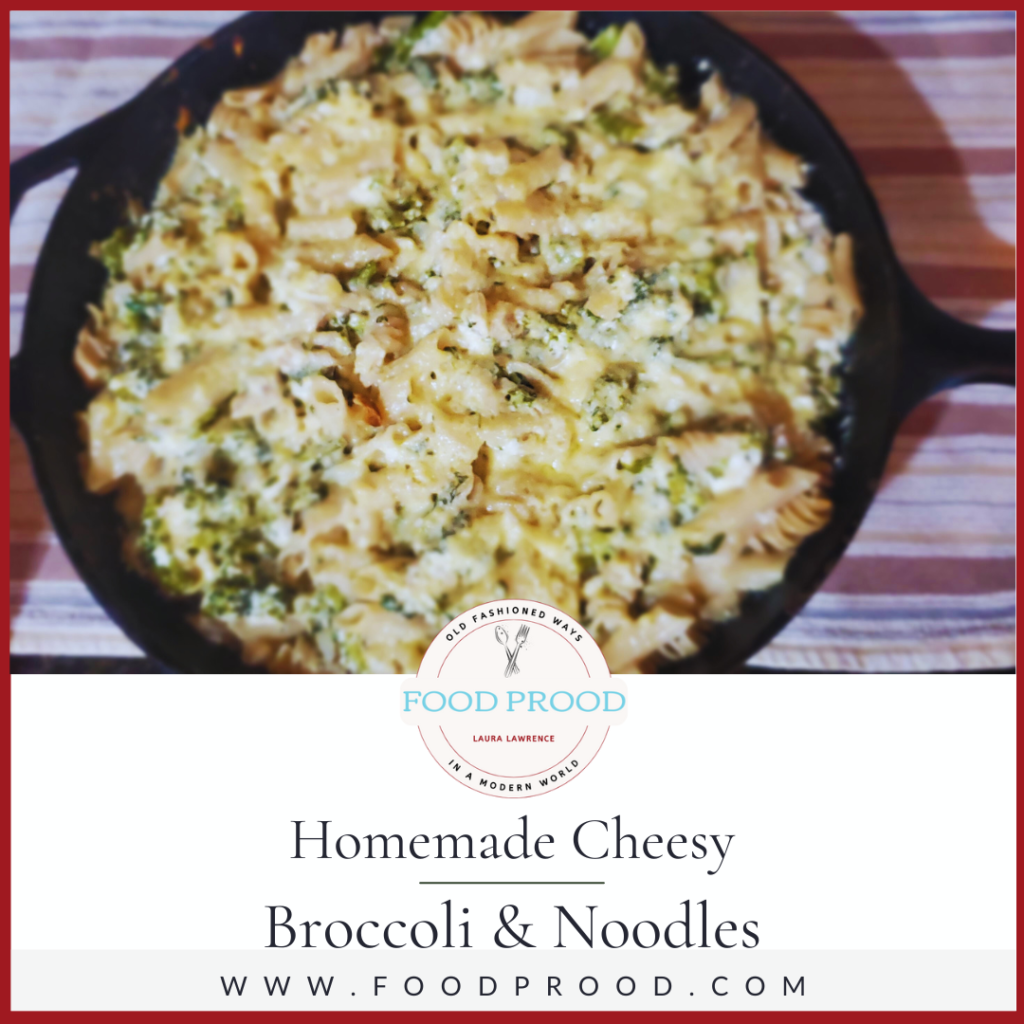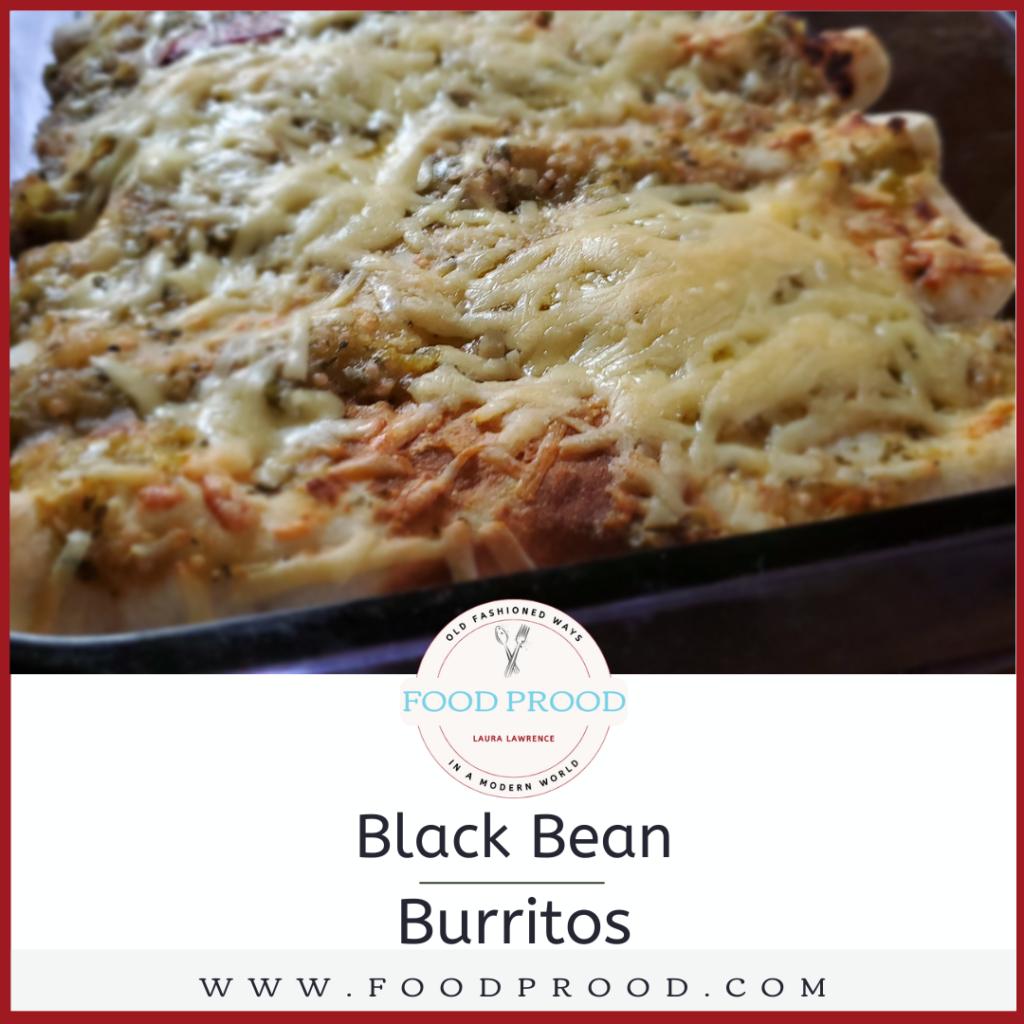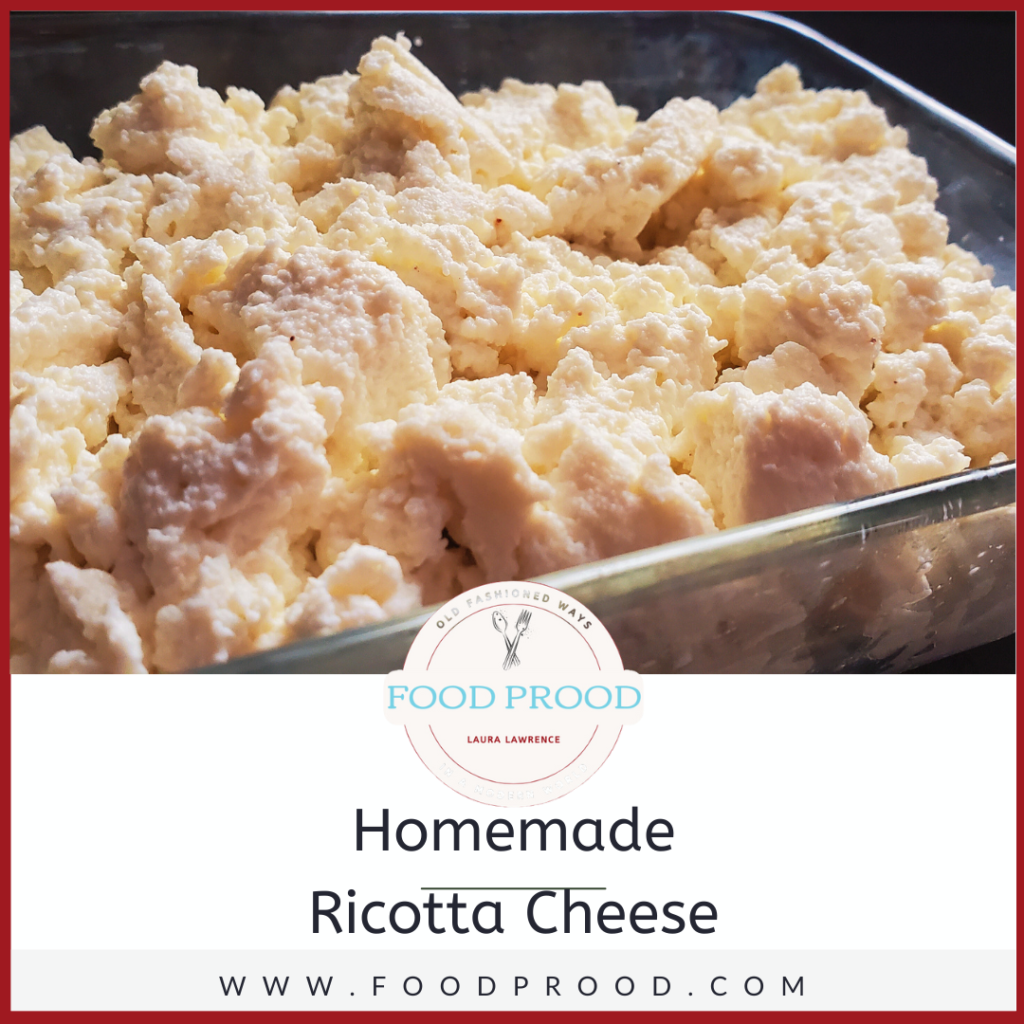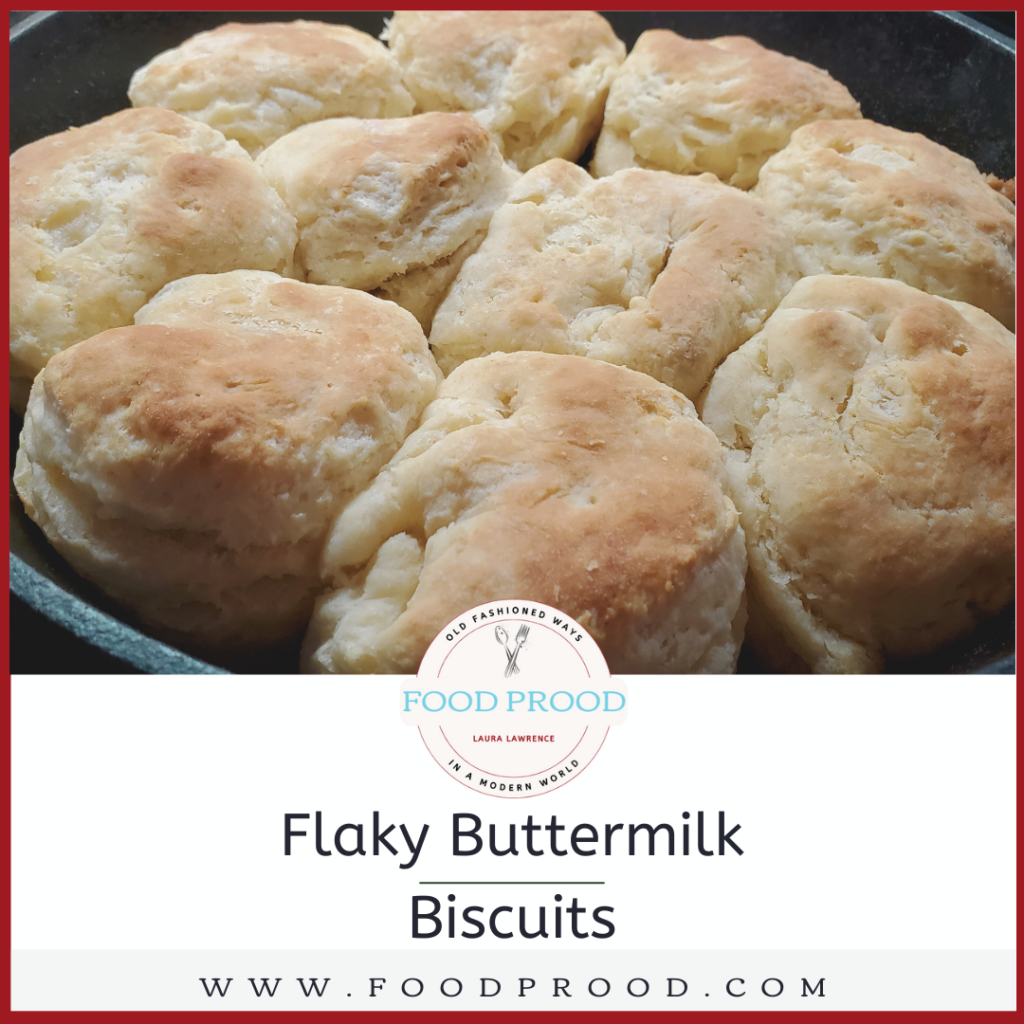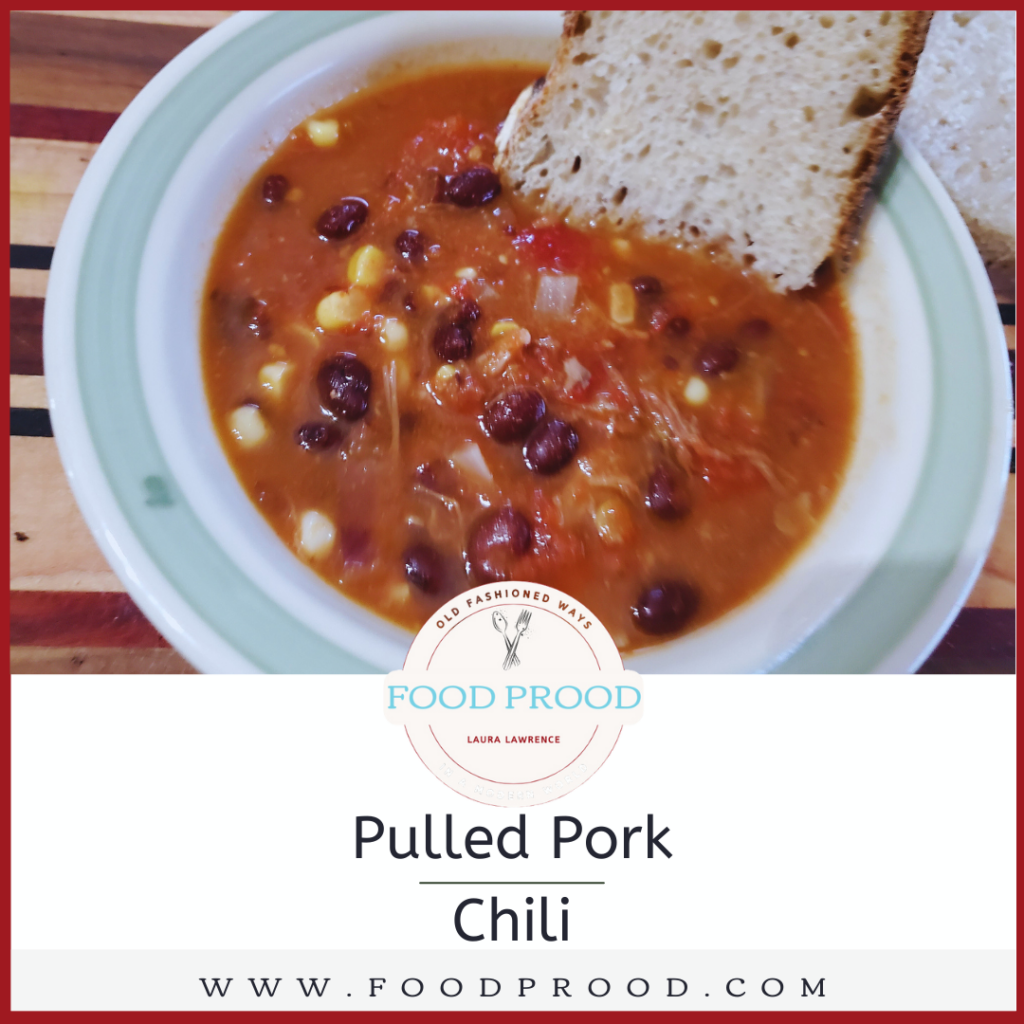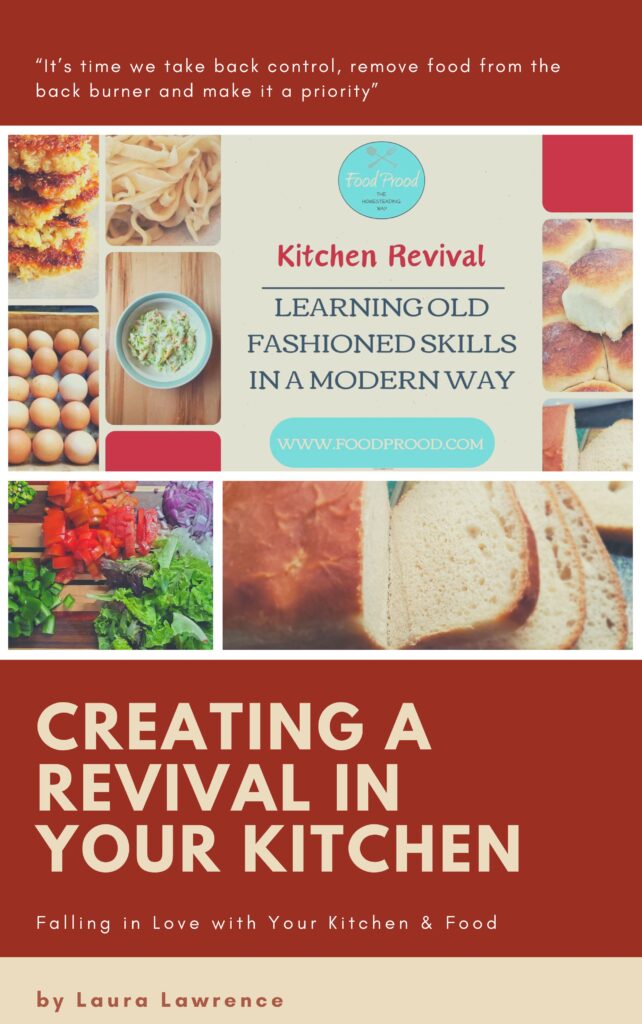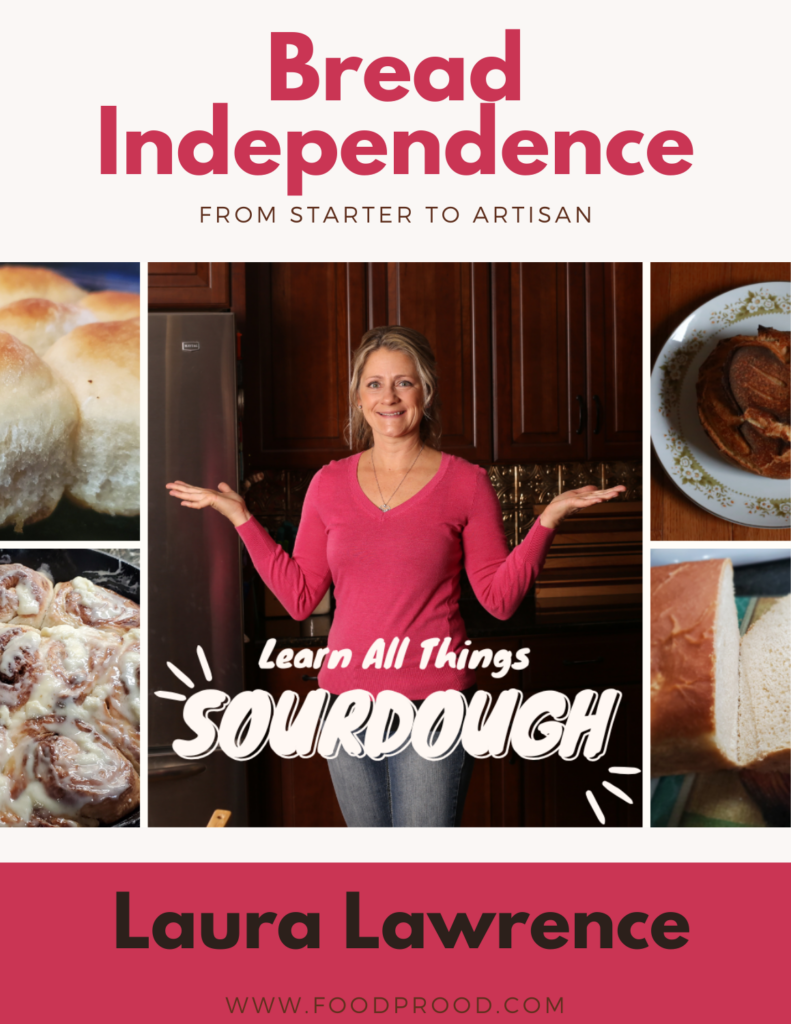Learn How to Make Ricotta Cheese At Home
Homemade Ricotta Cheese is amazing! It’s a very easy cheese to start with at home. Once you learn how easy it is to make your own delicious cheese you’ll be on a roll to make other cheese’s as well. Making your own cheese at home is great, it’s cost effecitve- delicious – easy – and you control the ingredients! You do not need any special rennet or culture to get you started with this cheese. Go ahead and try it, you’ll be glad you did!
It’s so Easy – I Call this the Gateway Cheese!
Interested in Learning how to make all kinds of Cheese? Check out my Online Course full of videos, workbooks, and support HERE
Ingredients:
1 Gallon of whole milk (I use raw organic milk)
1/2 Cup of lemon juice (Or Vinegar)
1 Teaspoon Salt – I love Redmonds Real Salt
View all my Cheese Resources HERE
Supplies:
Thermometer
Stainless Steel Pot
Spoon (long enough to reach in your pot)
Colandar
Cheese Cloth
Directions:
1. Place the gallon of milk in a large stockpot and heat it over medium heat.
2. Once it has reached 185 degrees, remove it from the heat and stir in the lemon juice.
3. Allow the milk to sit for 5-10 minutes and wait for the curds to form.
4. Once you see the curds under they whey, scoop out the curds and place in a muslin lined colander over a large bowl or pot. Allow to drain for 15 to 30 minutes. Add in salt if you prefer.
Store in the fridge, or freeze for later.
Grab my thermometer here!
Laura’s Notes: Use a non reactive pot (stainless steel or dutch oven- this helps the acid react with the milk and not with the pot) This recipe can be easily doubled with a large enough pot. Perfect for Lasagna with my Homemade Spaghetti Sauce.
You can use pasteurized milk however just not “ultra” pasteurized or UHT.
What to do with the whey? Do you have any animals? They love it! We feed it to our chickens or pigs.
One gallon of milk usually gets me 1 lb 8 oz’s of Ricotta Cheese
Health Benefits of Fermented Dairy Products

Cultured dairy products contain probiotics and we all know that the more probiotics we consume, the healthier our gut is. A healthy gut will consist of a large diversity of flora and fauna which equates to better digestion, a healthier immune system, and so on.
Where & What to Purchase
Resources Found at:
What are Cultures?
Cheese cultures are a group of specific bacteria strains that are combined in order to make a particular type of chees e. They are also used to help good bacteria in the milk flourish and lead to a more rich and developed flavor. Heat & specific culture’s will tell the milk how to behave and what to turn into. There are two different type’s of Culture’s.
e. They are also used to help good bacteria in the milk flourish and lead to a more rich and developed flavor. Heat & specific culture’s will tell the milk how to behave and what to turn into. There are two different type’s of Culture’s.
Mesophillic vs. Thermophillic Culture’s
- A mesophilic culture will ferment or culture at room temperature without the addition of heat. Temperatures between 60 and 75 Degrees F
- A thermophilic culture needs to maintain a consistently higher temperature in order for those cultures to develop. (Example, yogurt needs to culture between 108-112 degrees Fahrenheit for about 4-24 hours.)
Purchasing Culture’s is a 1 and done!
Once you purchase the cultures you can save the fermented/cultured dairy for the next batch, and use this on repeat over and over again. For example- Once you create the yogurt using the greek yogurt culture you save ¼ cup and freeze it for the next batch of yogurt, and continue doing this every time you make yogurt. Another example, once you create the buttermilk using the buttermilk culture, you save ¼ cup of that and freeze it. Mix that up with a quart jar 2/3rds full of milk and let it sit out over night and then you get butter milk that’s already cultured. Keep the process going! You’ll end up using the buttermilk as a culture in several recipes, so it’s always good to keep this on hand to create your cheeses.
Discover the Art of Cheese Making: Your Ultimate Online Course
Ever dreamt of making your own creamy, delicious cheese from scratch? Now you can! Whether you’re a cheese lover or just looking for a fun new skill to master, our Make Cheese at Home Online Course is the perfect way to bring artisanal cheese-making right to your kitchen.
🧀 Why This Course?
- Step-by-Step Video Instructions: Learn the secrets of cheese-making through clear, easy-to-follow videos.
- Hands-On Learning: Master techniques you can apply in your own kitchen to create fresh, homemade cheese.
- No Fancy Equipment Needed: All you need are basic kitchen supplies to start crafting your own cheeses.
- From Beginner to Pro: Whether you’re new to cheese-making or looking to refine your skills, this course is designed for all levels.
🎬 What You’ll Learn:
- Cheese Basics: Understand the essential ingredients and tools you’ll need to make your own cheese.
- Different Types of Cheese: Learn how to make a variety of cheeses, from fresh mozzarella to tangy ricotta and my farmhouse cheddar cheese.
- Techniques & Tips: Master the science behind curd formation, draining, and aging to perfect your cheeses.
- Troubleshooting & Tips: Gain confidence with expert advice on how to solve common problems in the cheese-making process.
👩🍳 What’s Included?
- Instant access to professionally filmed, easy-to-follow video lessons.
- Printable recipes and handy checklists to guide you every step of the way.
💥 Why Make Cheese at Home?
- Freshness & Flavor: Enjoy cheeses that are always fresh, flavorful, and made exactly to your taste.
- Cost-Effective: Save money while indulging in artisan-quality cheeses made right in your kitchen.
- Perfect for Entertaining: Impress your friends and family with your homemade cheeses at your next gathering!
🎉 Start Your Cheese-Making Journey Today! Take the first step toward becoming your own cheese-making expert. With lifetime access to all course materials, you can learn at your own pace and start making delicious, fresh cheese whenever you’re ready.
Ready to turn milk into magic? Sign up now and start your cheese-making adventure today!
Learn To Make
Why does milk get pasteurized?
For centuries people have enjoyed fresh un-pasteurized milk from healthy animals. However, if the animal has health issues or the milk is handled poorly the milk becomes unsuitable for human consumption.
Milk can meet all of the nutritional needs of a newborn. But, it is also perfect for many non-dairy bacteria that can populate milk quickly if it’s not properly cared for. This can lead to some major health risks when drinking raw milk.
Traditionally, before pasteurization, the procedure was to milk animals daily and consume their milk quickly, because natural bacteria, as well as the un-invited ones, can grow quickly if left at room temperature and some can even grow at fridge temperatures. This natural fermentation is often referred to as clabbered milk, when it begins to coagulate on its own.
When farms were small and milk was consumed quickly there were very few problems. As populations and demand for milk in non-rural areas increased health issues increased.
Over time larger populations grew and herd sizes had to grow in order to keep up with demand. Larger herds often made it more difficult to maintain sanitation standards. Milk borne diseases began to rise as herds became larger and the supply chain became longer and longer. This is when the scientist Louis Pasteur stepped in with his pasteurization process.
By the early to mid 20th century, much of our milk was being pasteurized due to milk causing health issues. With pasteurization and better standards of sanitation, large scale milk distribution quickly became safer.
Today, milk could not travel and sit in a store for the period of time it does without pasteurization.
How does milk get pasteurized?
During pasteurization milk is heated to at least 162F for 16-20 seconds in larger dairies or 145F for 30 minutes for small farms before chilling.
Higher temperature methods also exist, some dairies go beyond 168F, but this can sometimes be problematic for developing a good curd when making cheese. If your curd breaks into small grains when you try to cut or stir it this is a likely caused by overheated milk.
The final pasteurized milk is not sterile but has had most of the pathogenic bacteria removed through heat treatment. The downside of pasteurizing is that it destroys some of the beneficial enzymes as well as the good dairy bacteria and can change the overall flavor significantly.
Why does milk get homogenized?
In addition to Pasteurization, bottling facilities also tend to Homogenize the milk. This process prevents cream from rising while bottled milk is transported and placed on a store shelf.
Homogenization shatters and breaks larger fat globules into smaller sizes. This is not normally a problem for cheese making except when the cheese has a longer aging period.
This process can actually make the cheese making process a little easier because it eliminates having to deal with cream as it rises and separates in the cheese vat. It also prevents you from having to deal with varying amounts of butterfat, which means you won’t have to make process changes to compensate.
The downside of homogenization is that the butterfat surface is changed and can become a problem with long term aging of higher fat milks made into cheese.
Uses for the Whey:
(This is the byproduct of cheese making)
My favorite way to use Whey is to ferment the feed for my chickens and pigs. Soak your feed overnight in the extra whey, make sure to completely cover the feed so it doesn’t turn moldy on top.
If you make Farmhouse Cheddar you can use this whey to make sweet whey ricotta which I use in casseroles, taquitos, and wherever else I want a creamy cheese. That recipe is found at the end of the farmhouse cheddar recipe.
If you do not have animals you can use the whey in smoothies or in fermentation of vegetables. Do a quick internet search and you’ll find plenty of ideas!
Choosing The Best Milk
Choose whole milk or raw milk fresh from the farm. Anything that is marked “UHT” which is Ultra High Pasteurized will NOT work. This milk has been heated to such a high temperature that all of the native bacteria and enzymes are completely changed and destroyed. As a result it will not form a curd and will make only a mush resembling ricotta if an attempt is made to make cheese with it.
How to Find Raw Milk:
https://cheesemaking.com/tools/good-milk-list

References/Resources
Melissa K Norris
New England Cheese Making Company
Culture for Health






